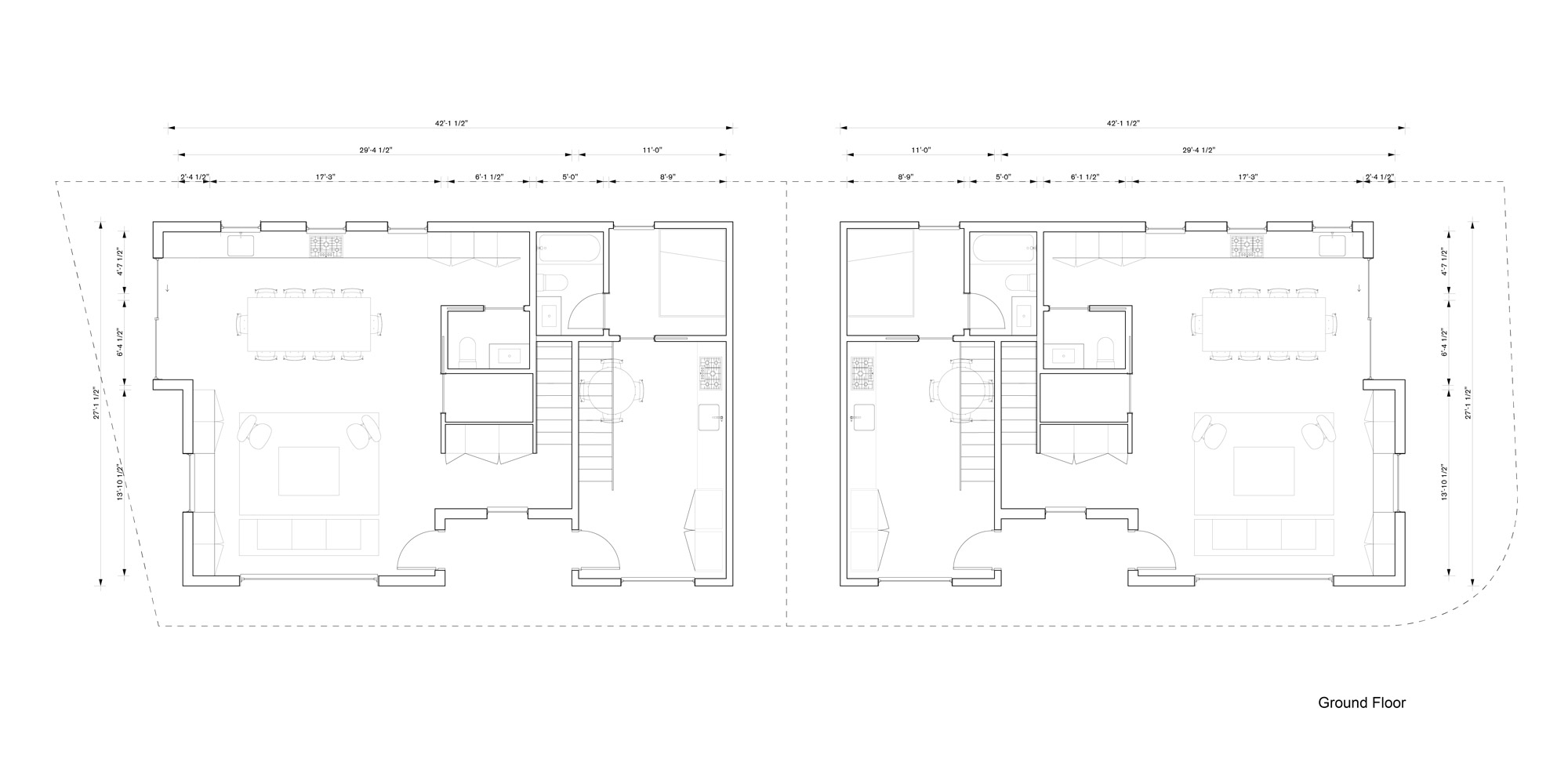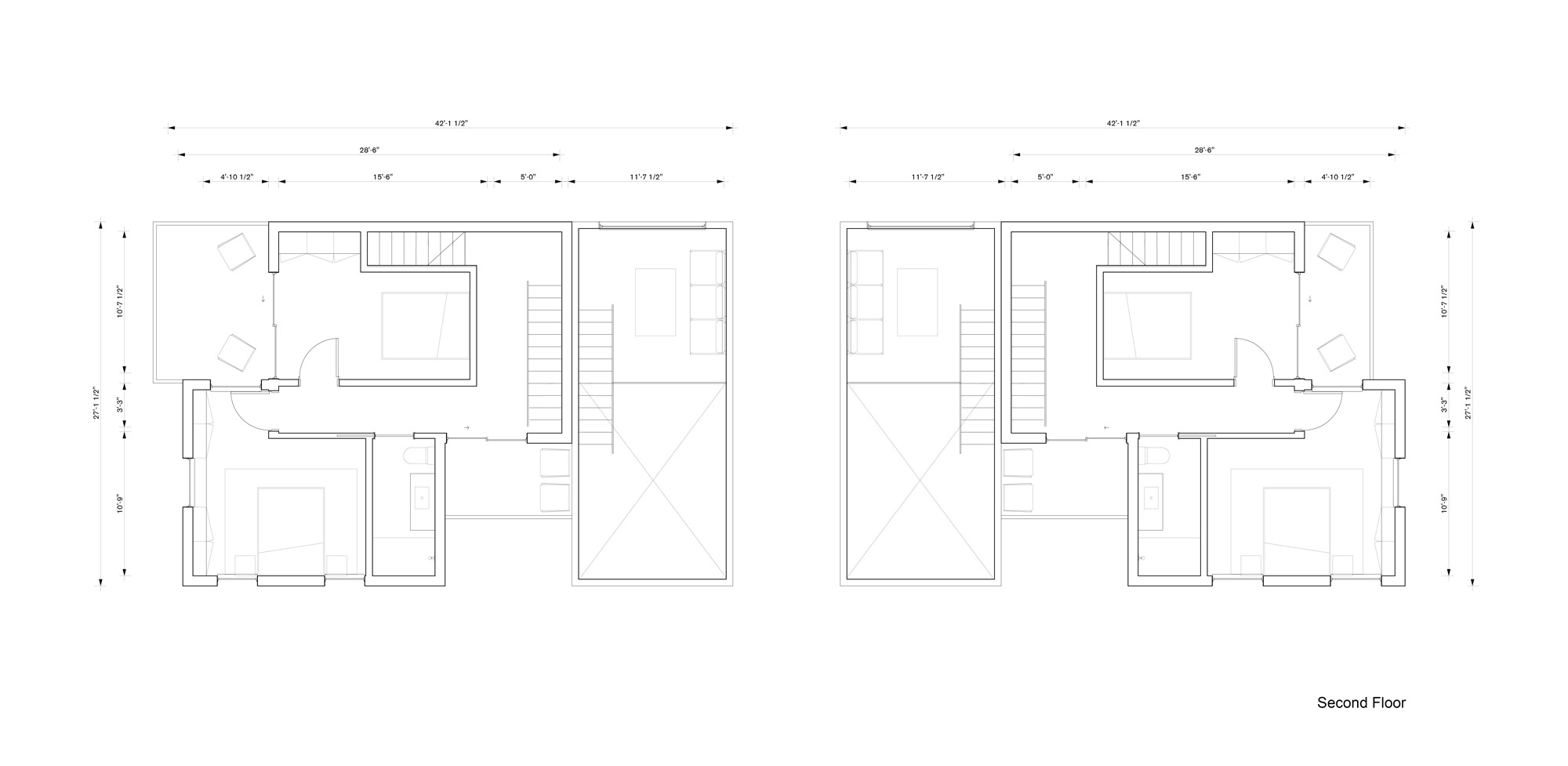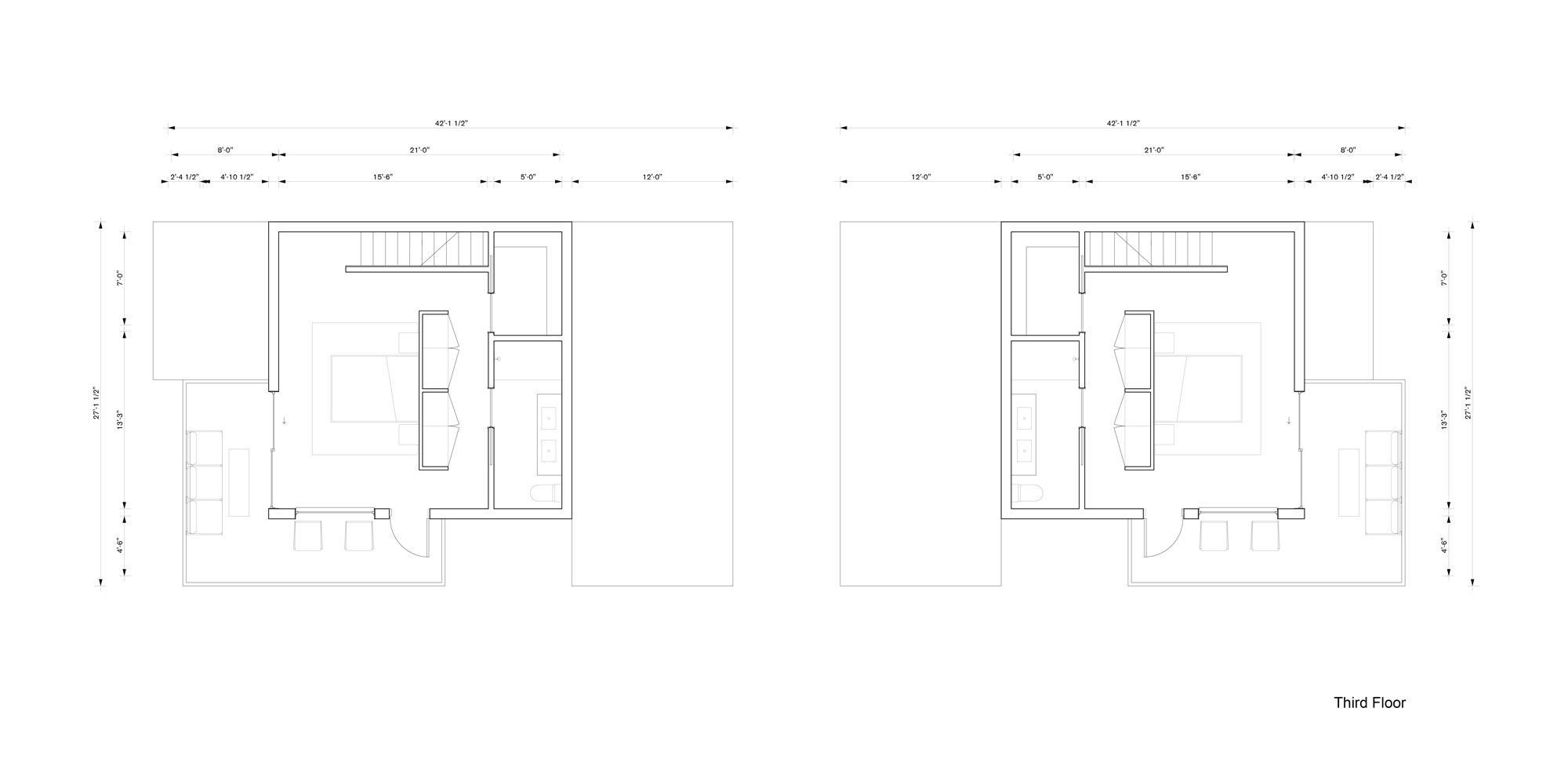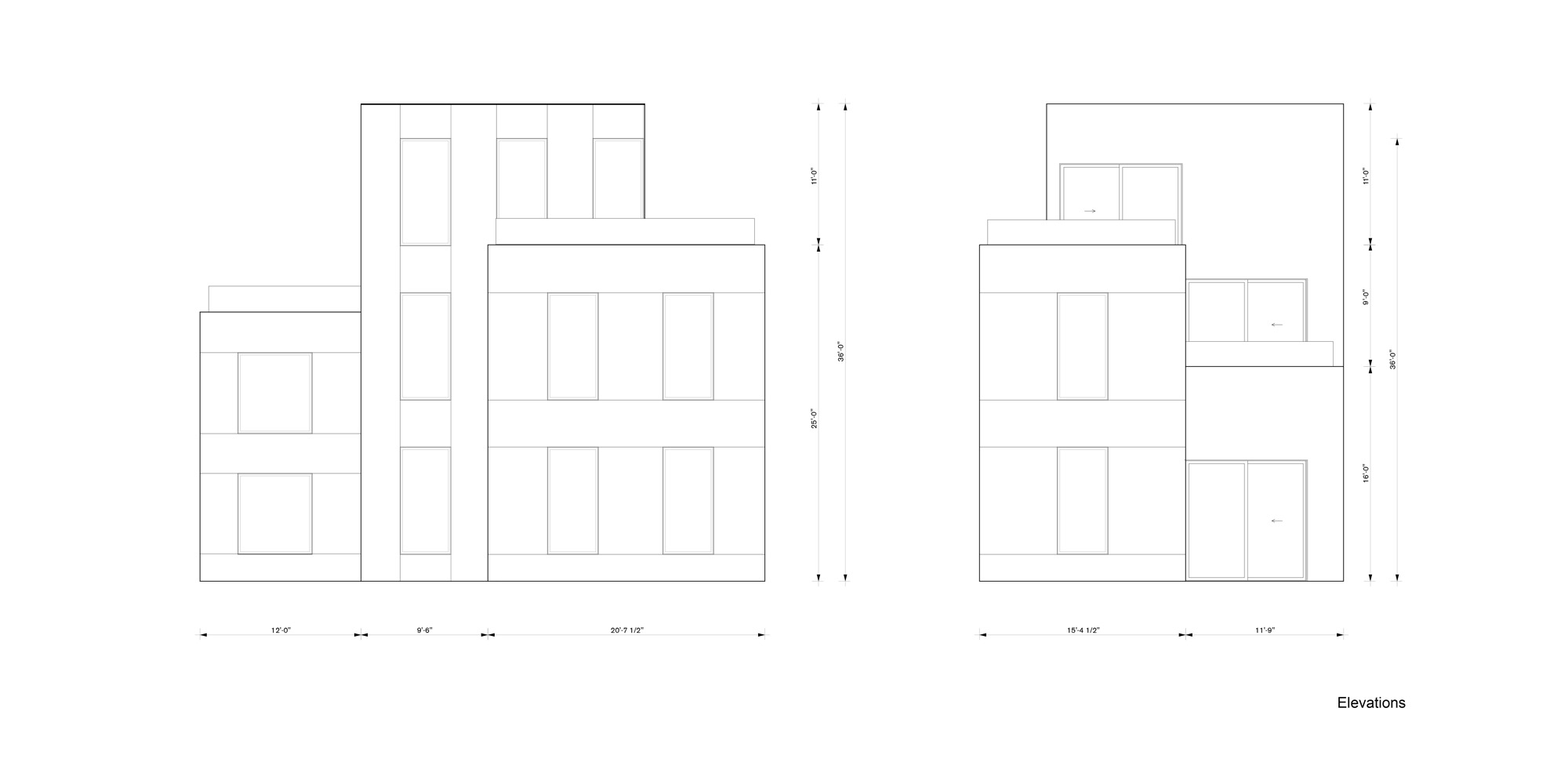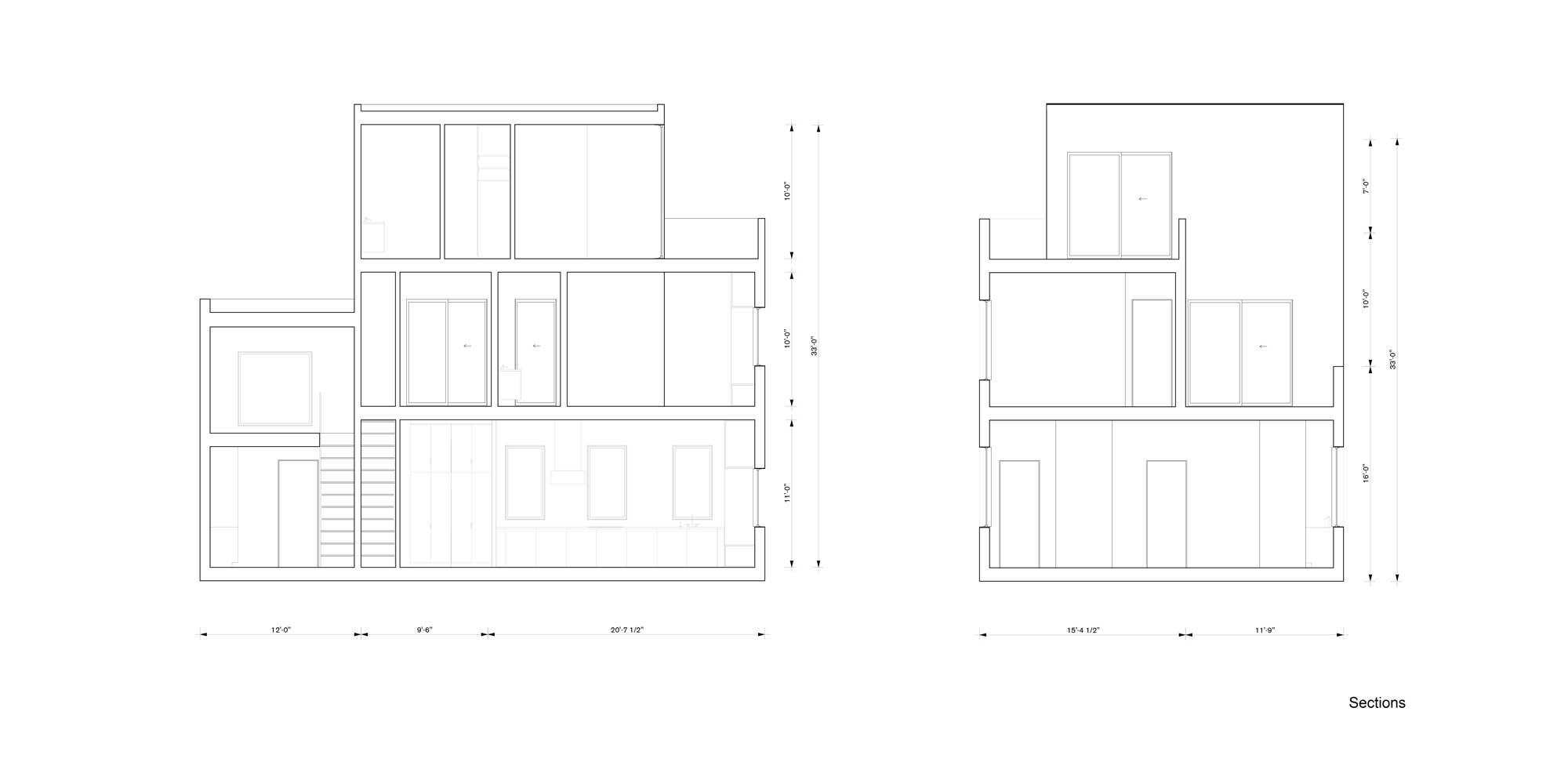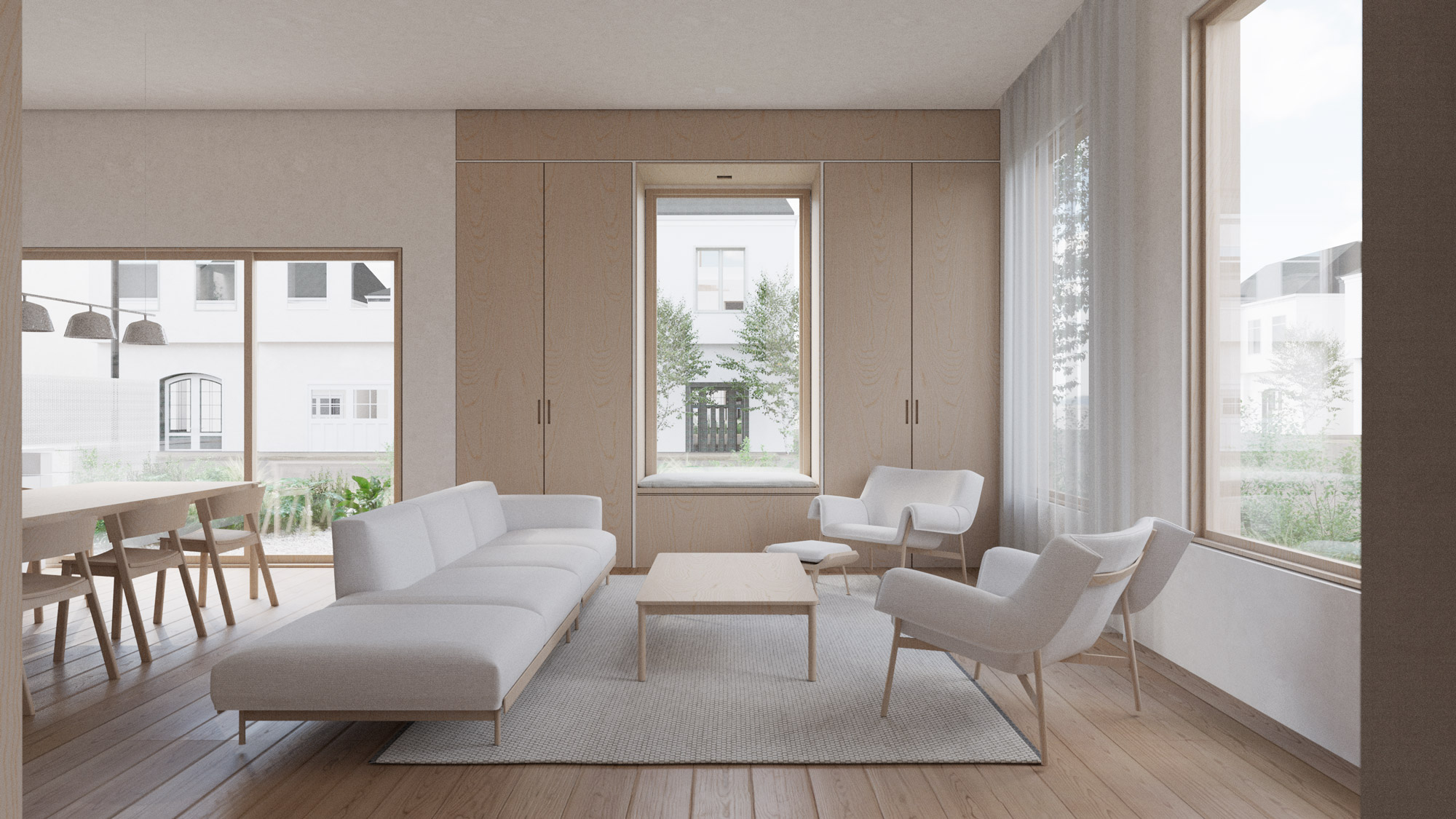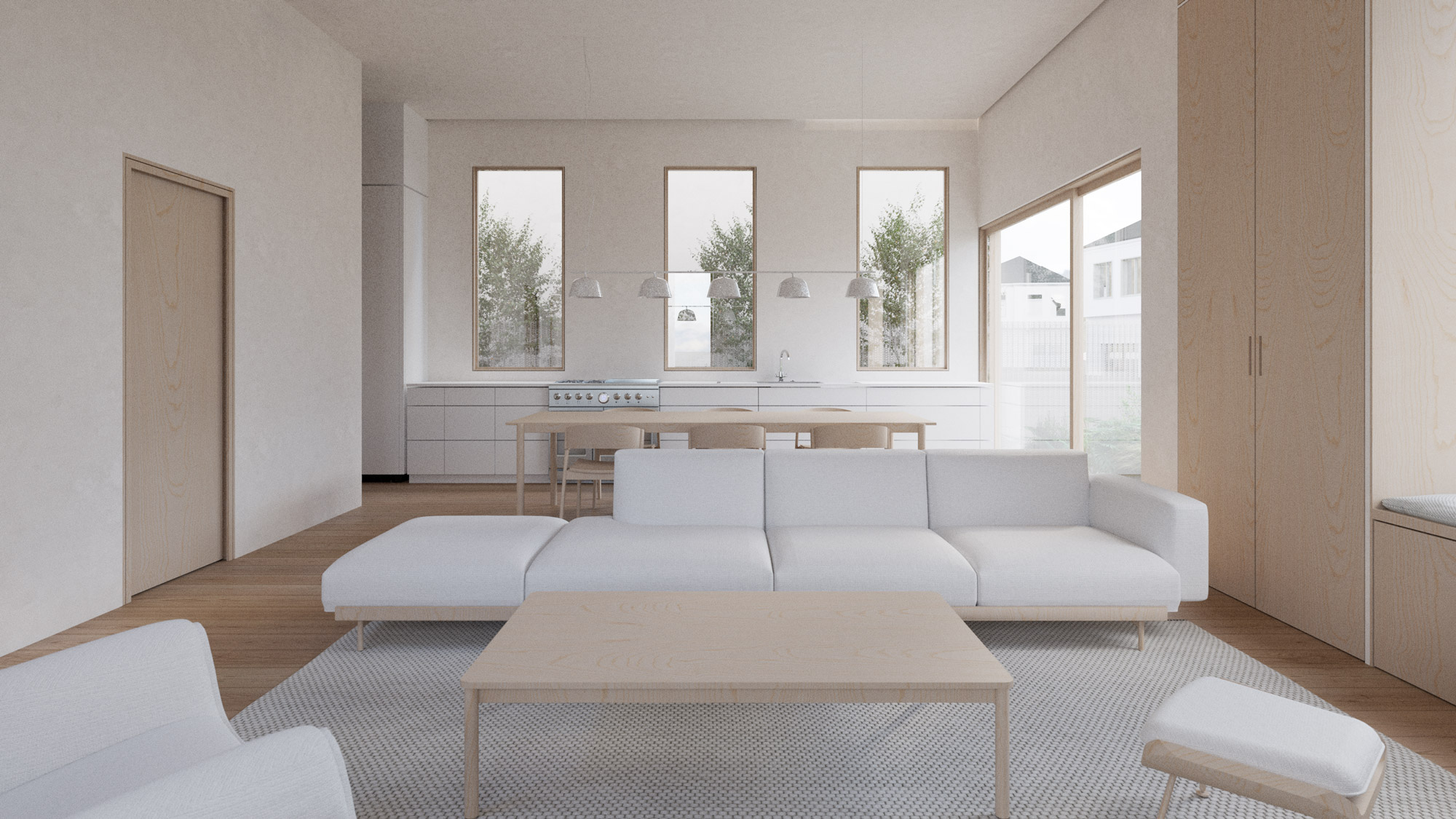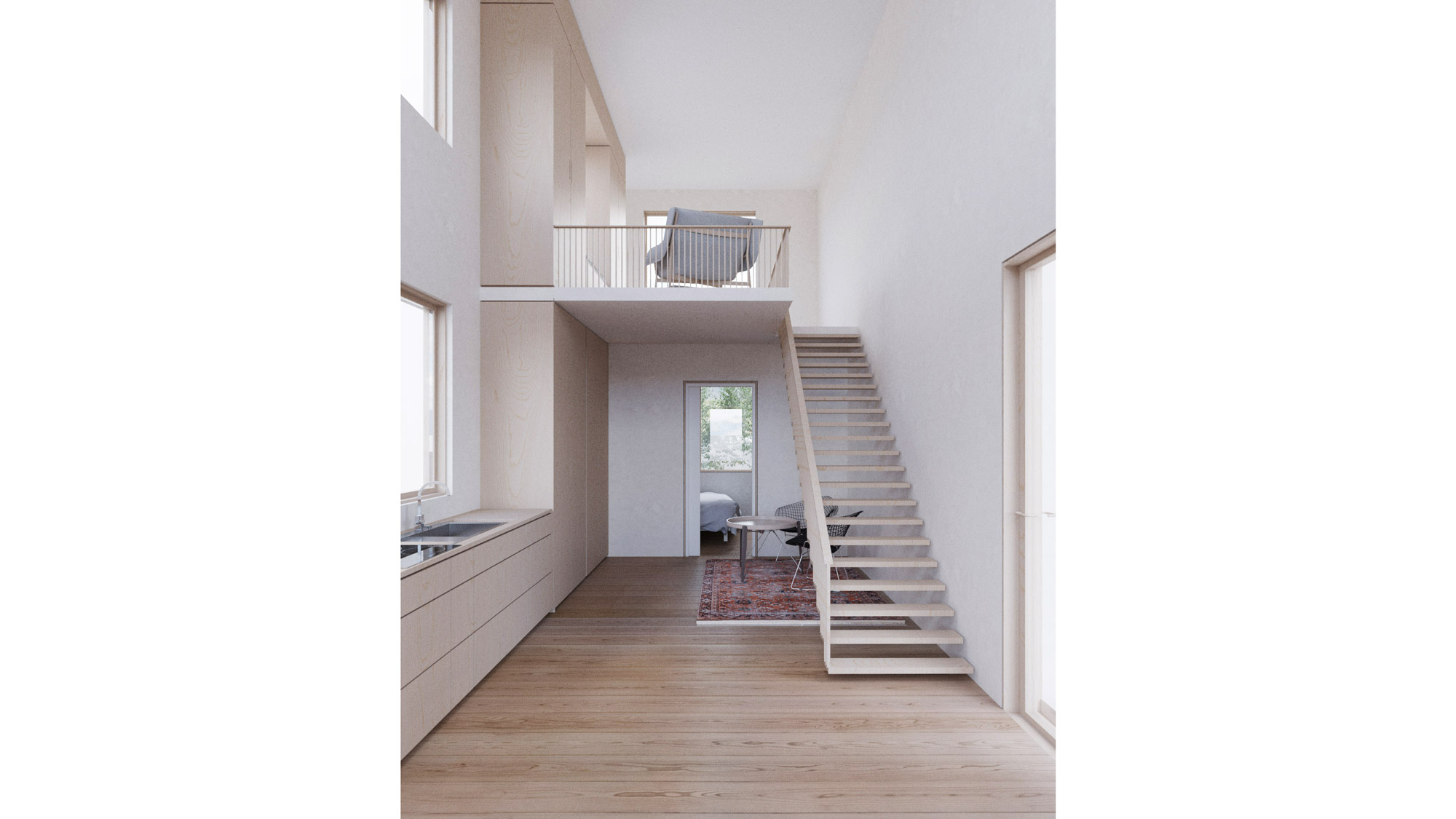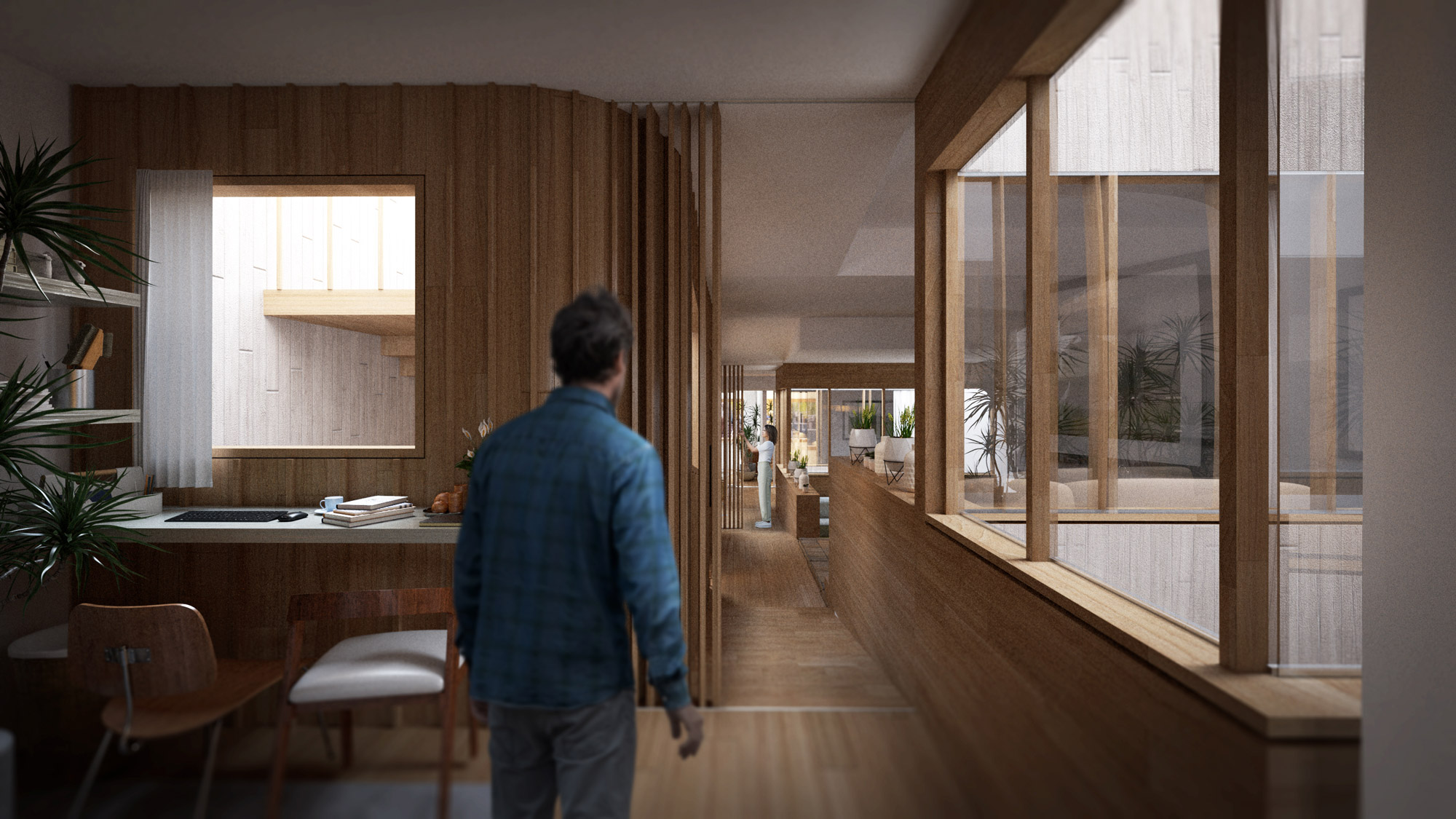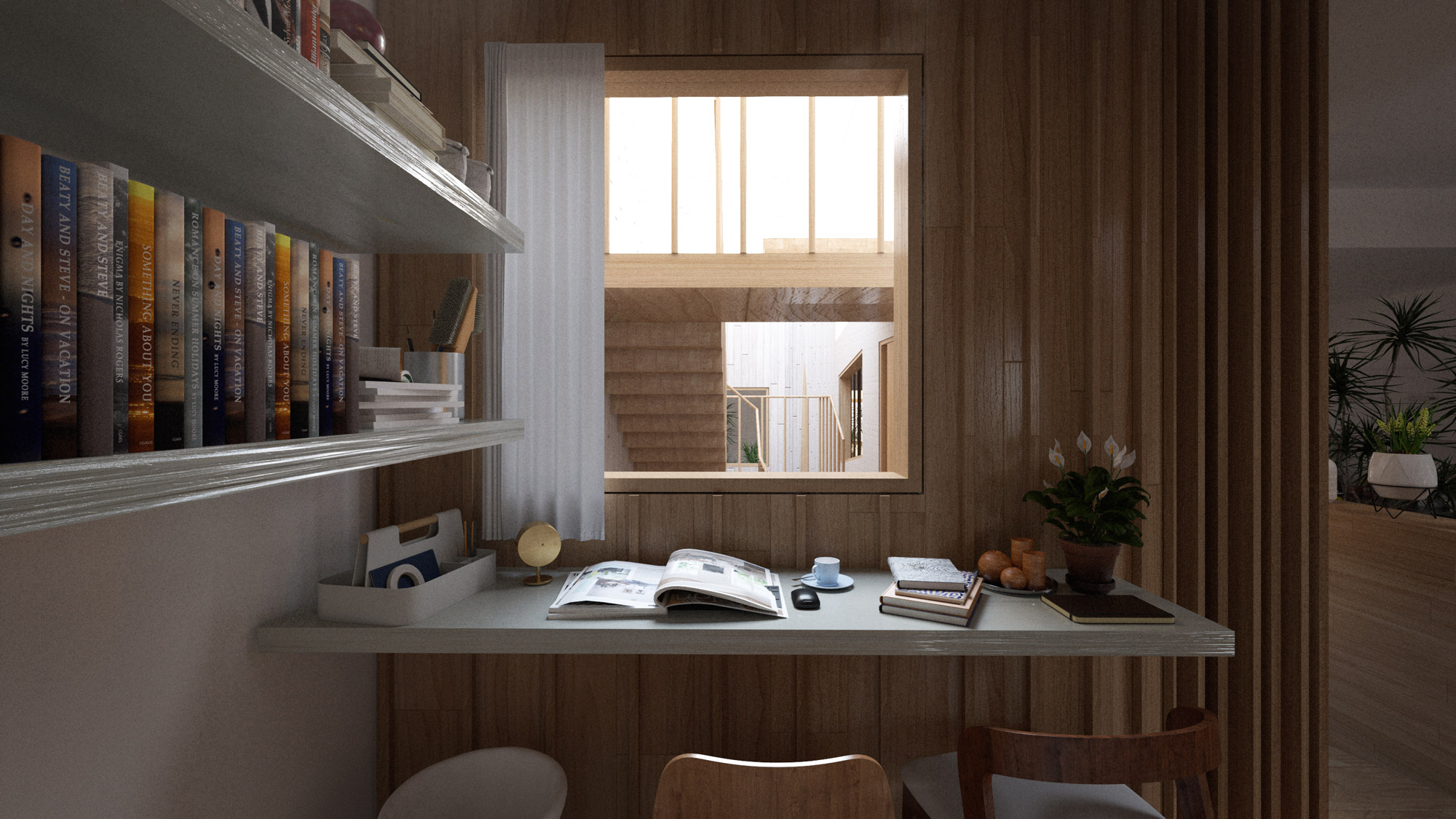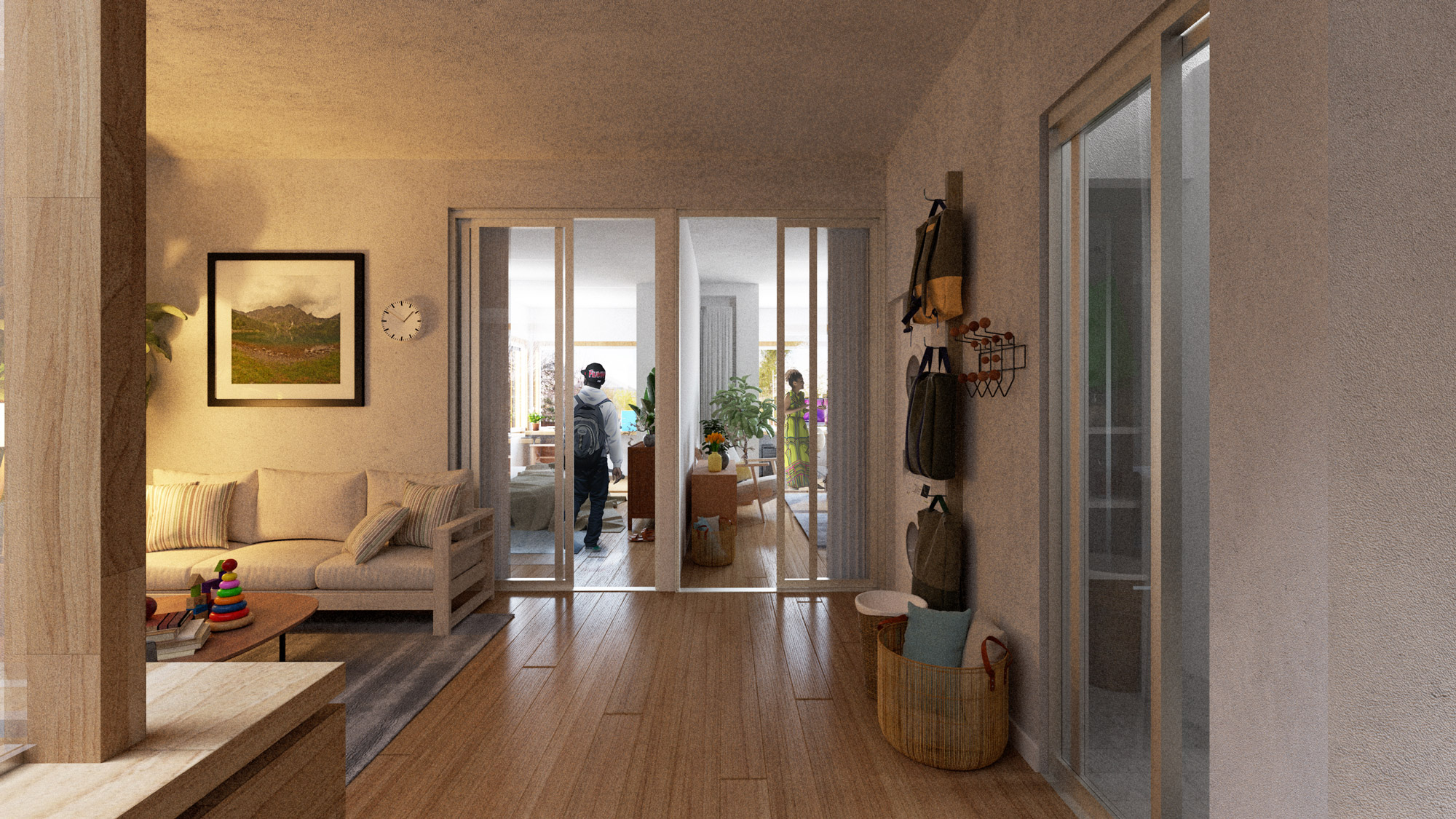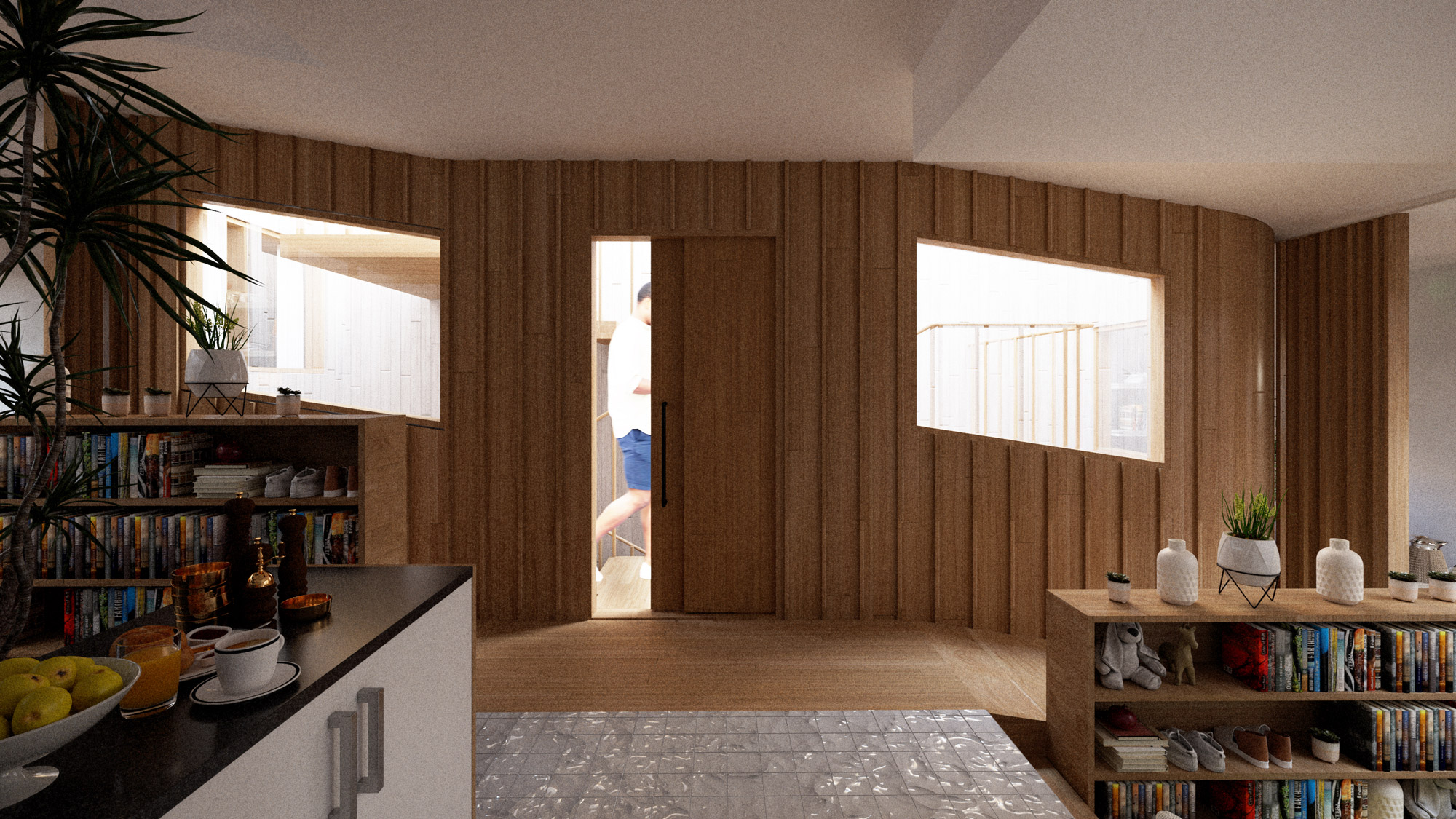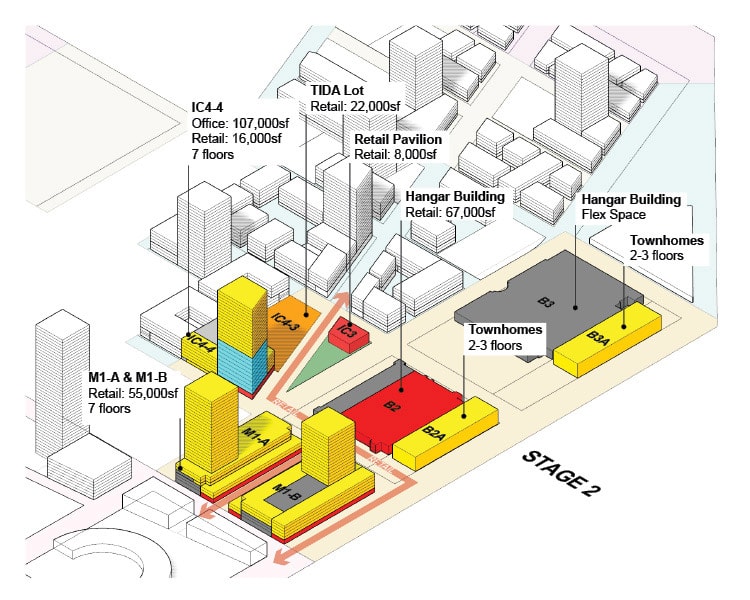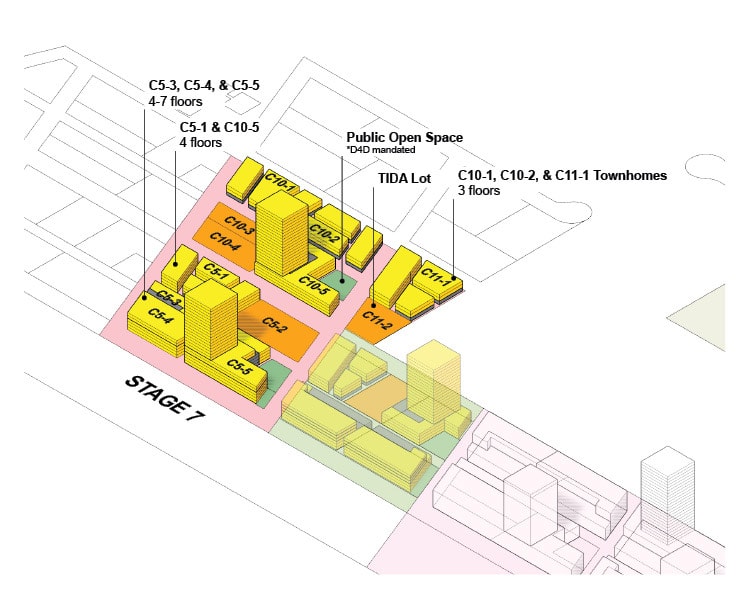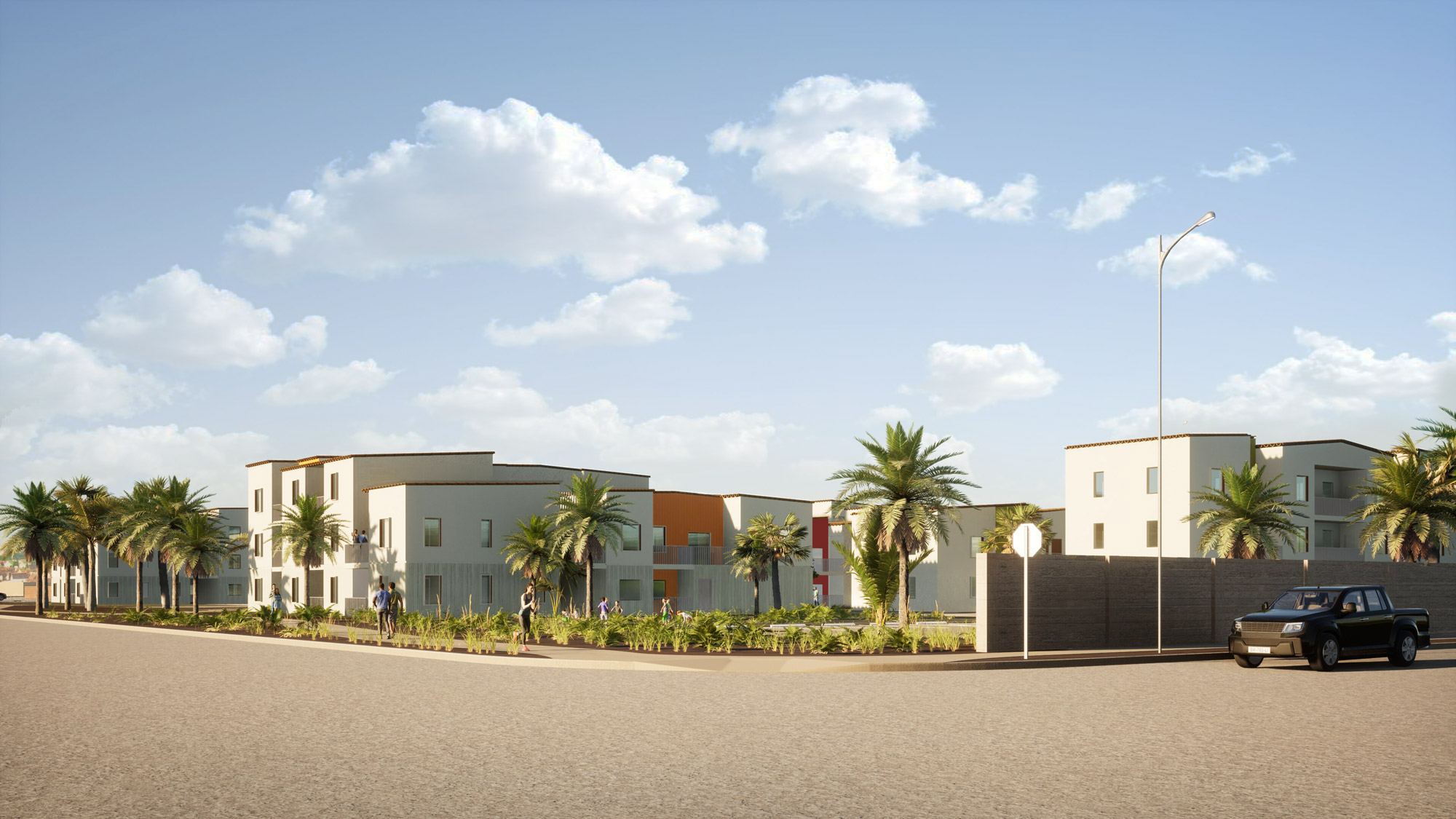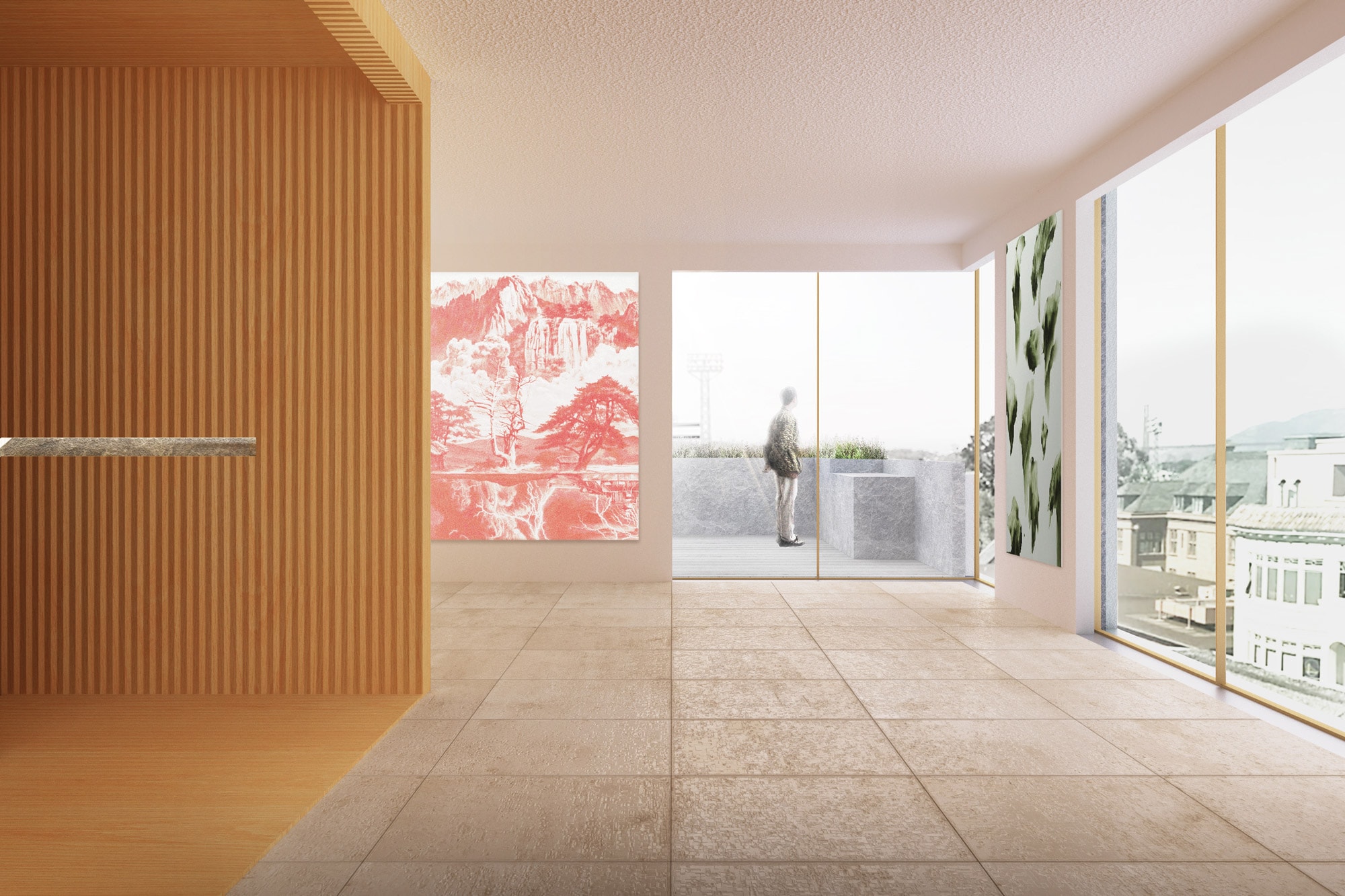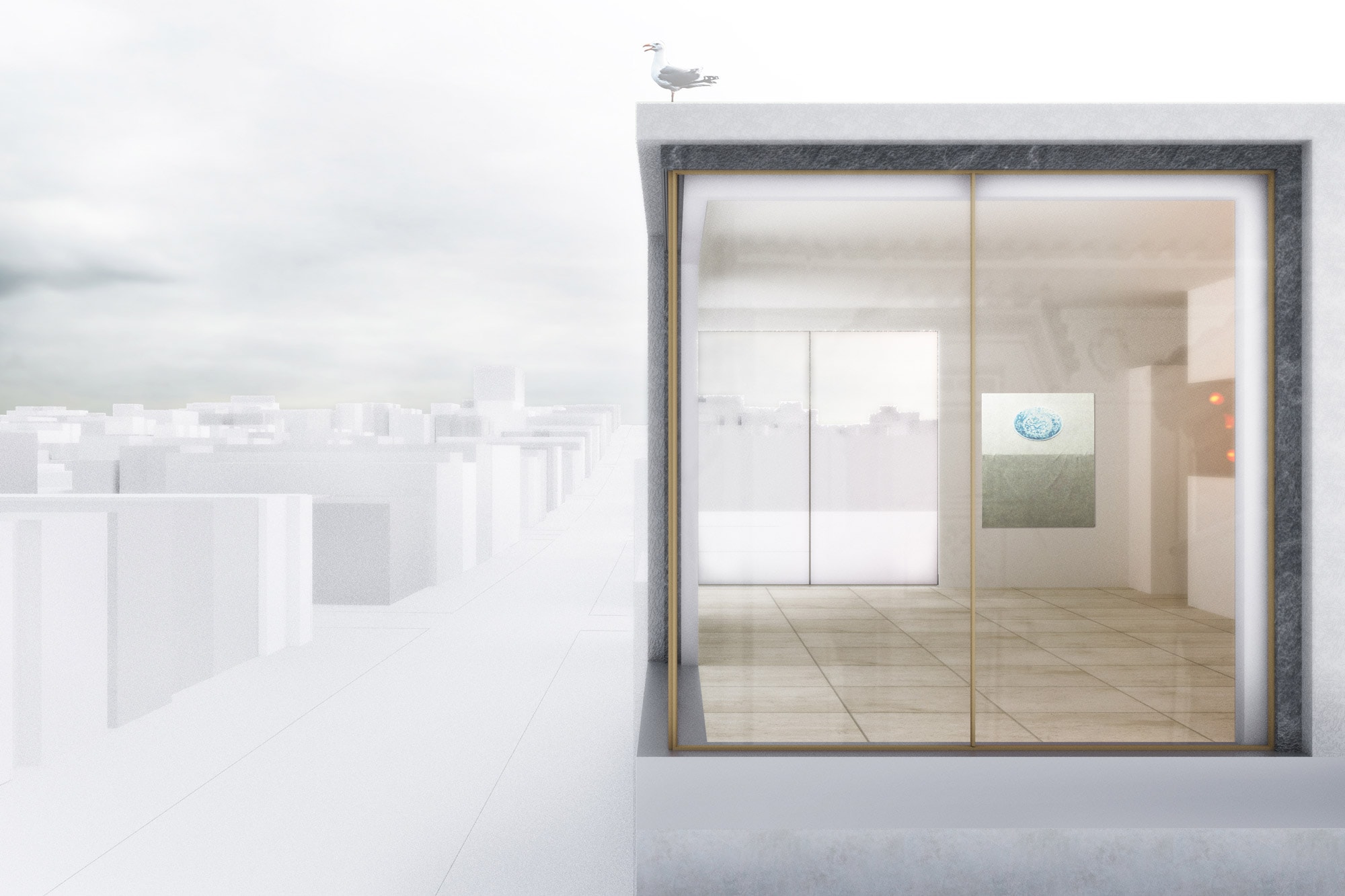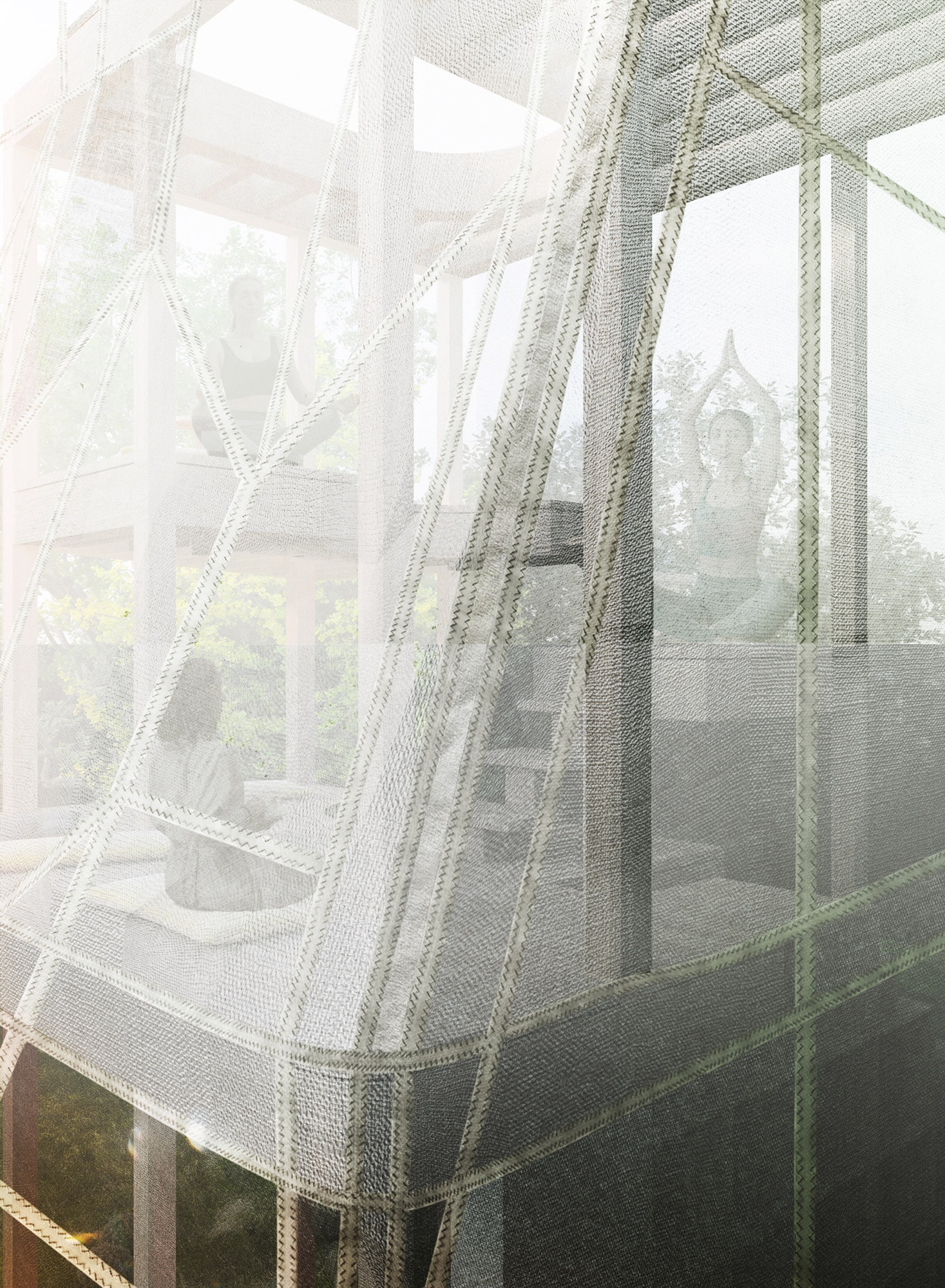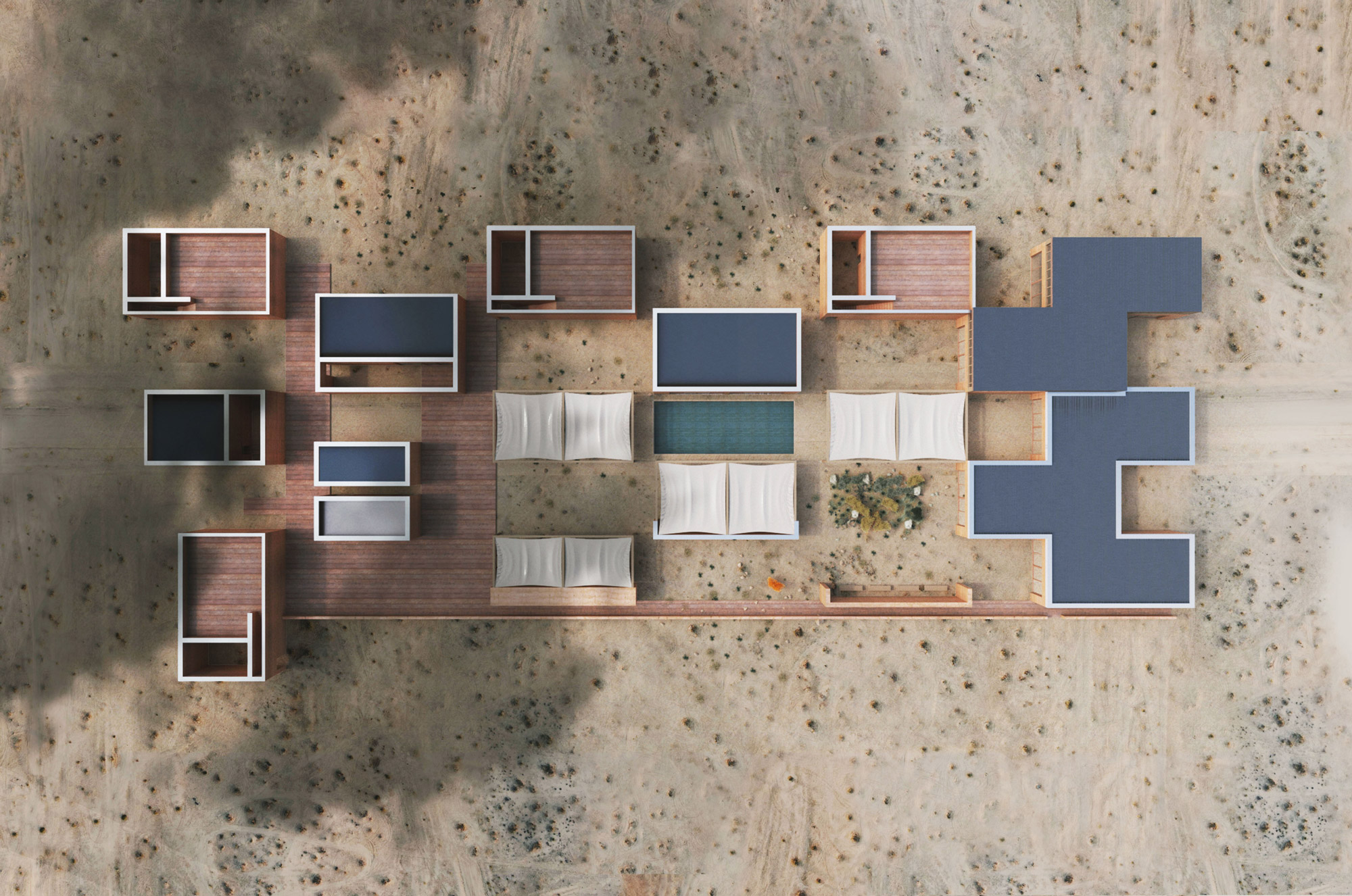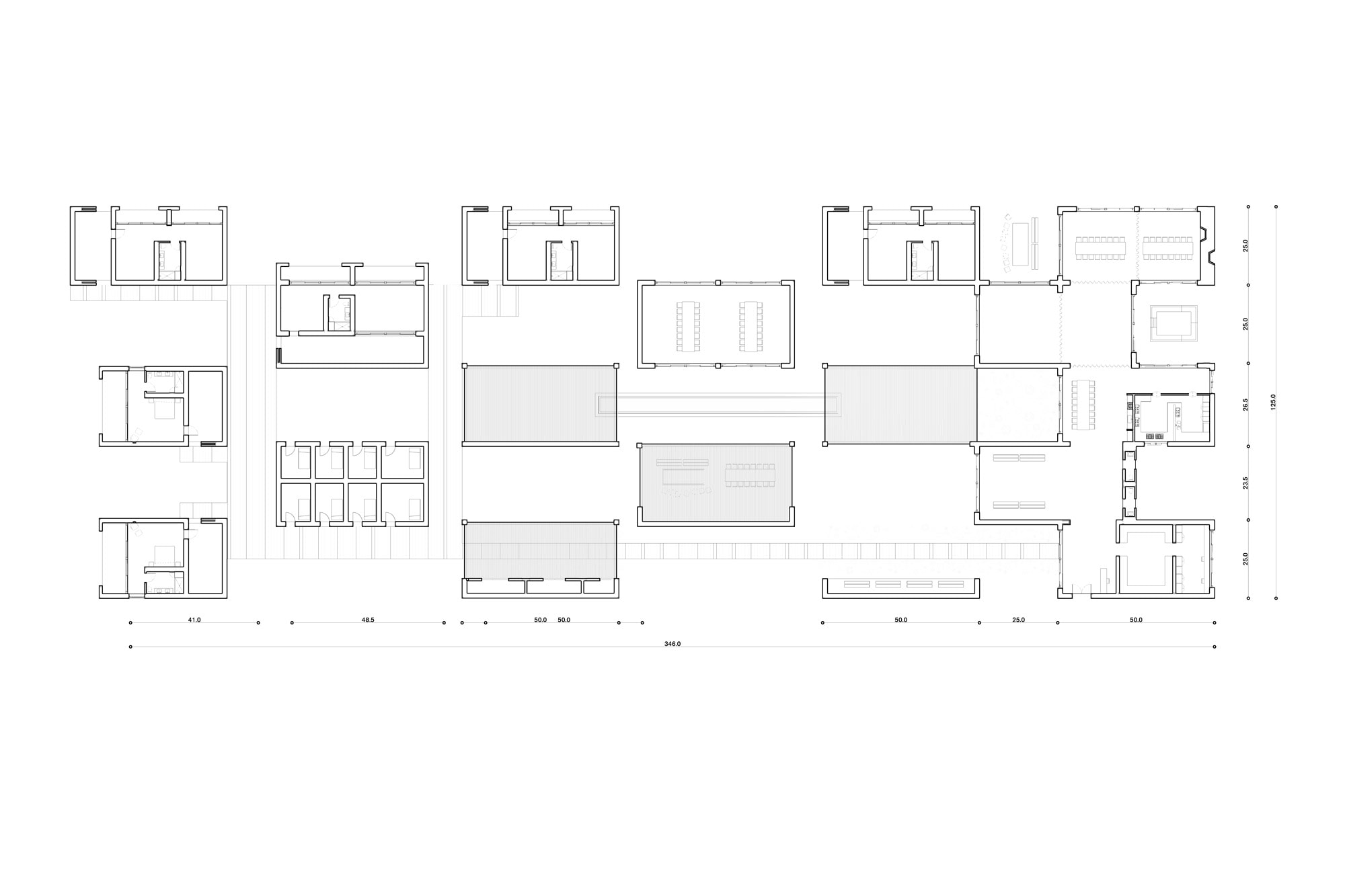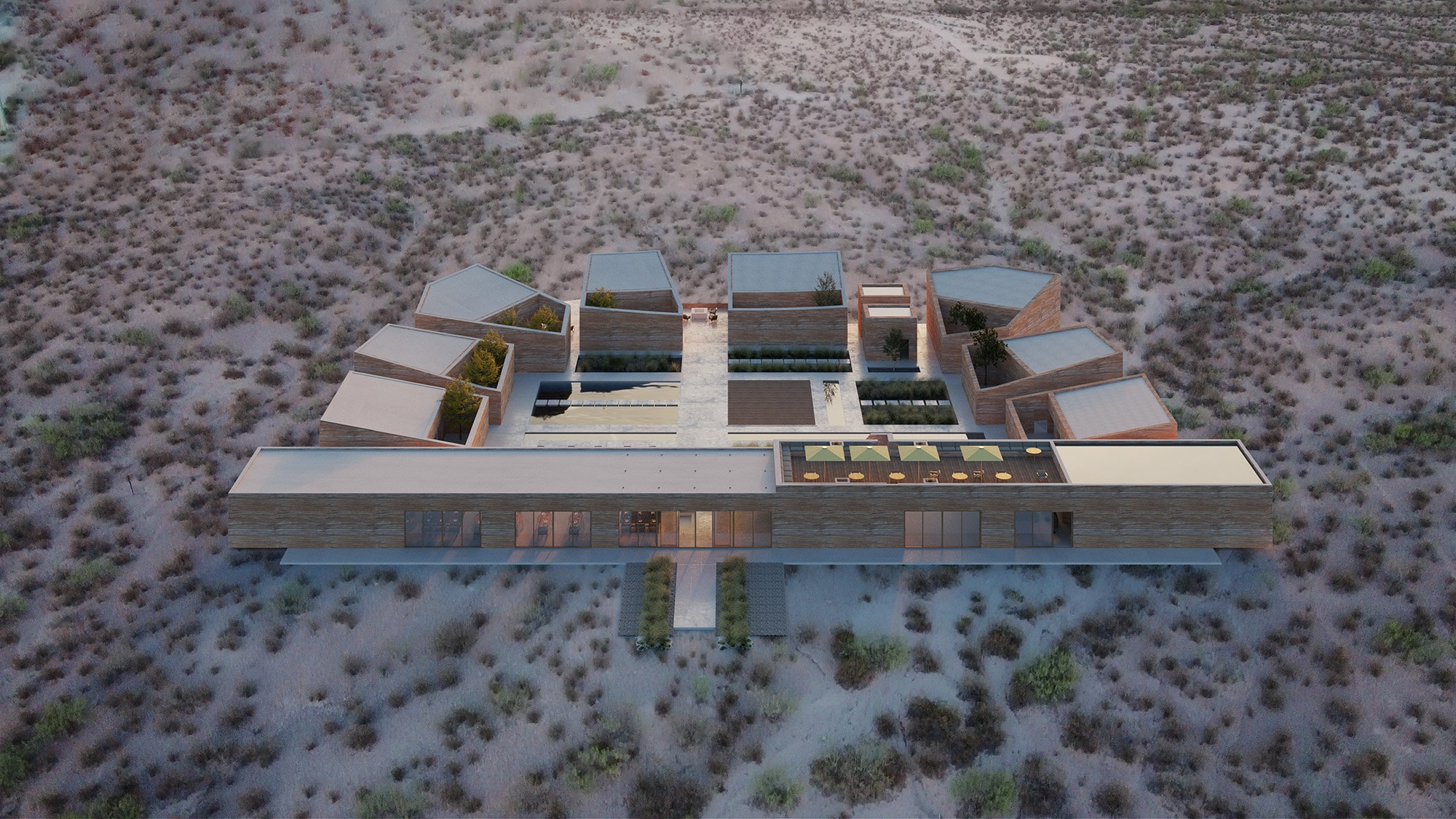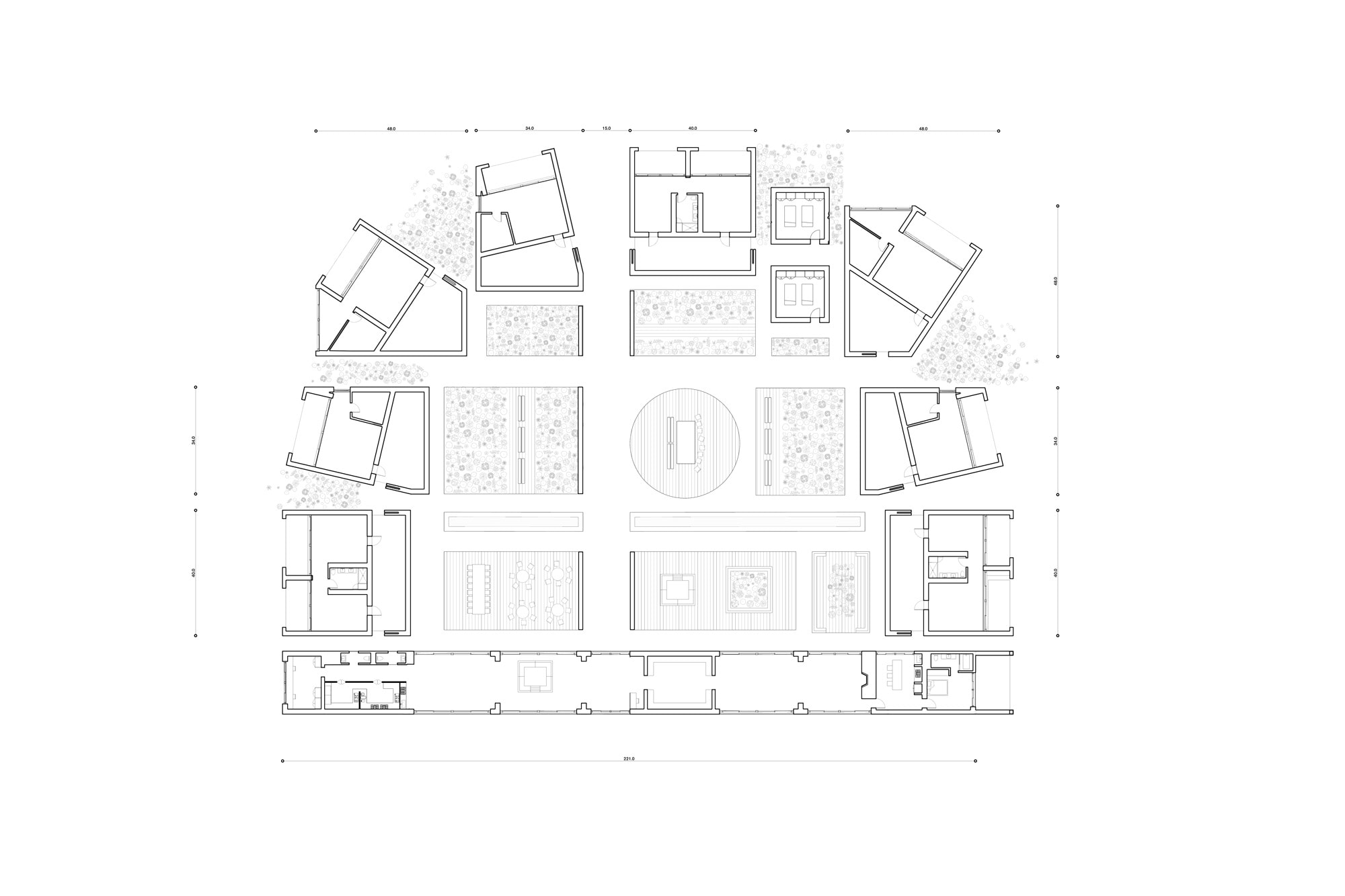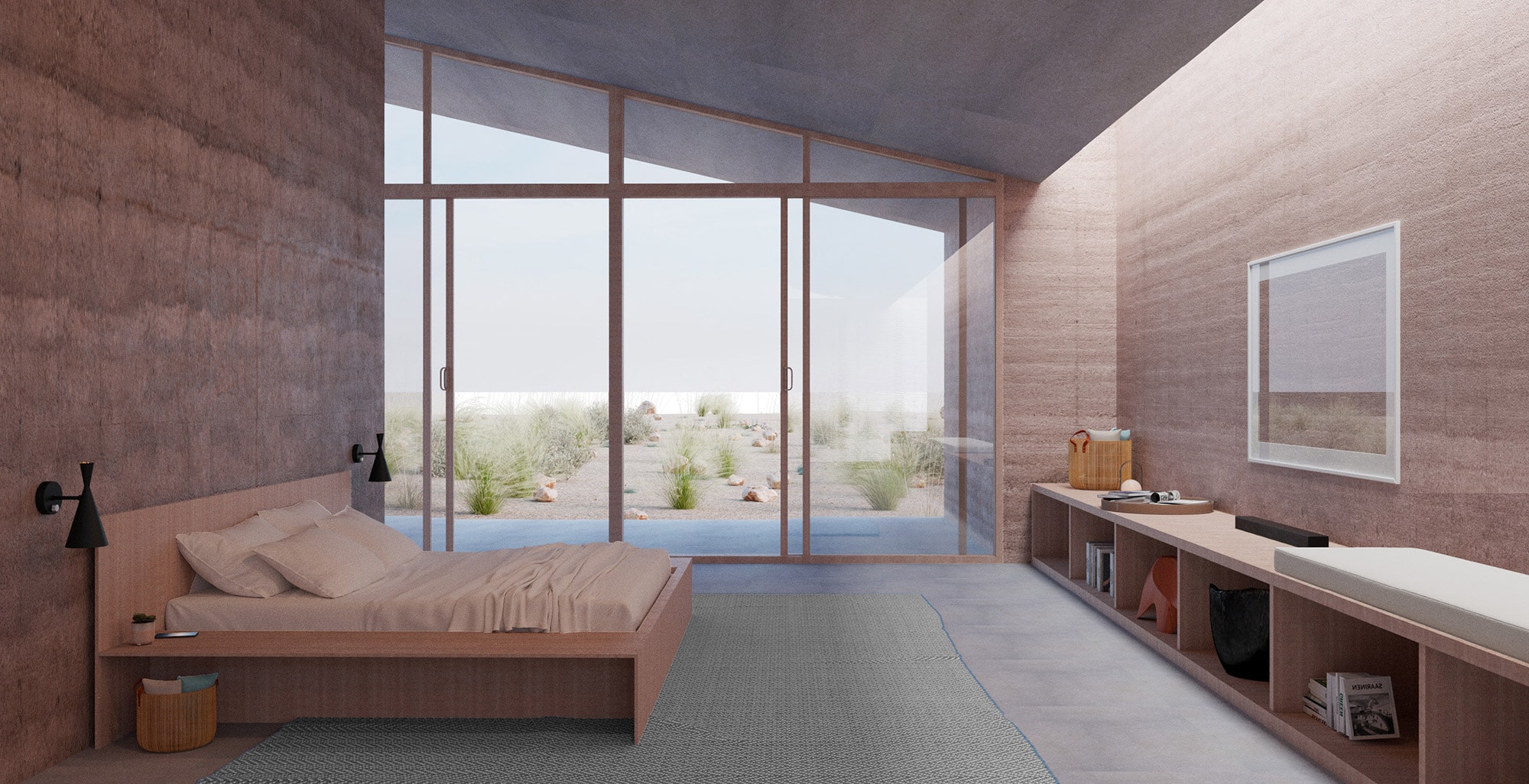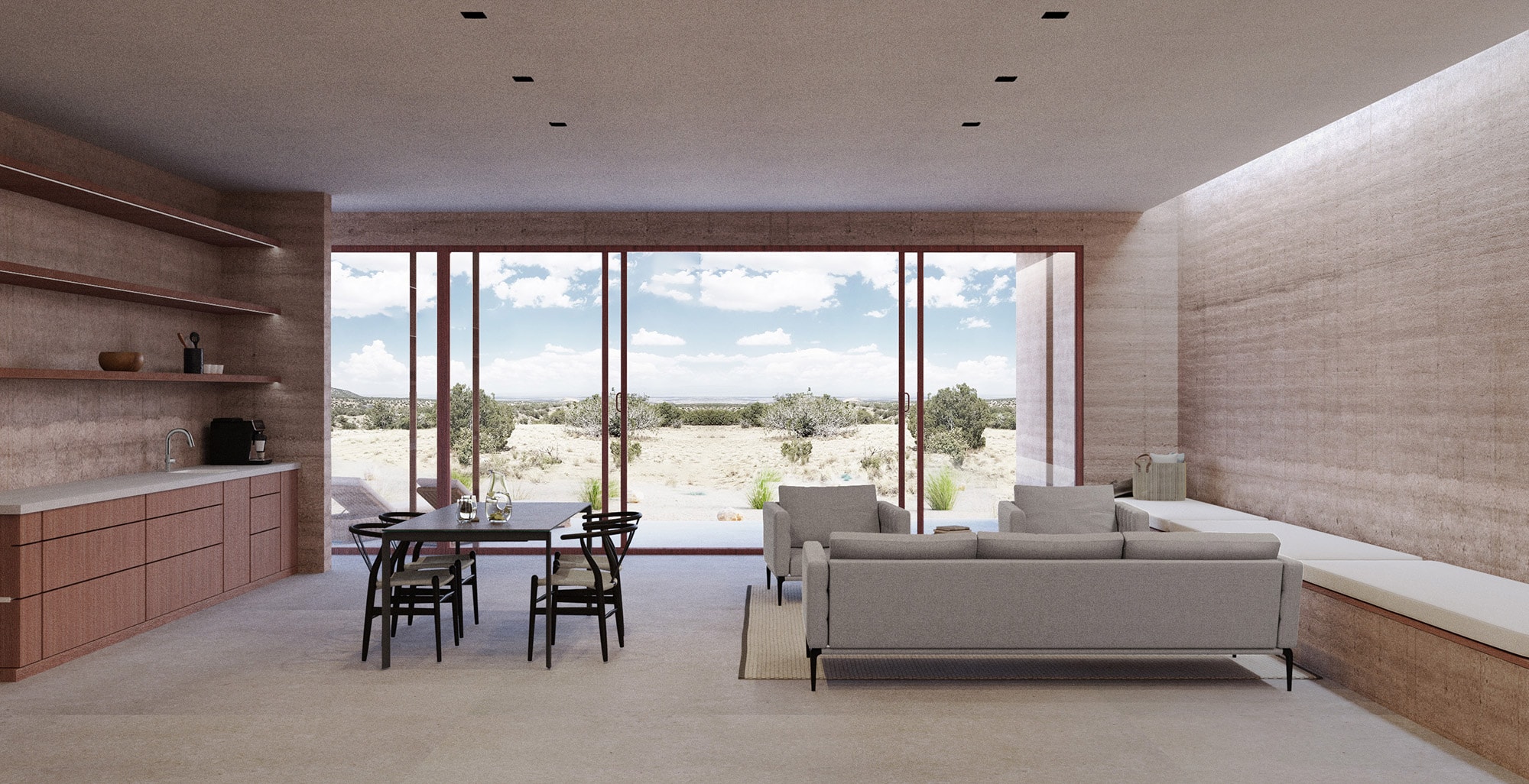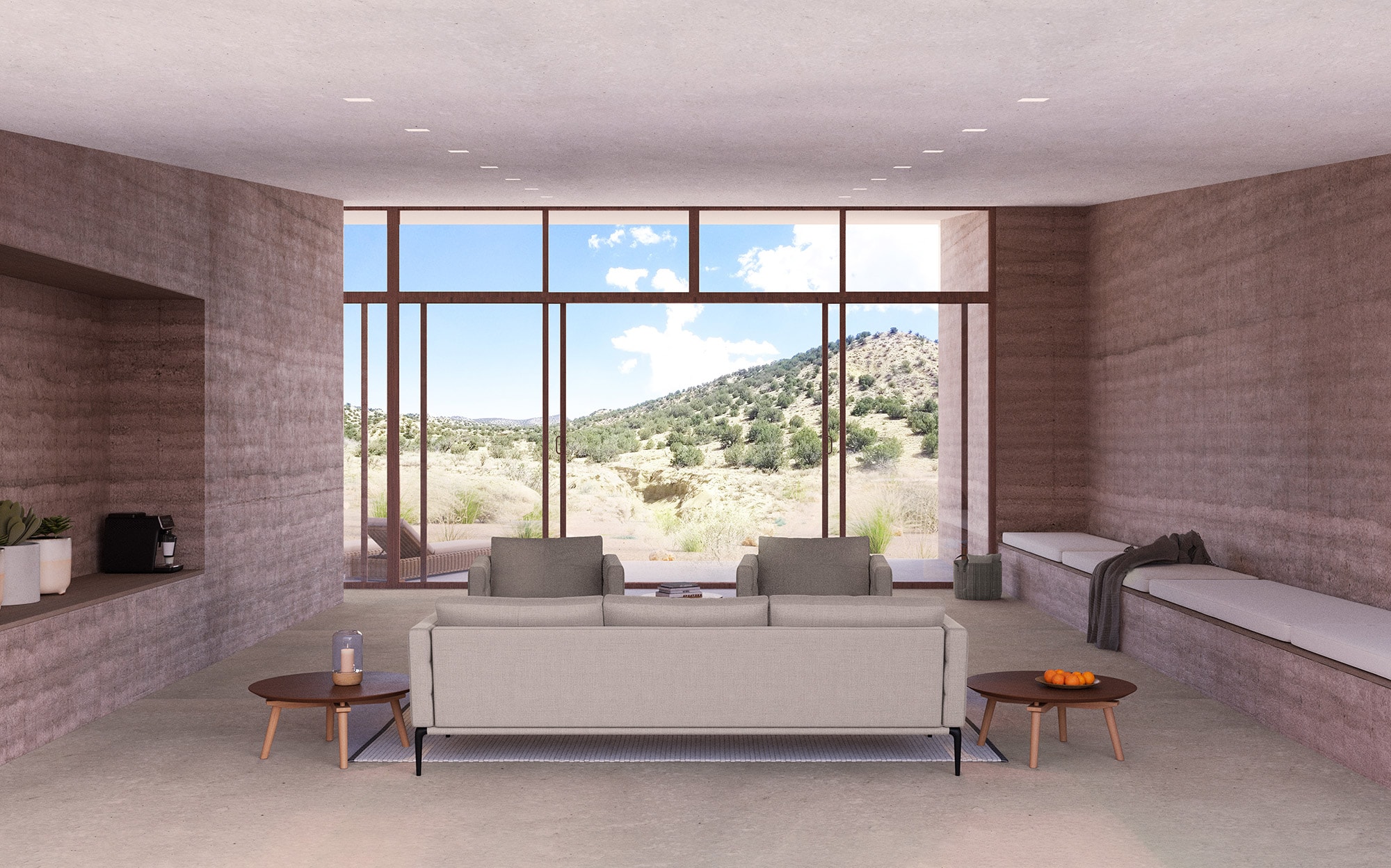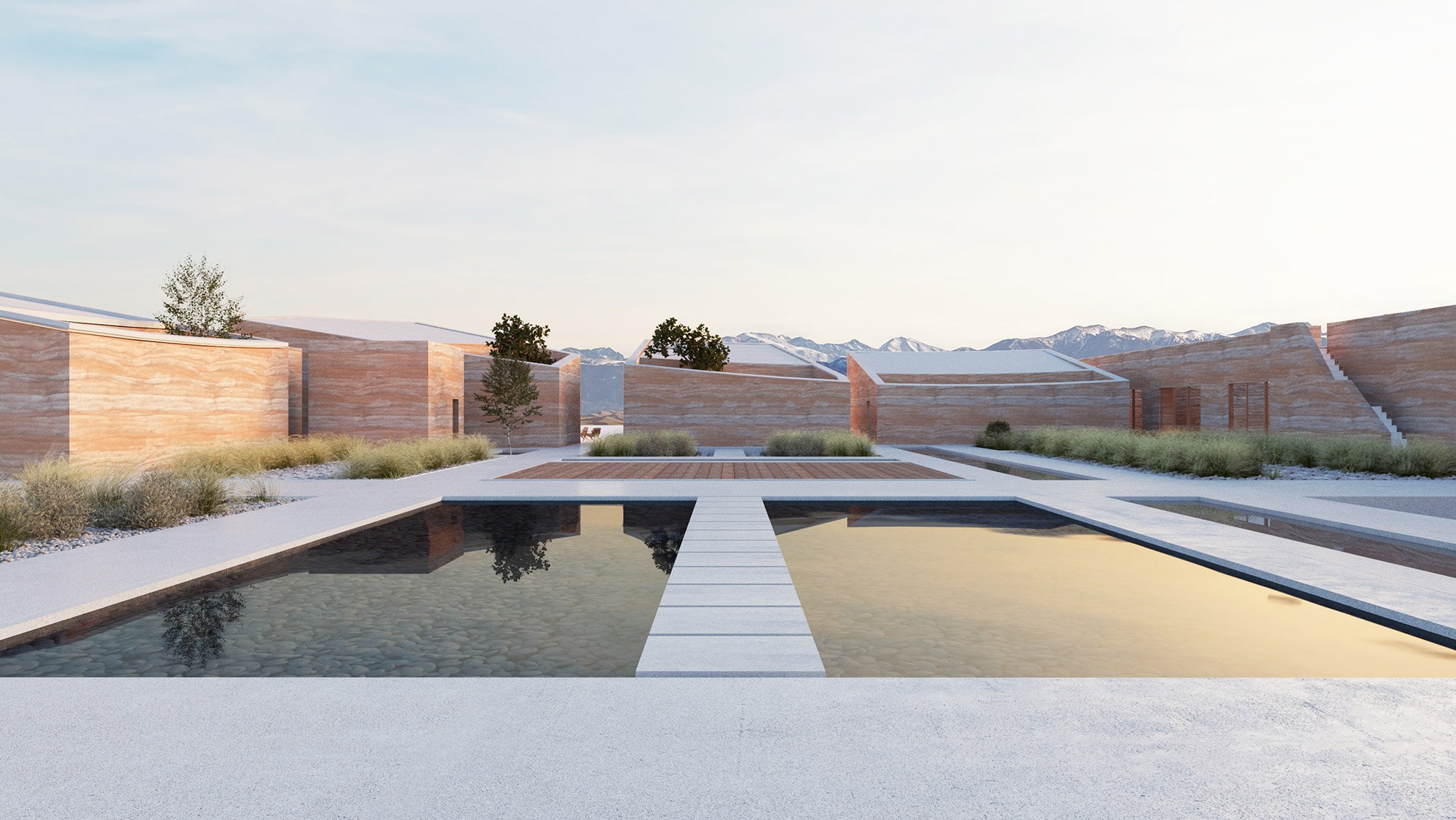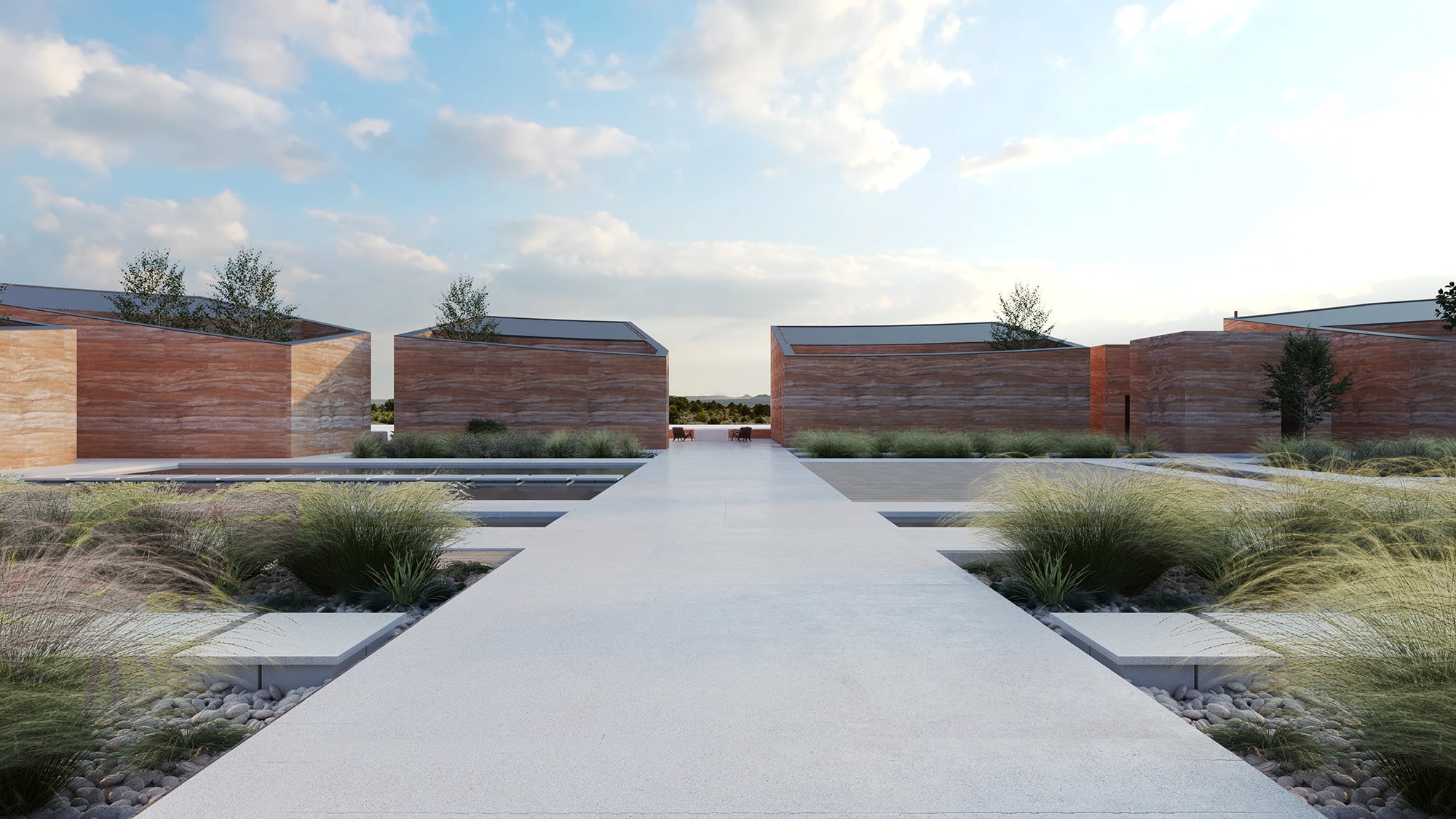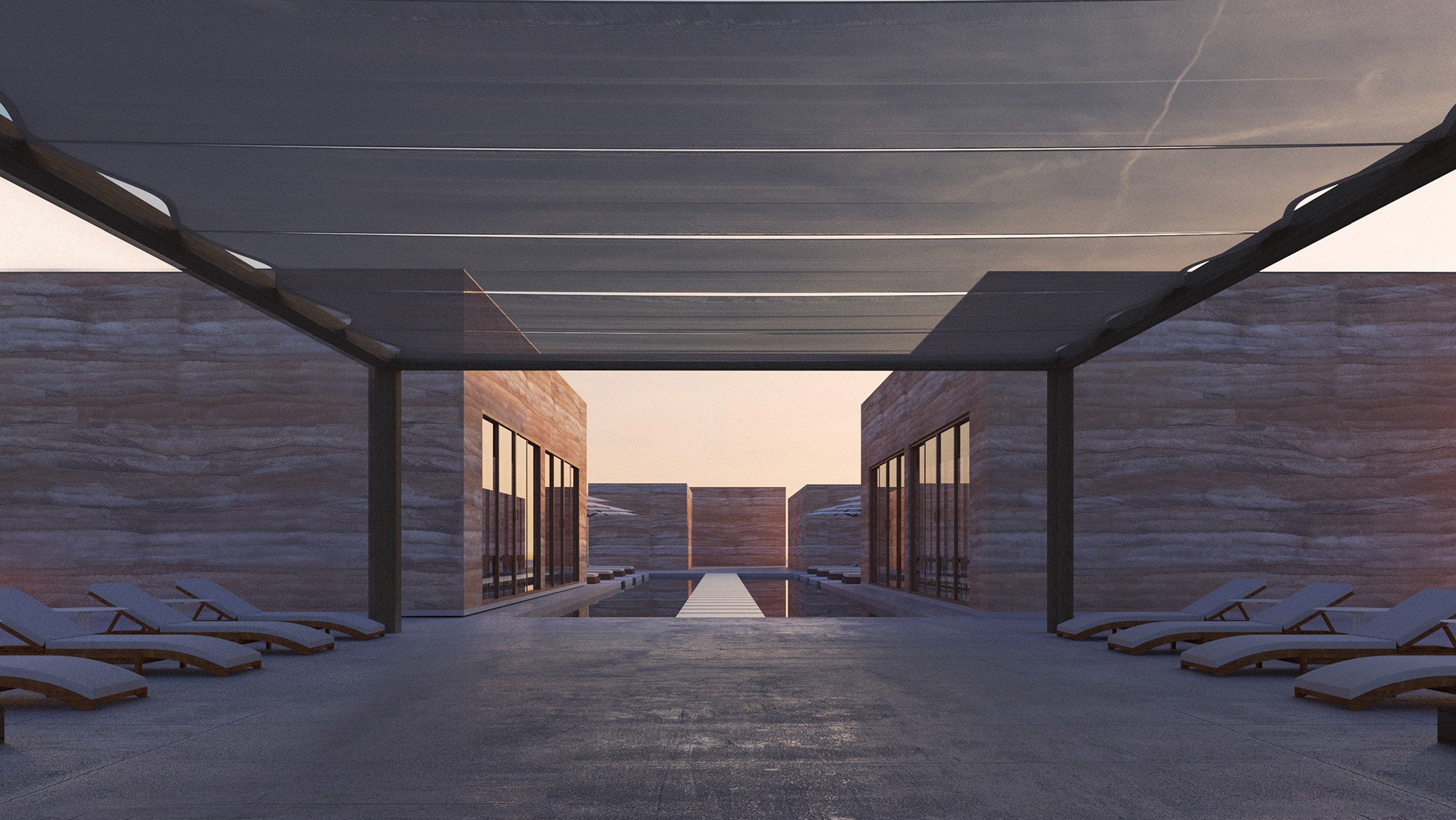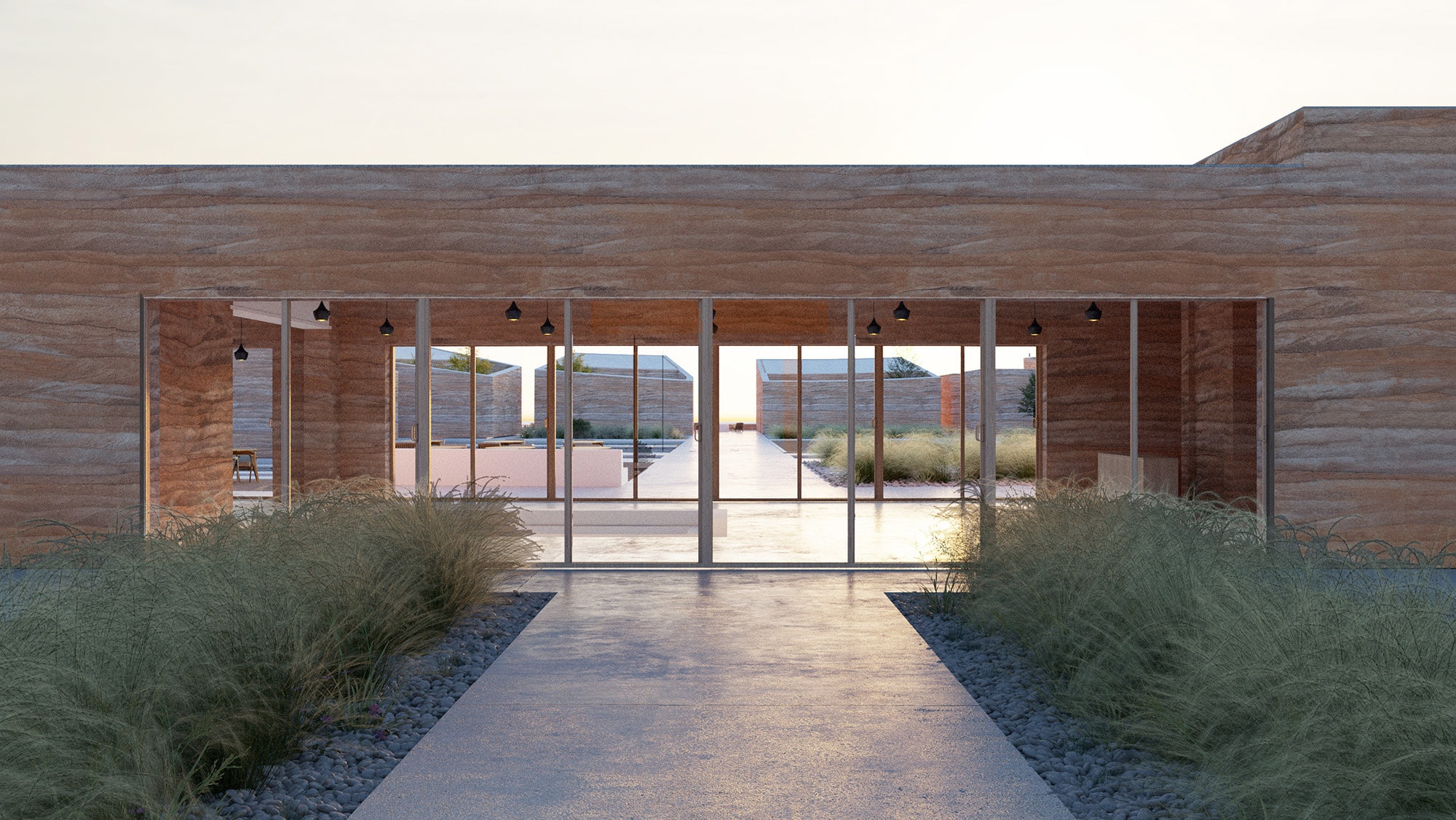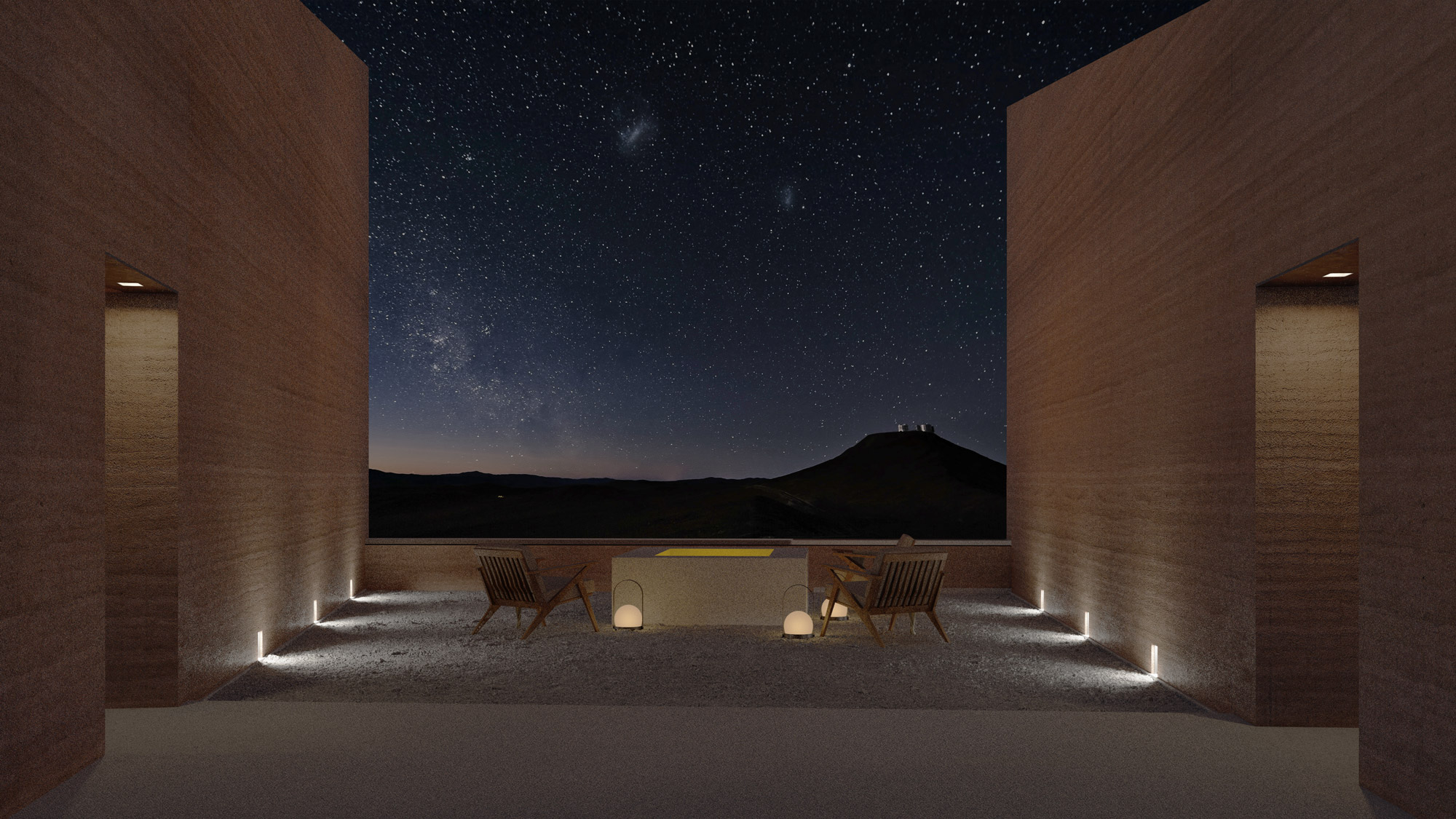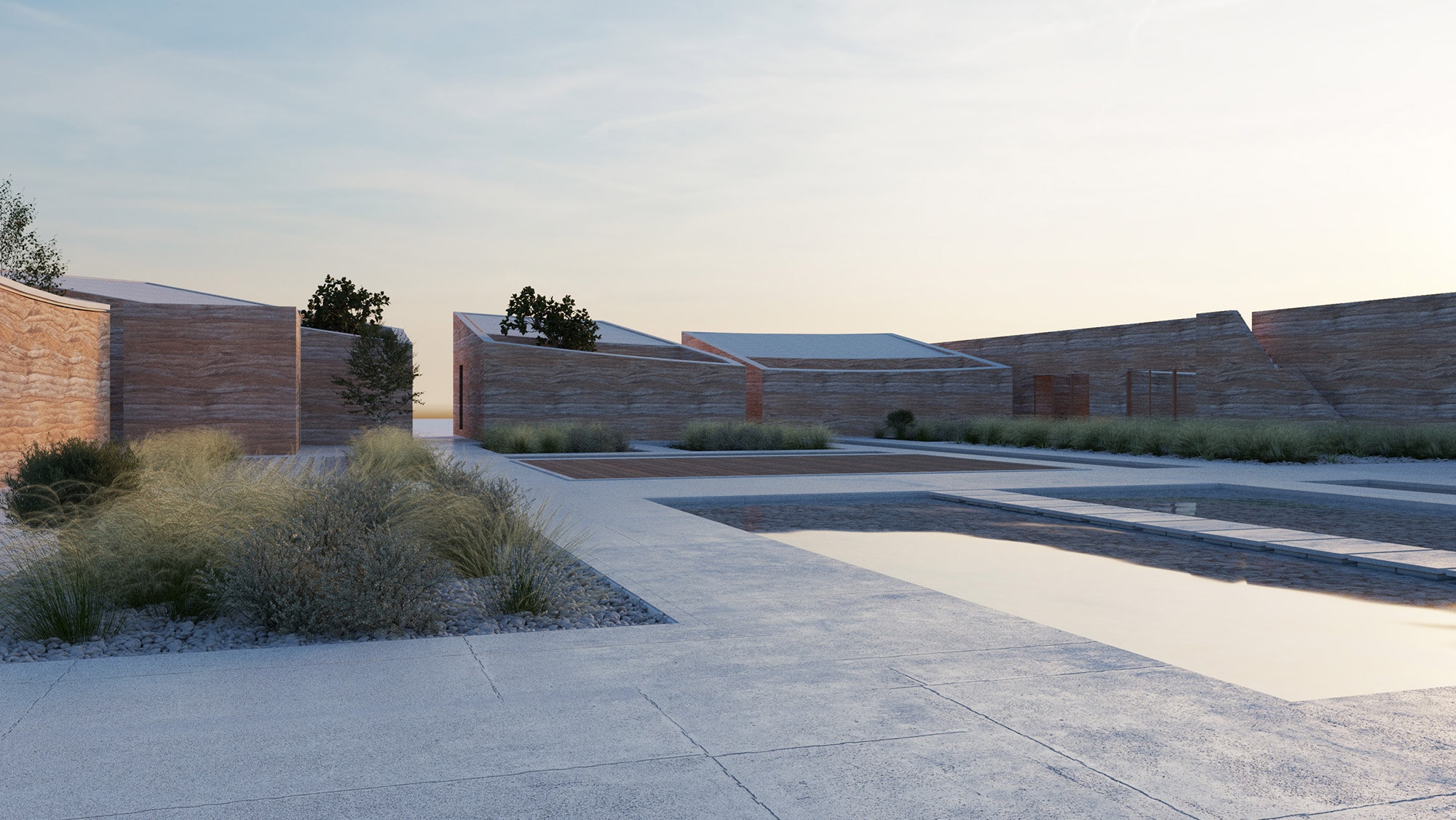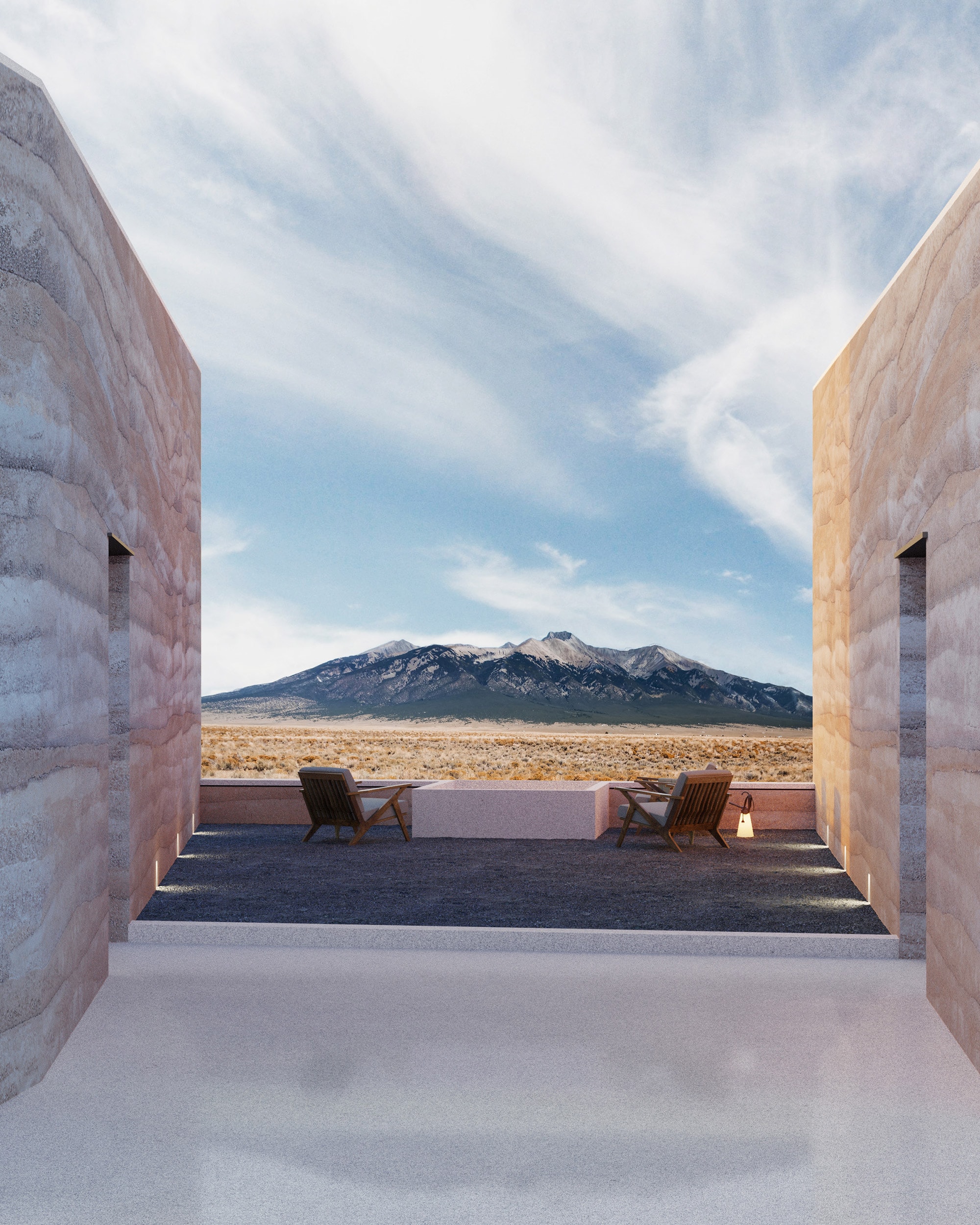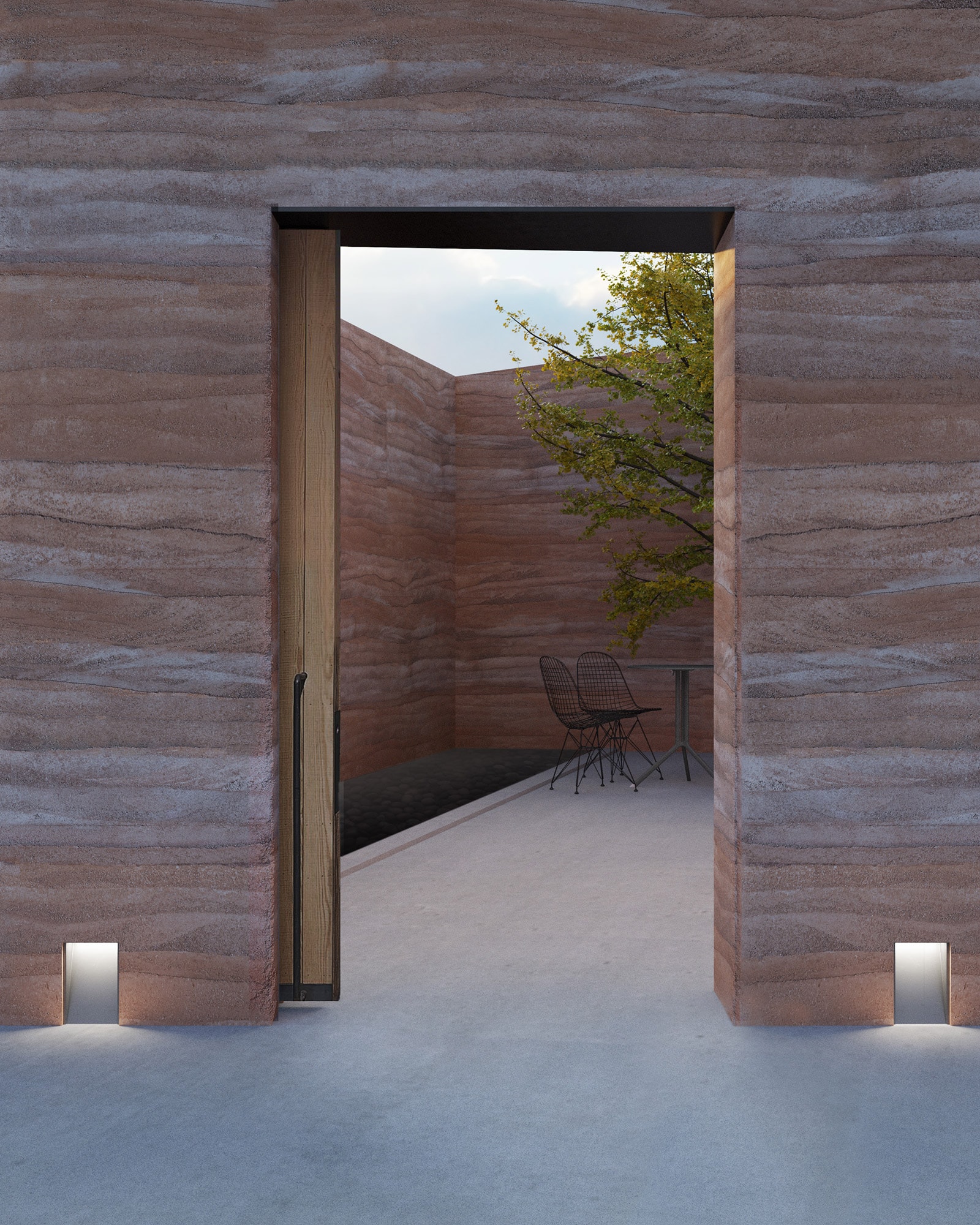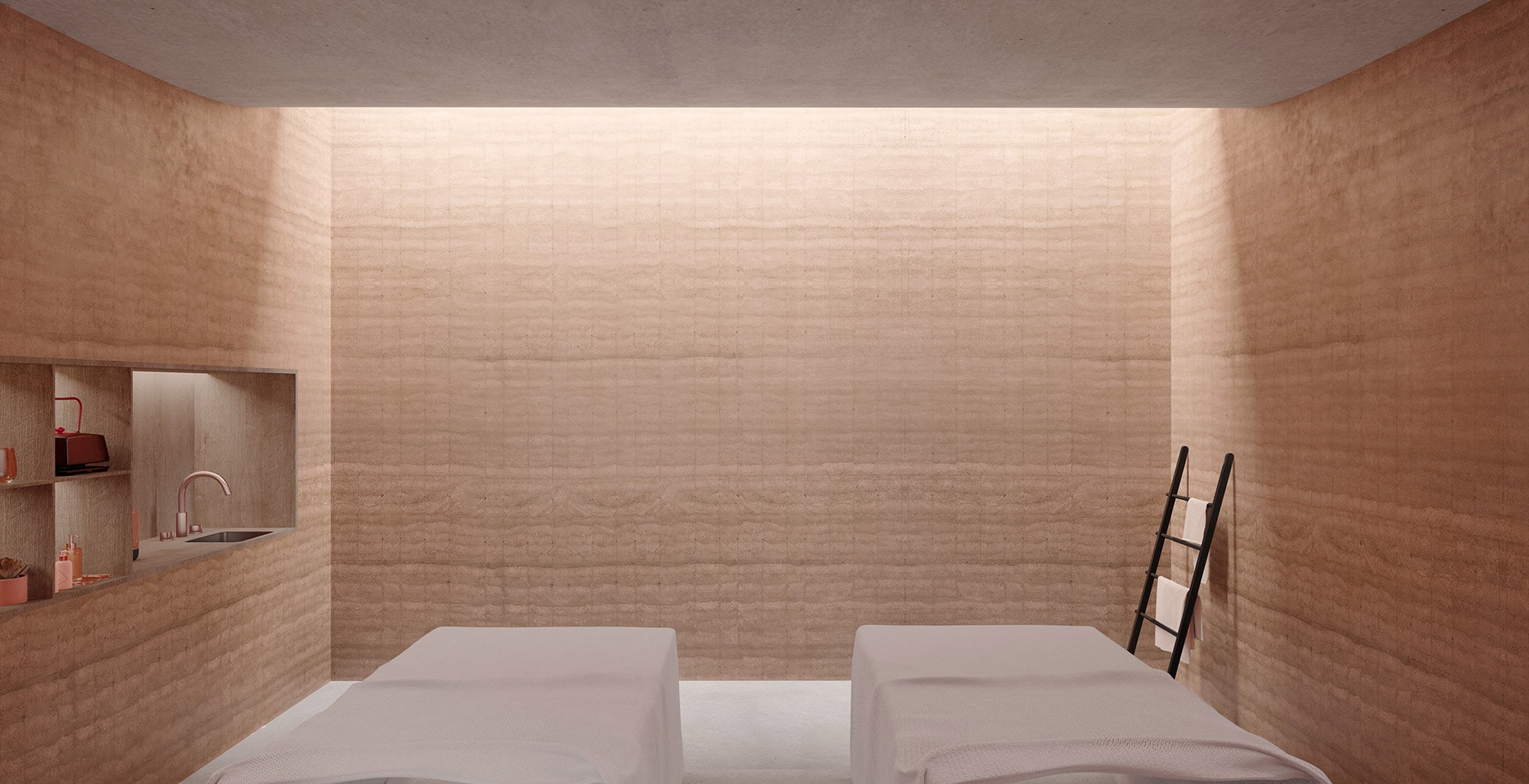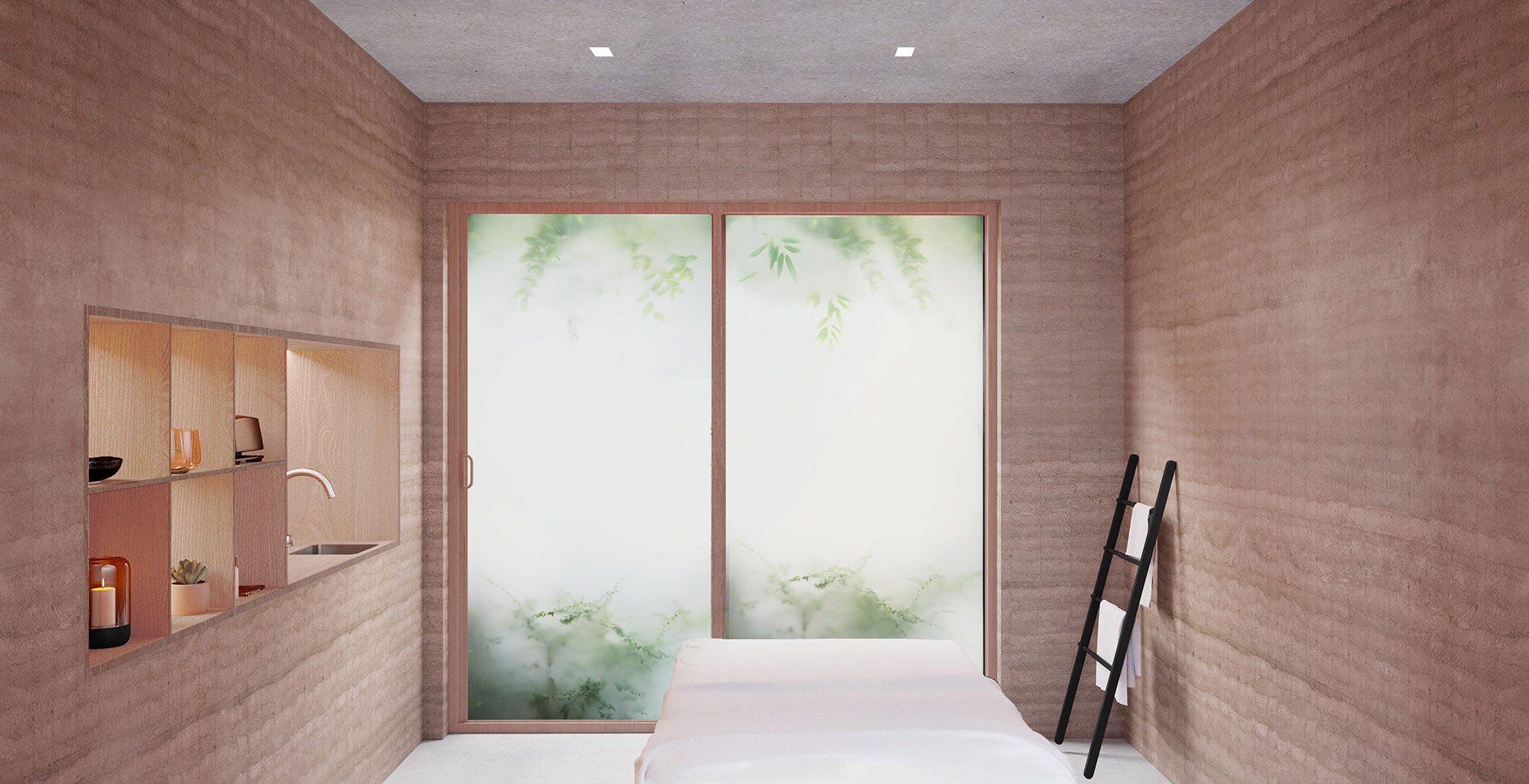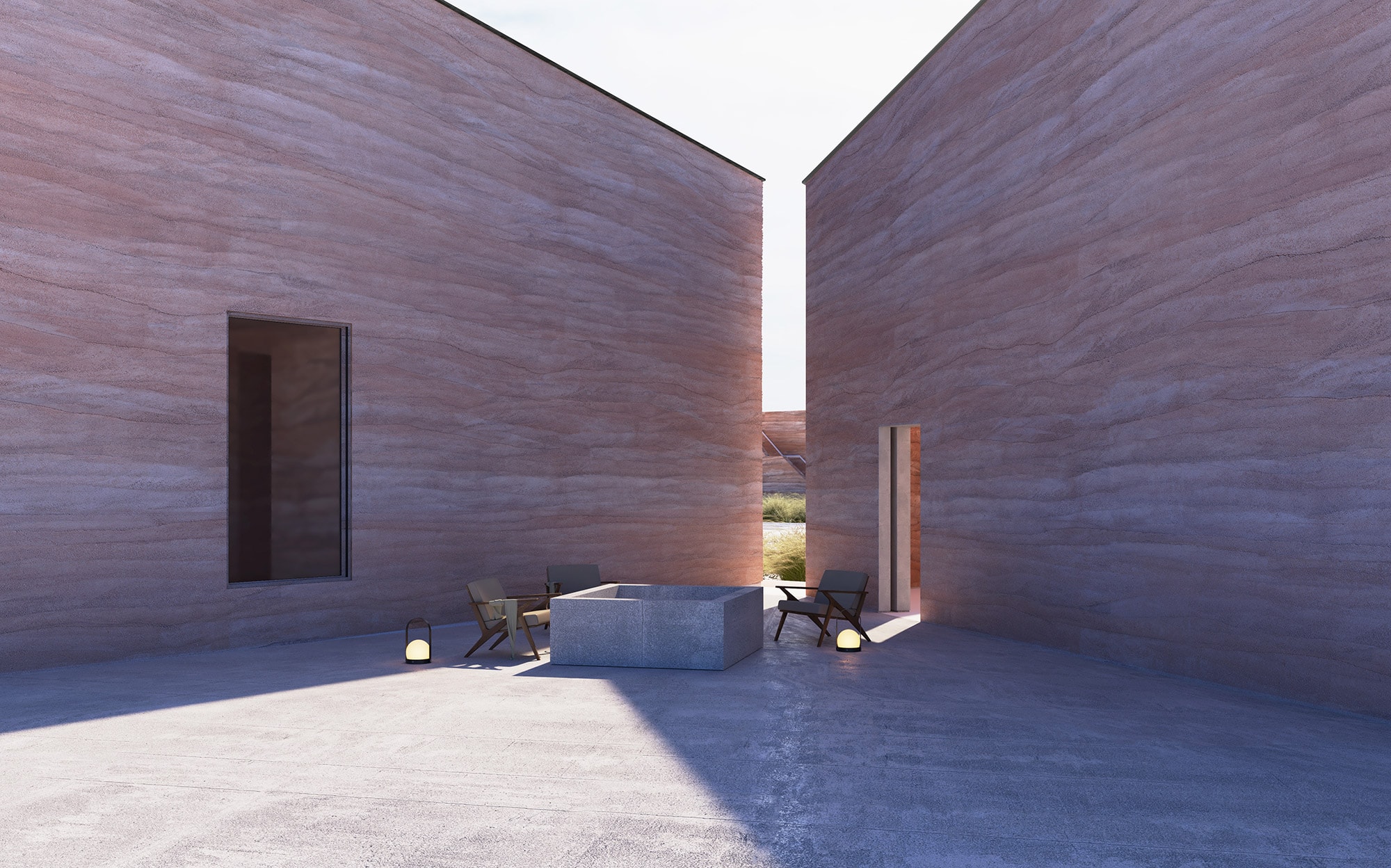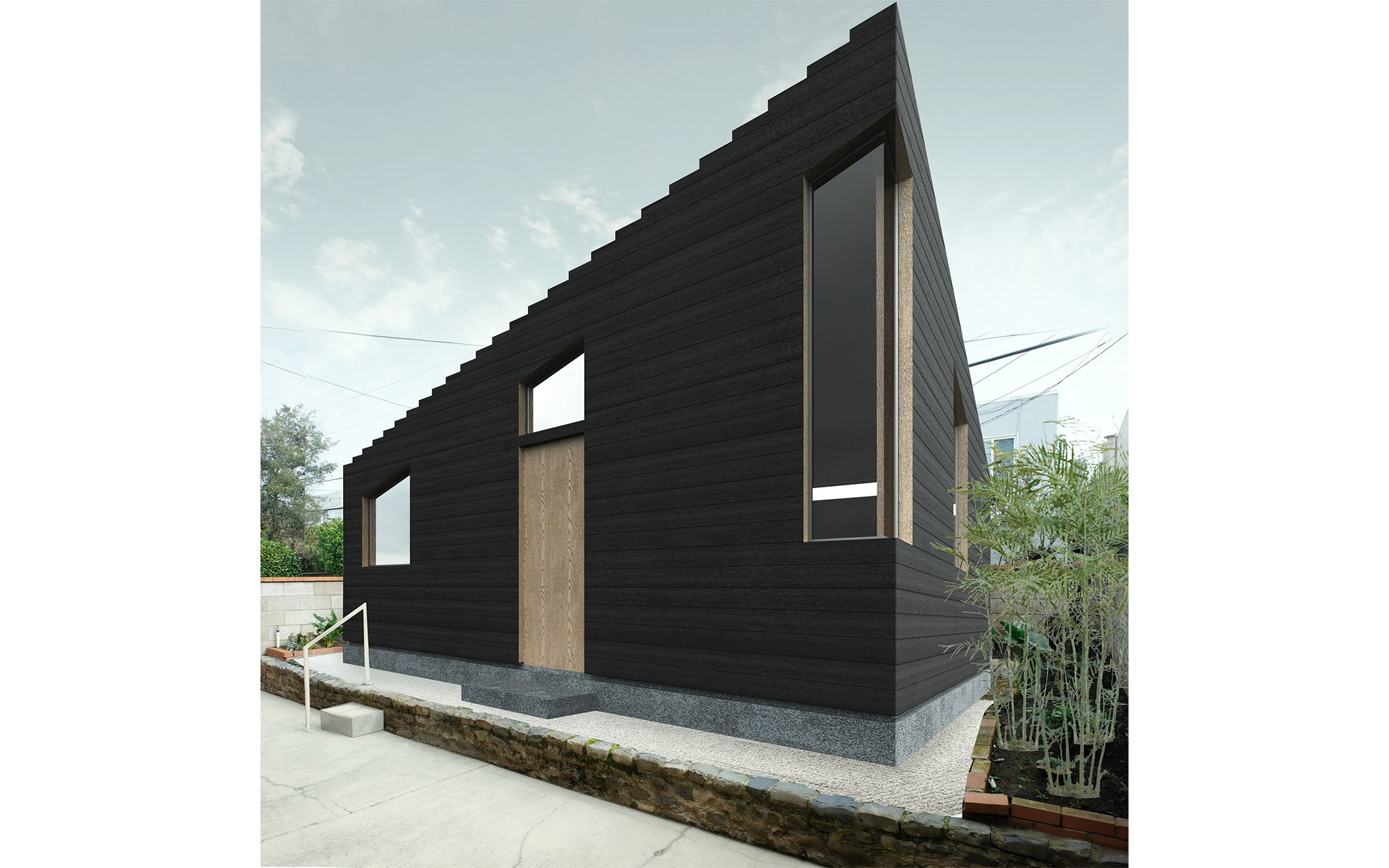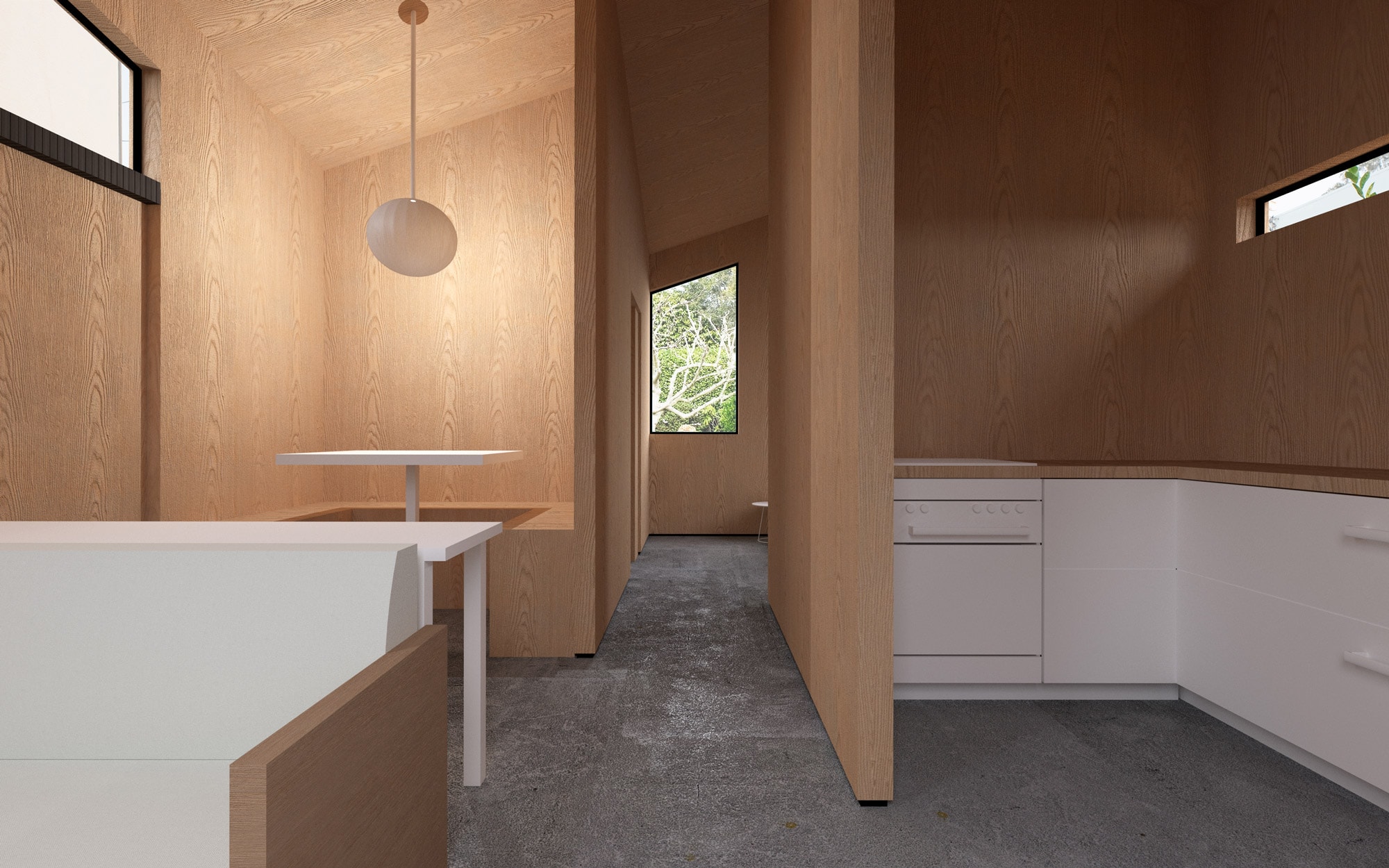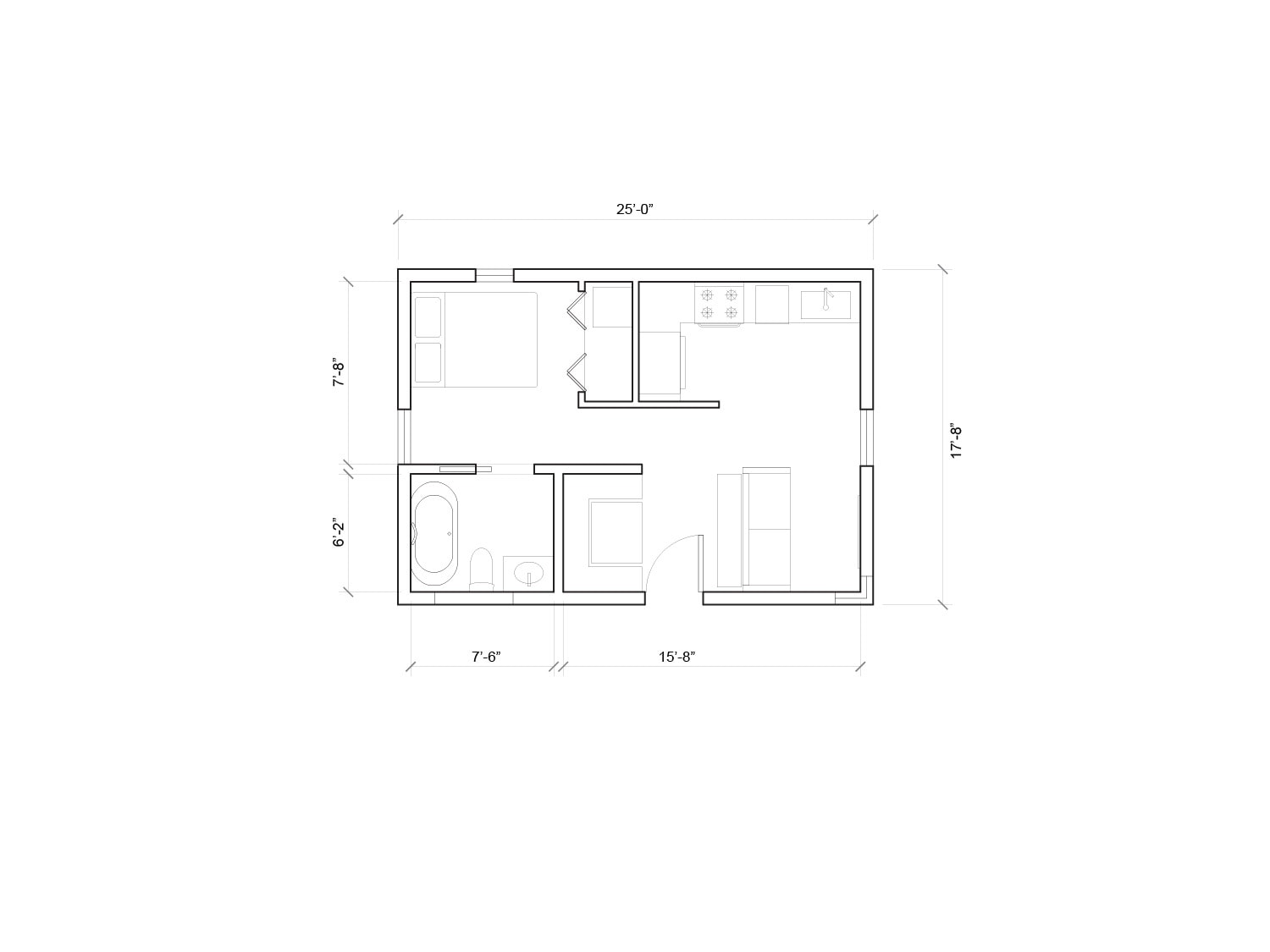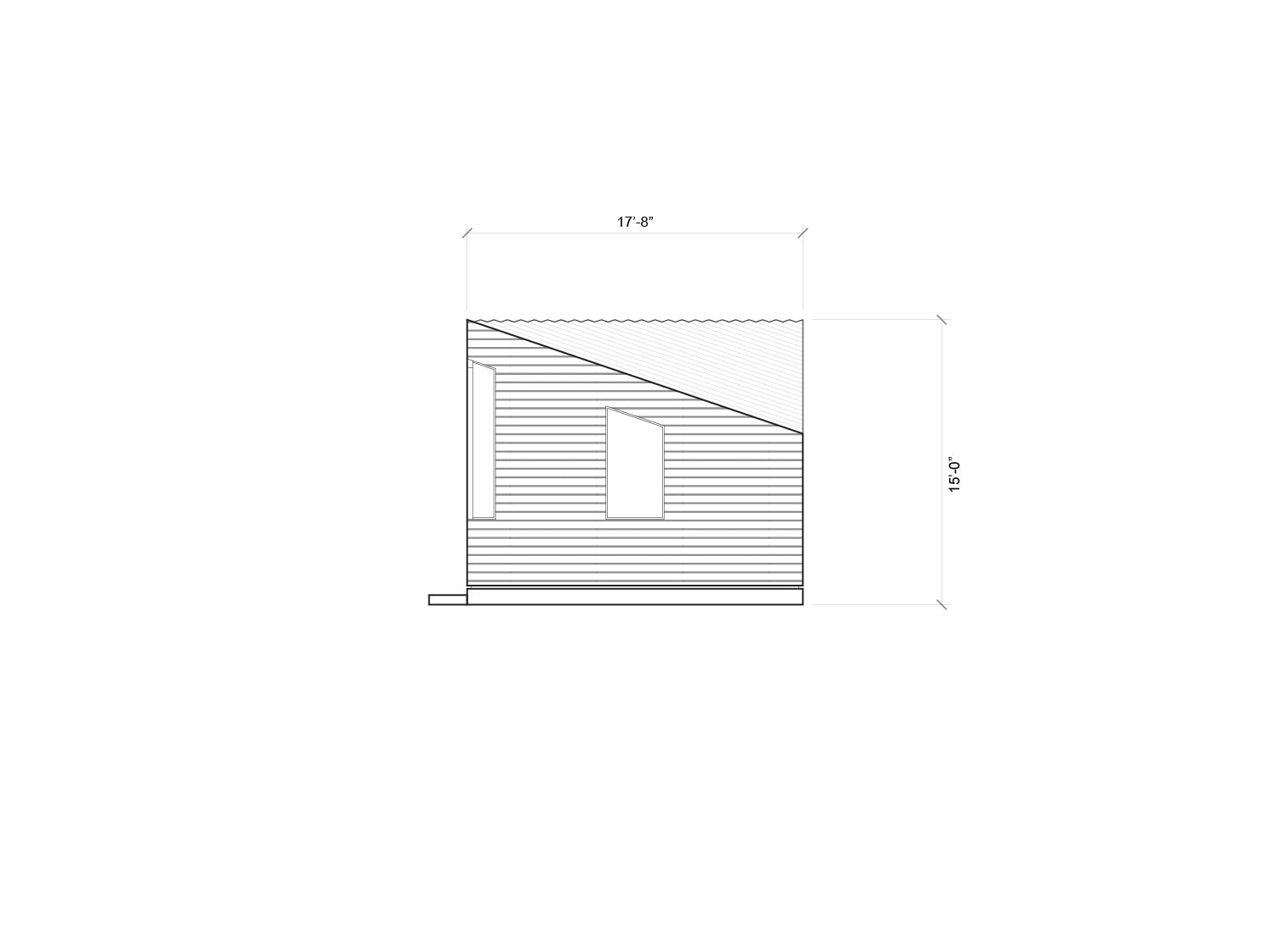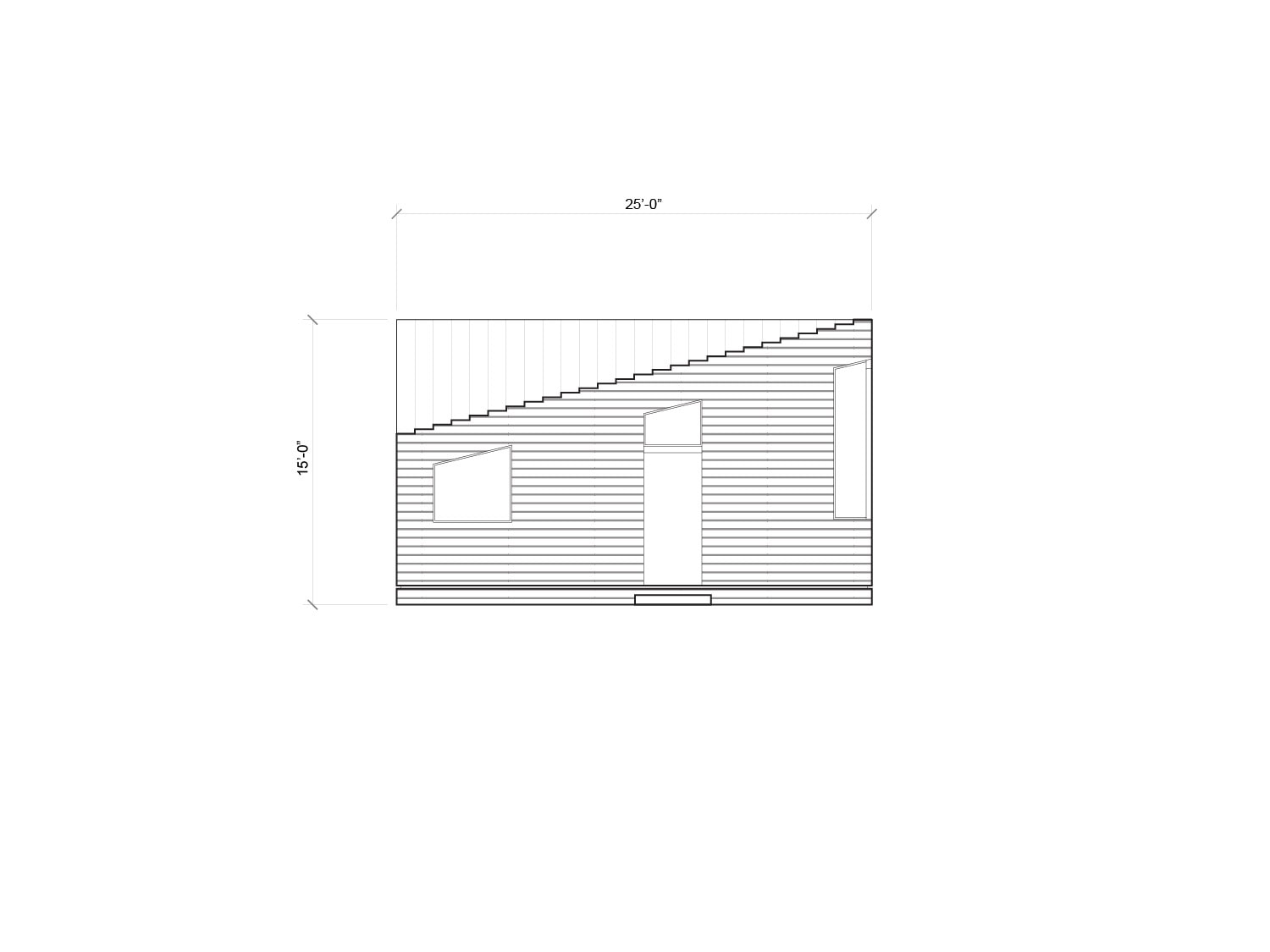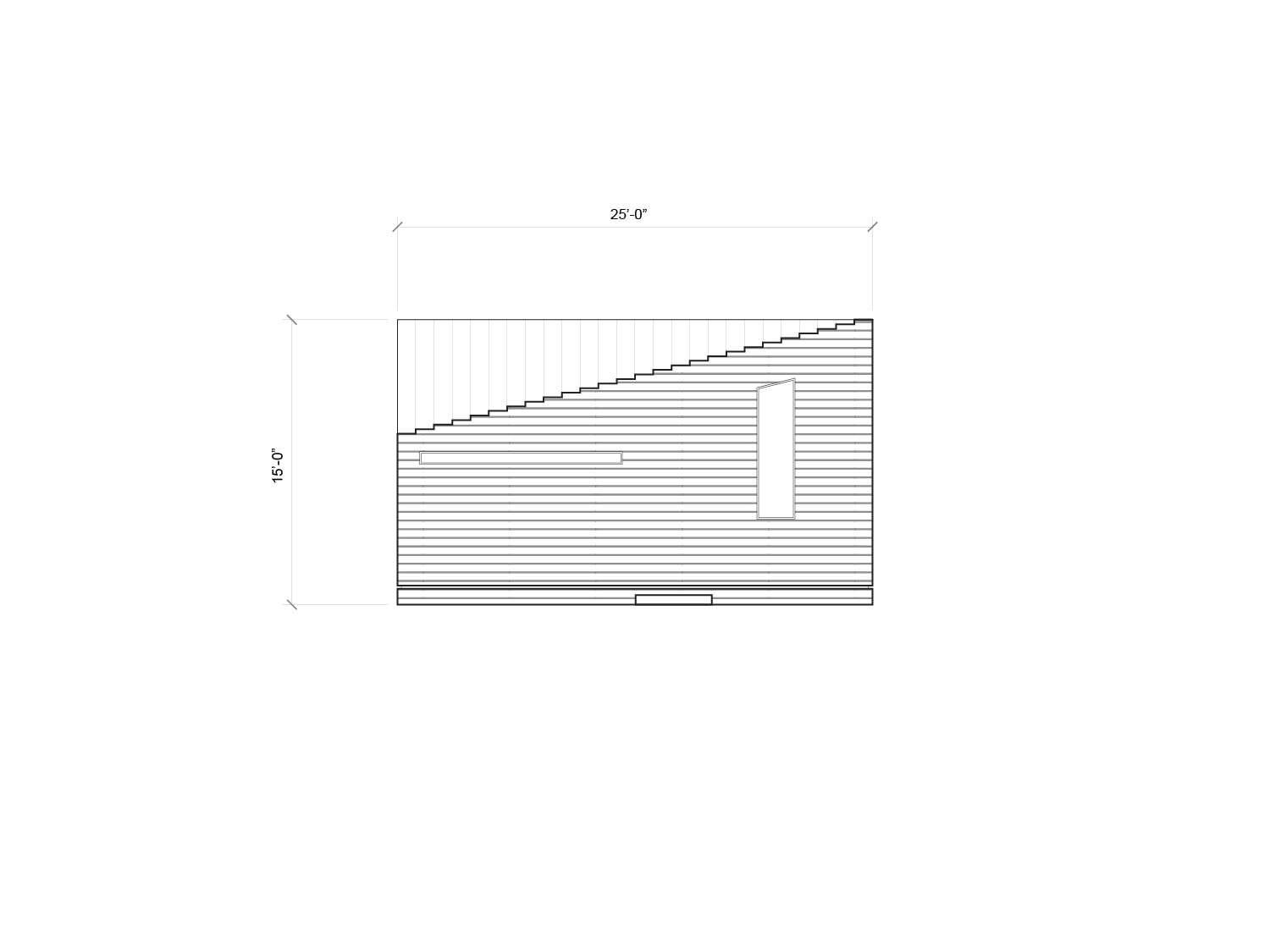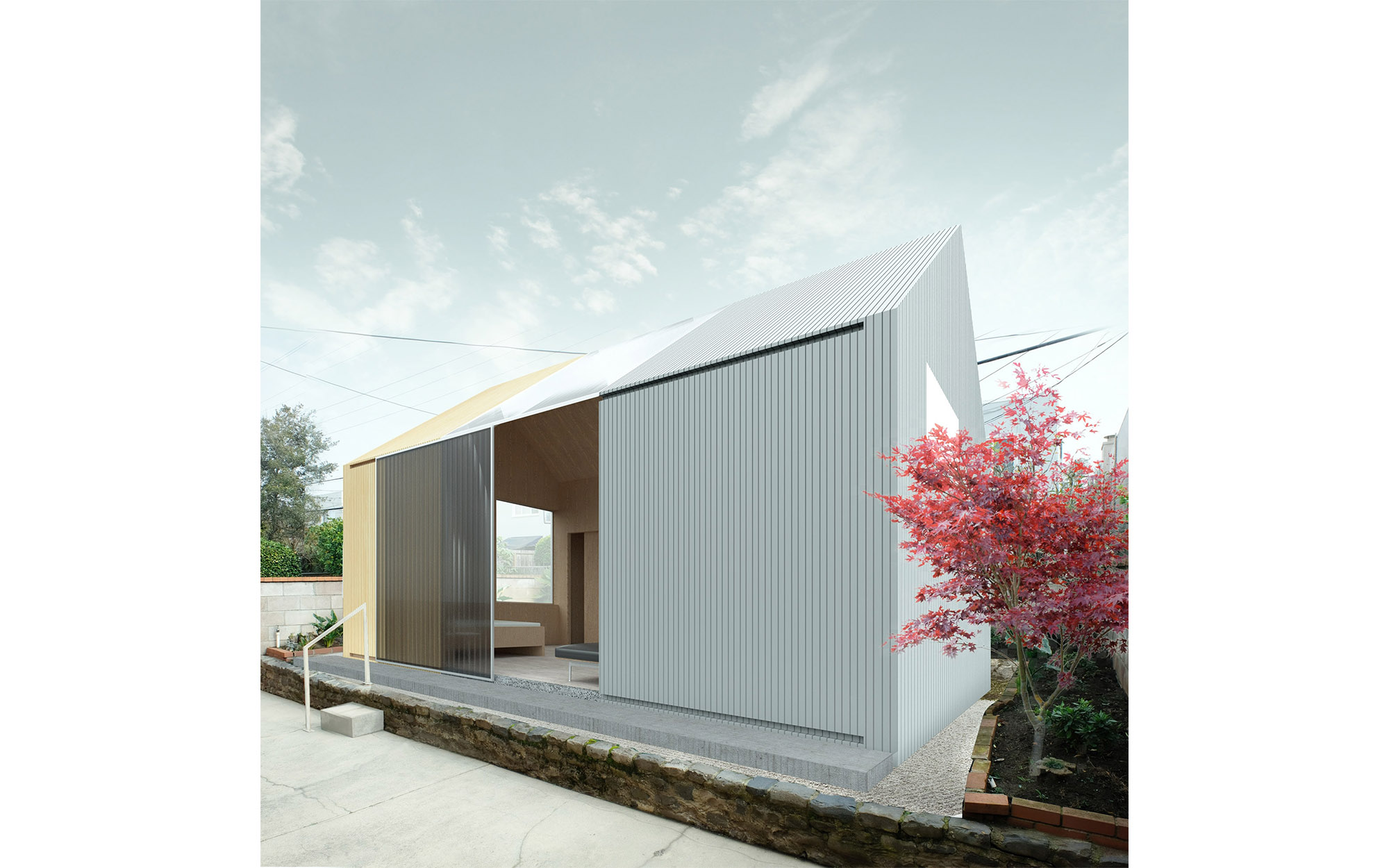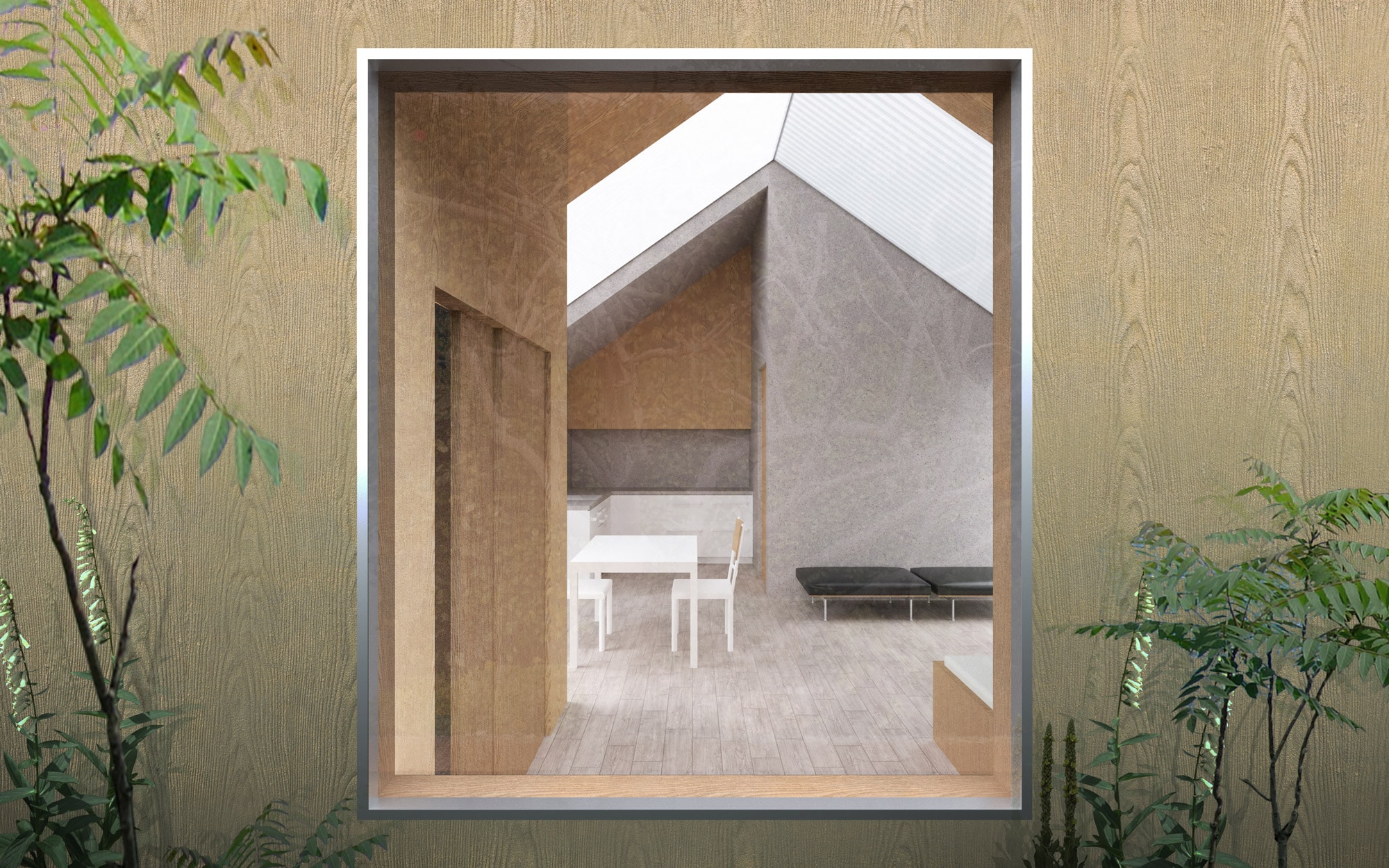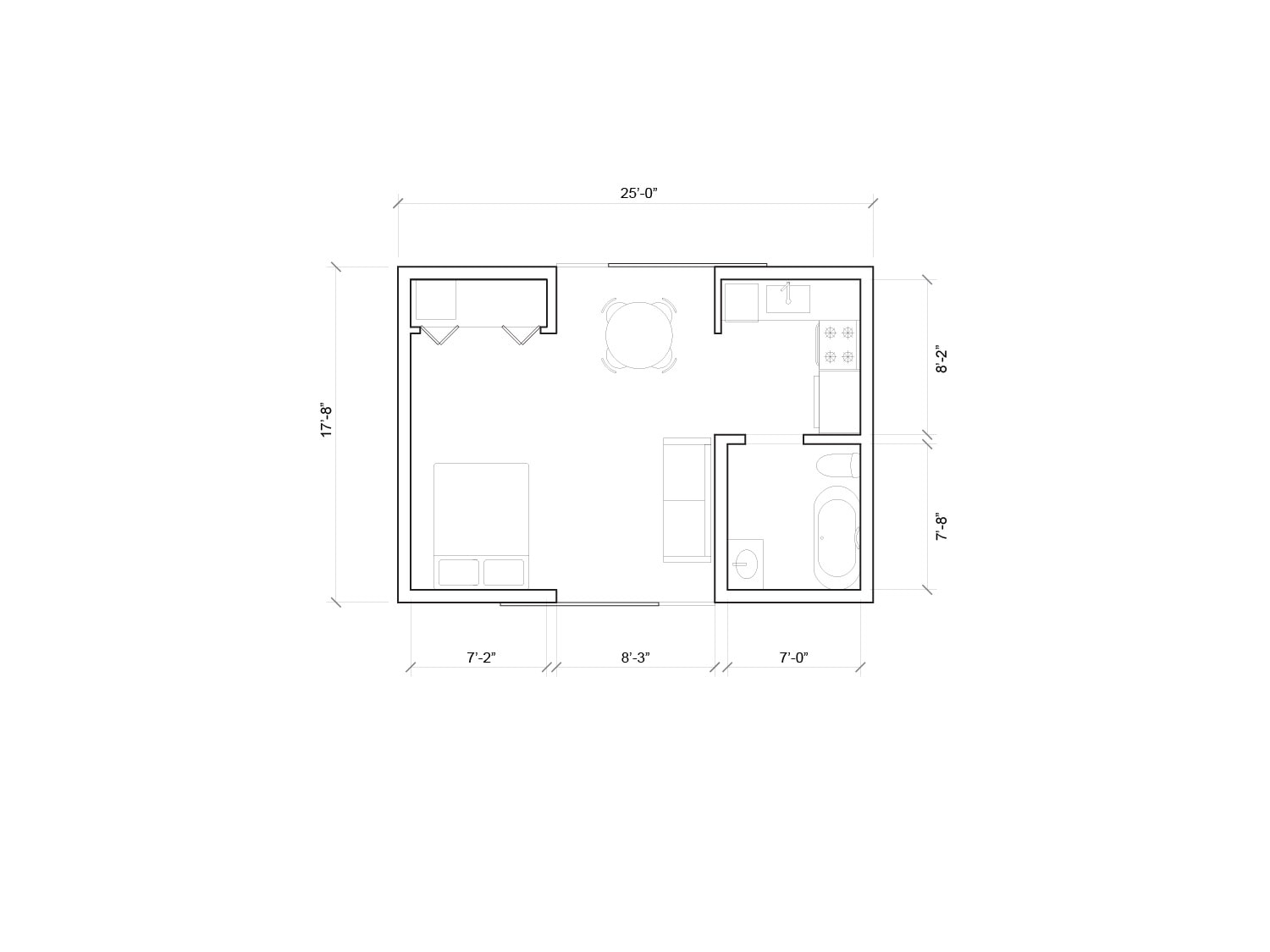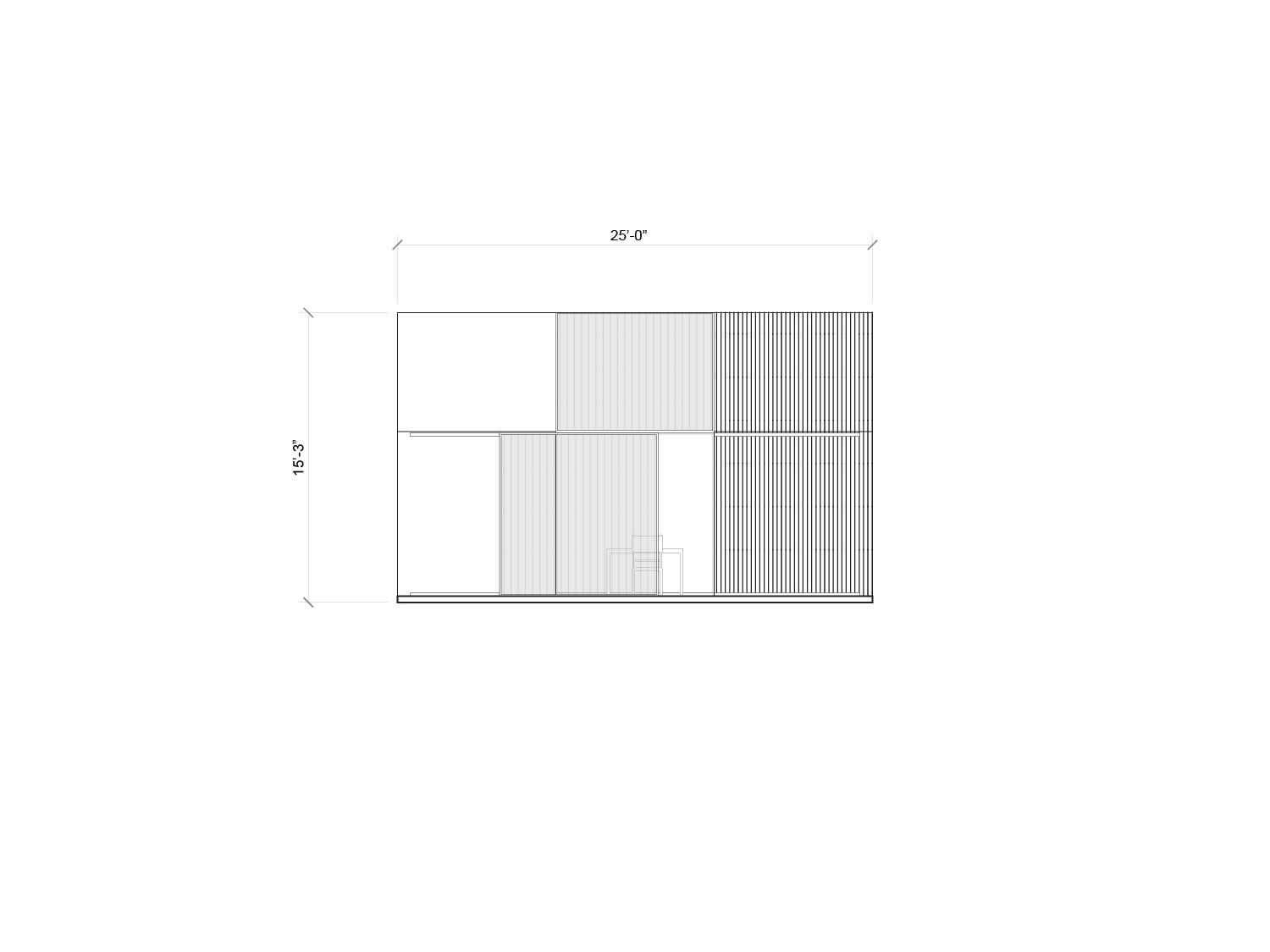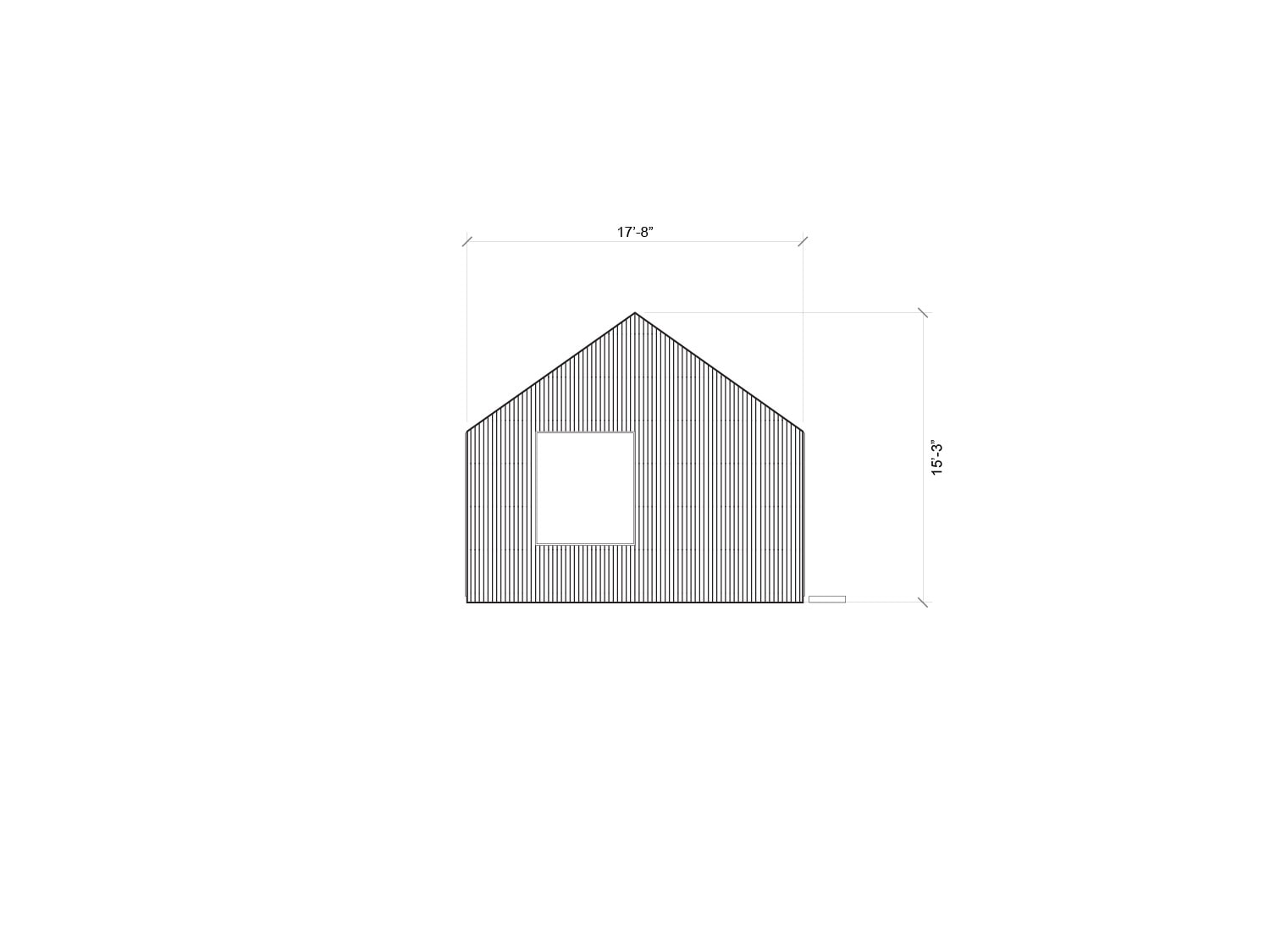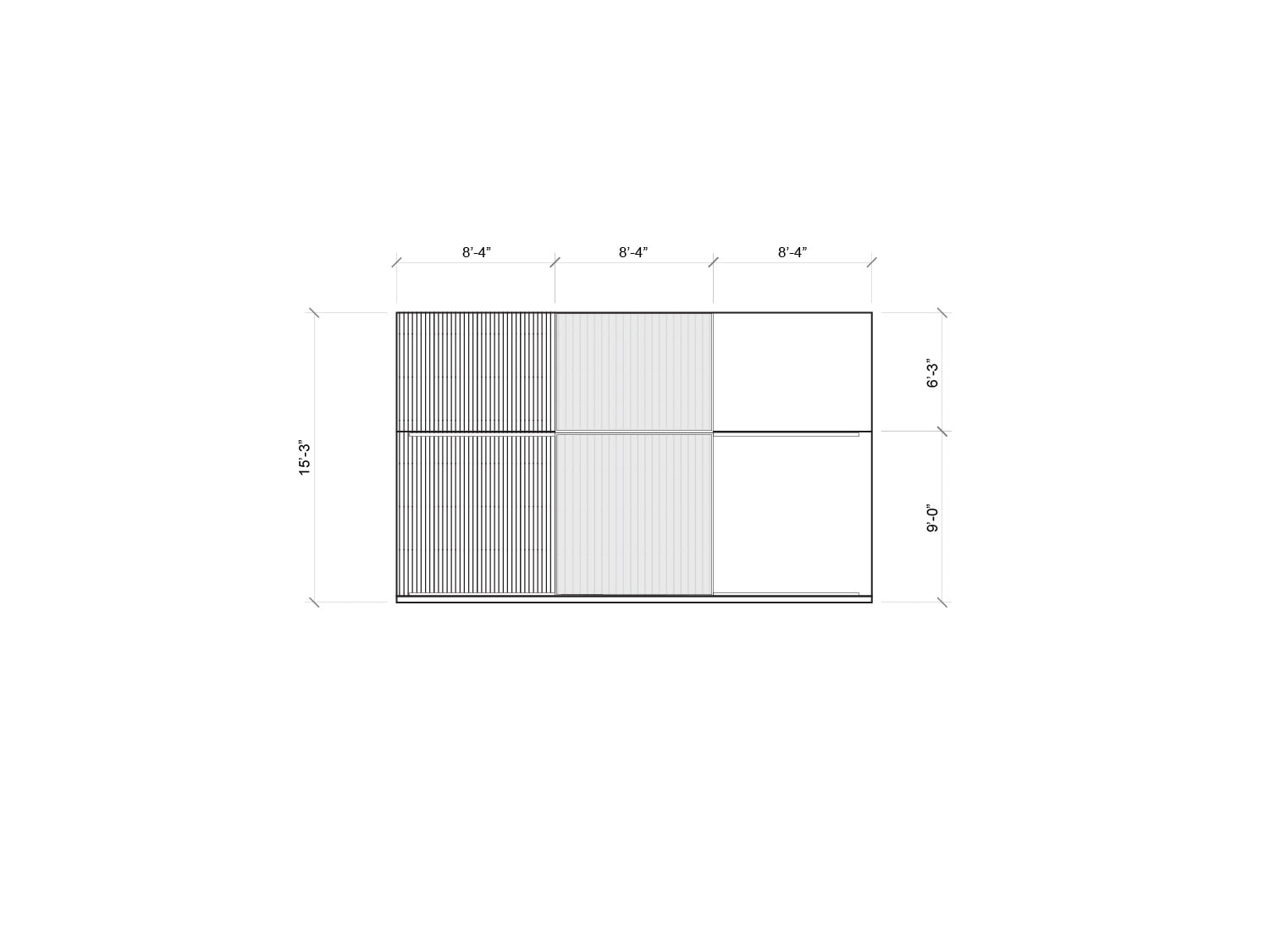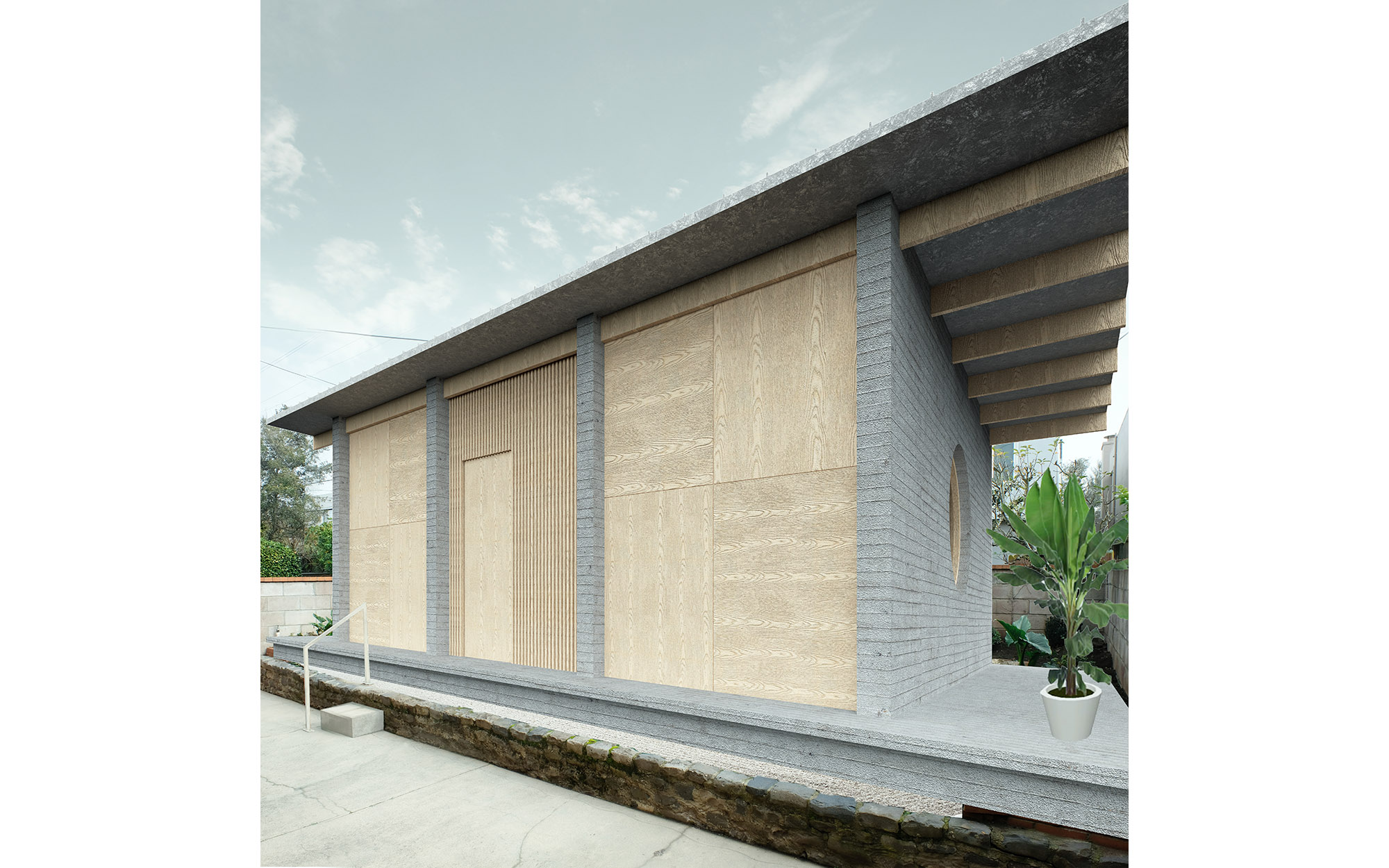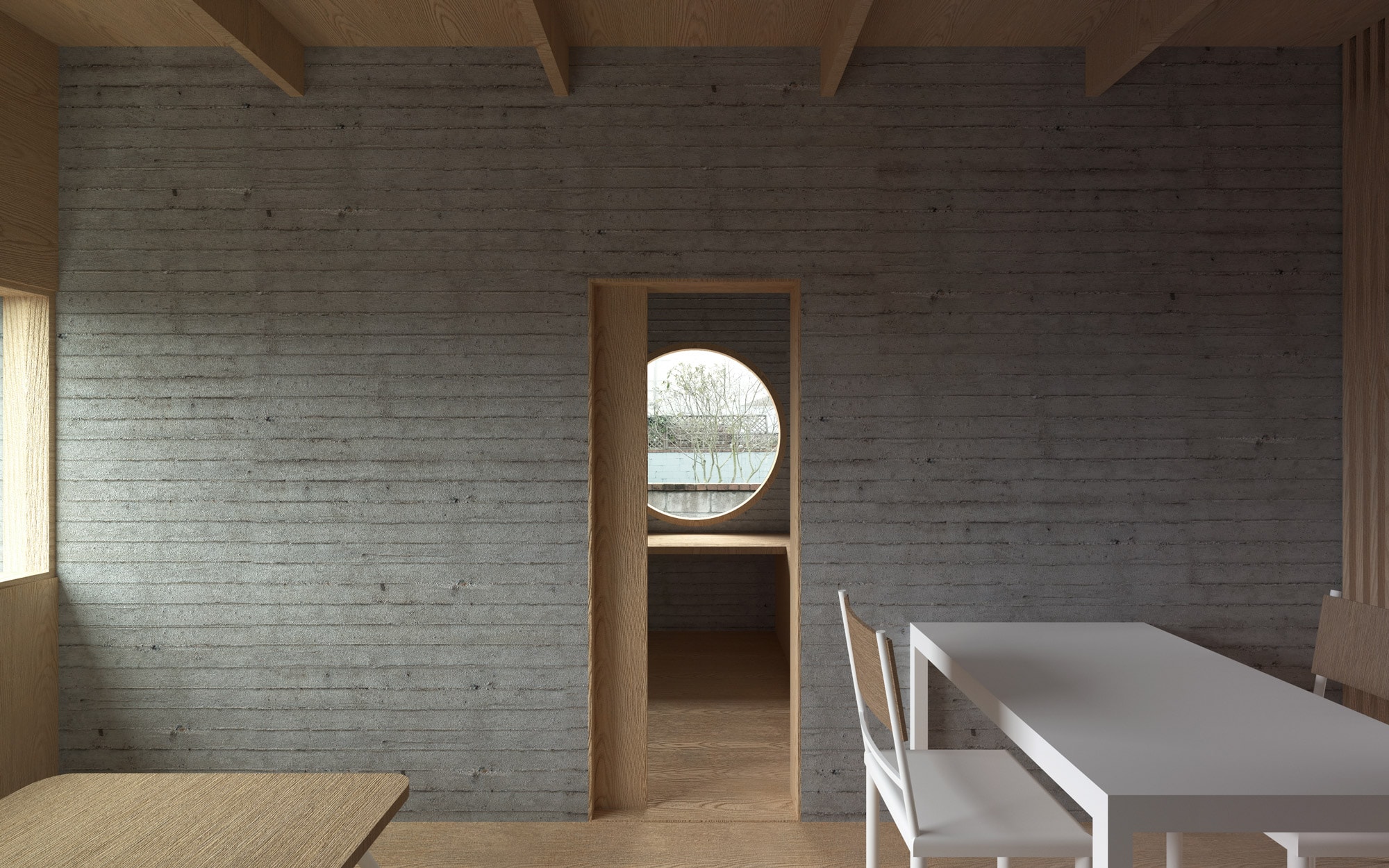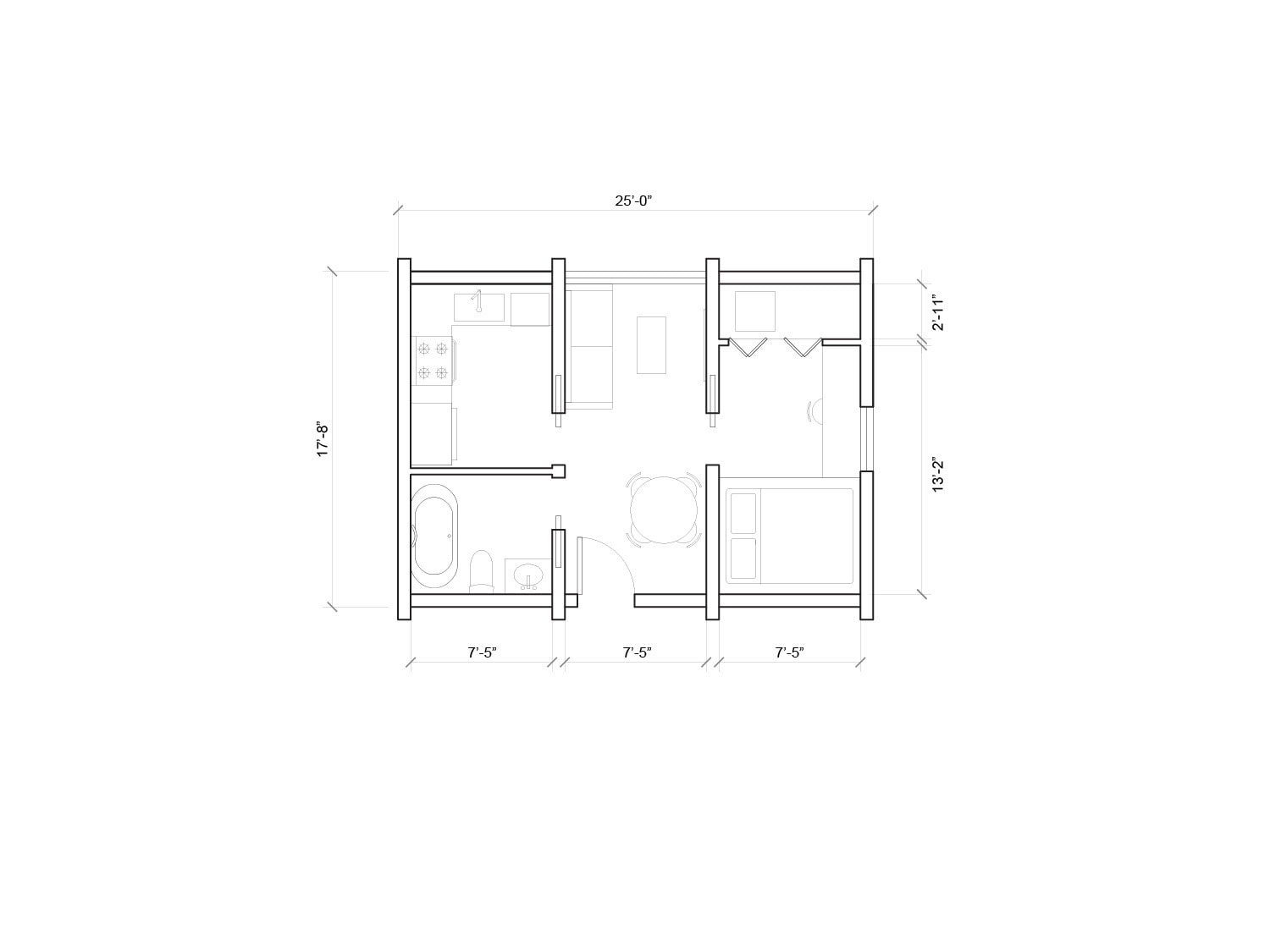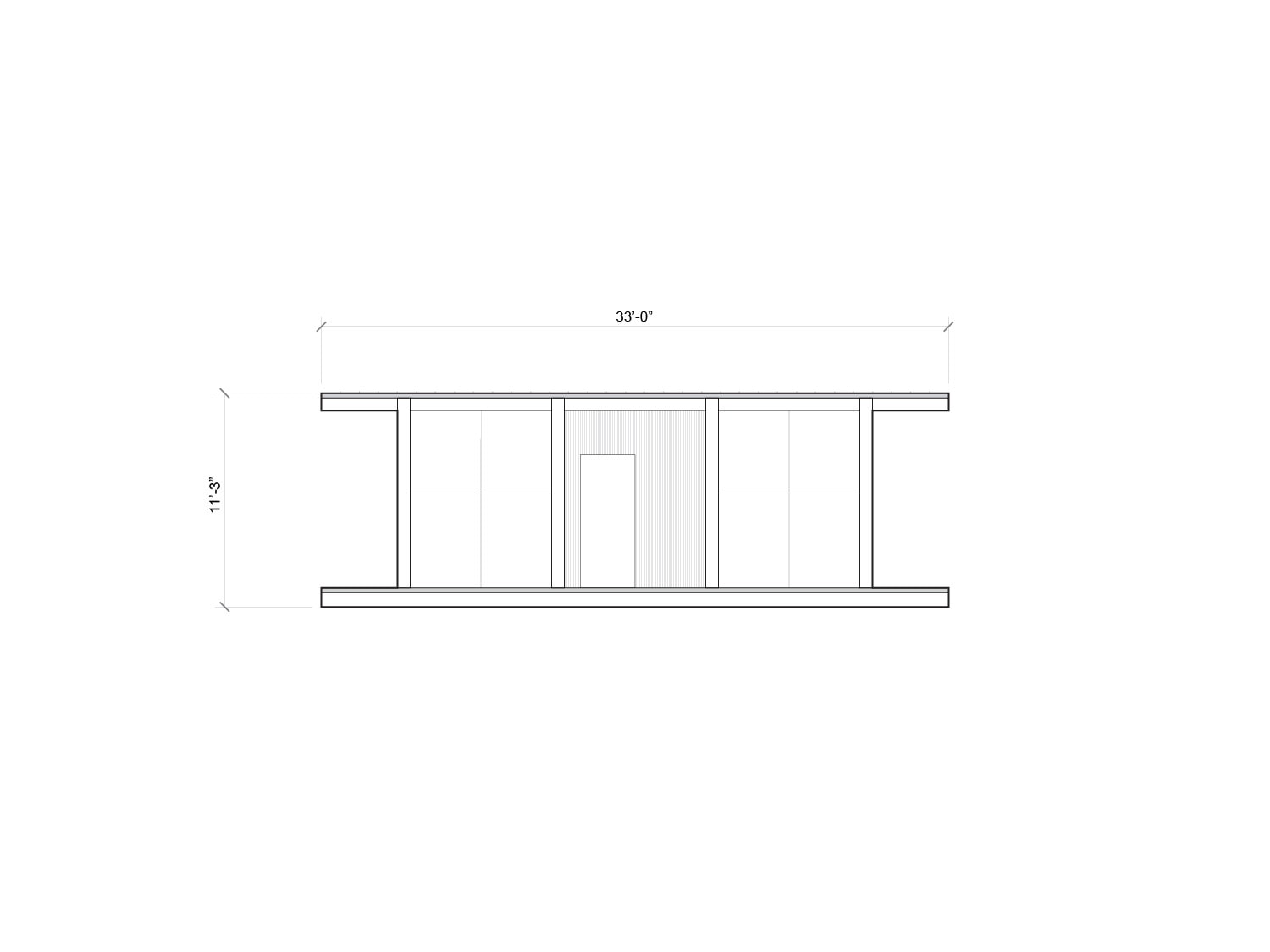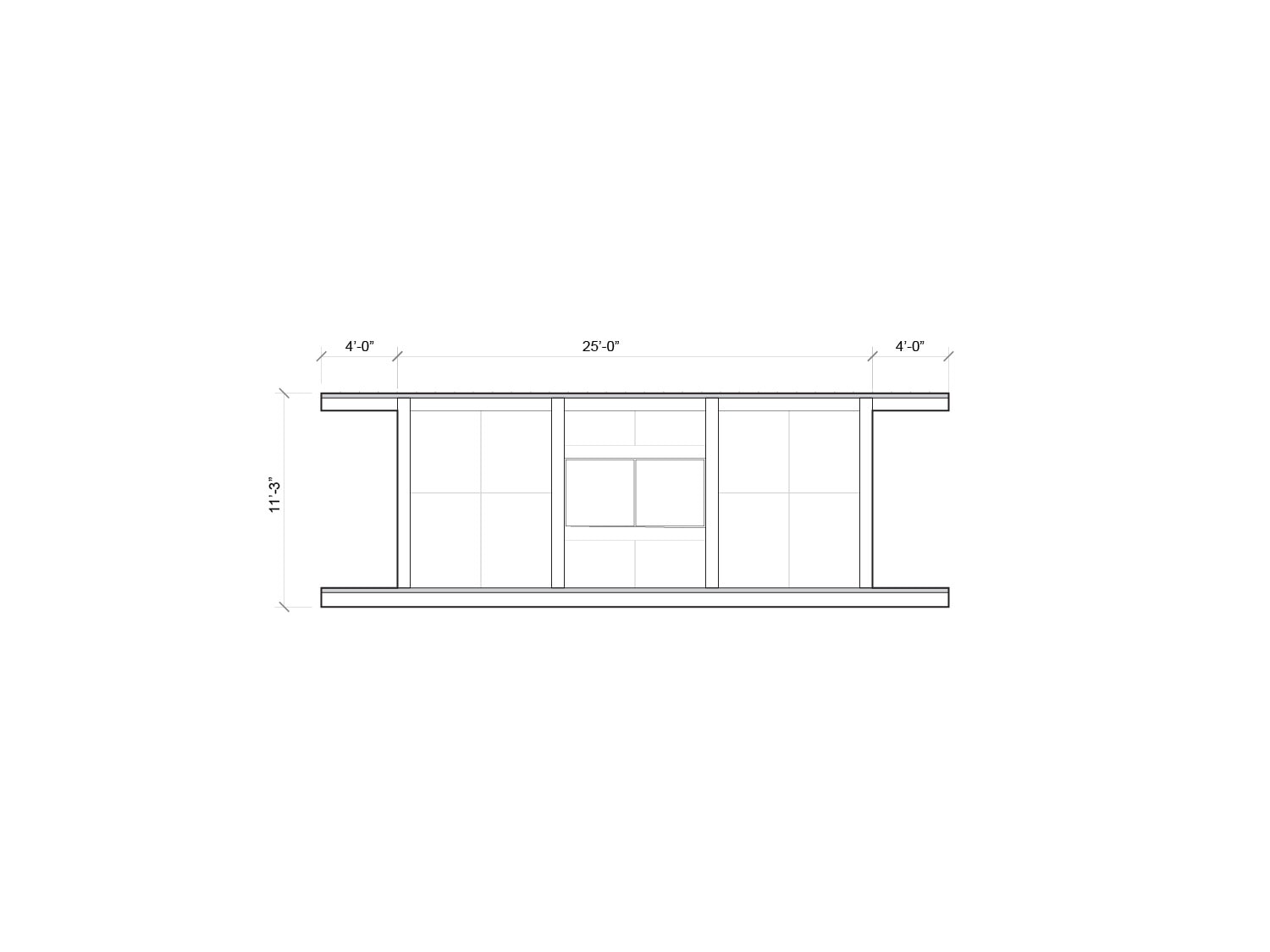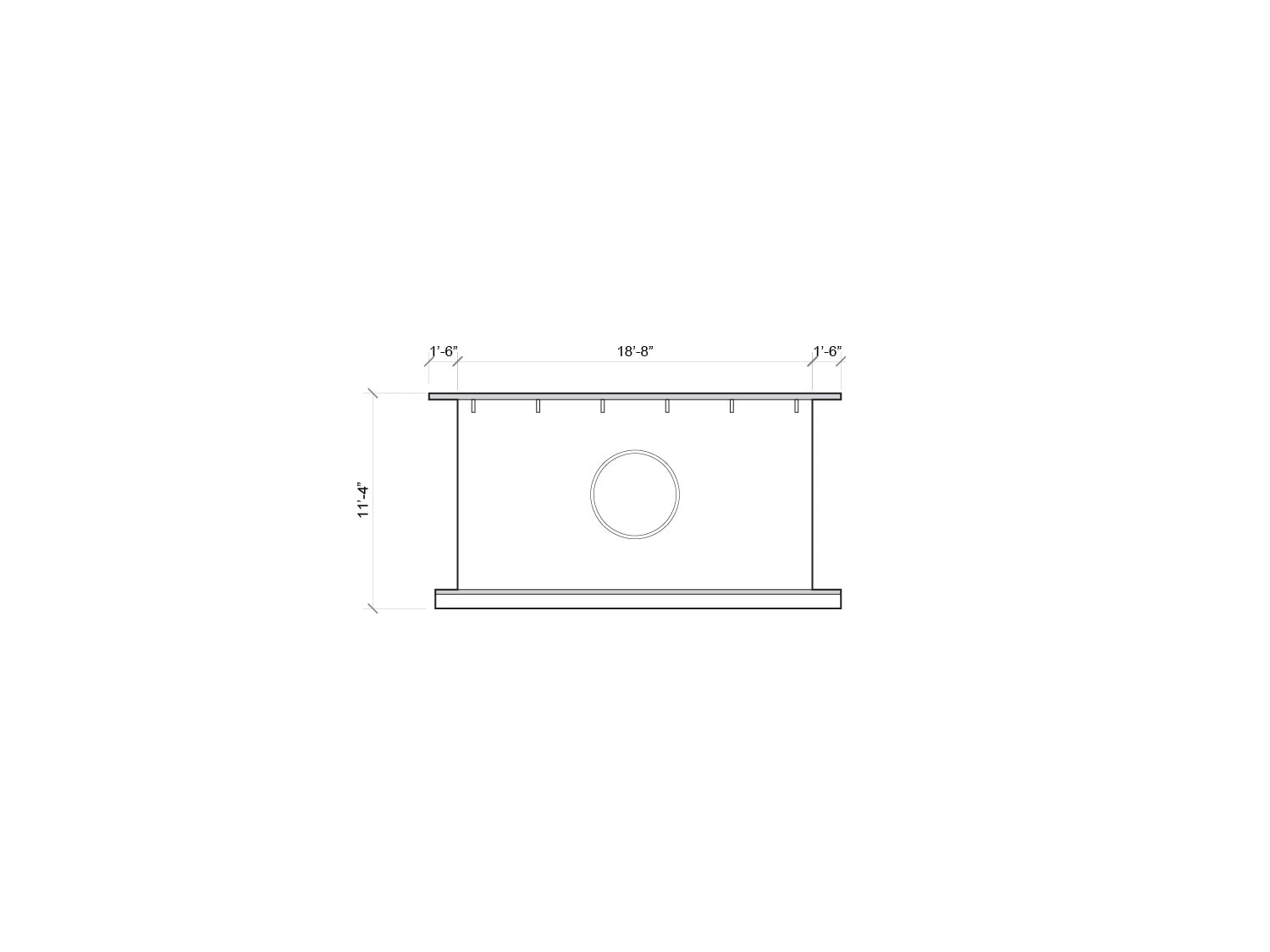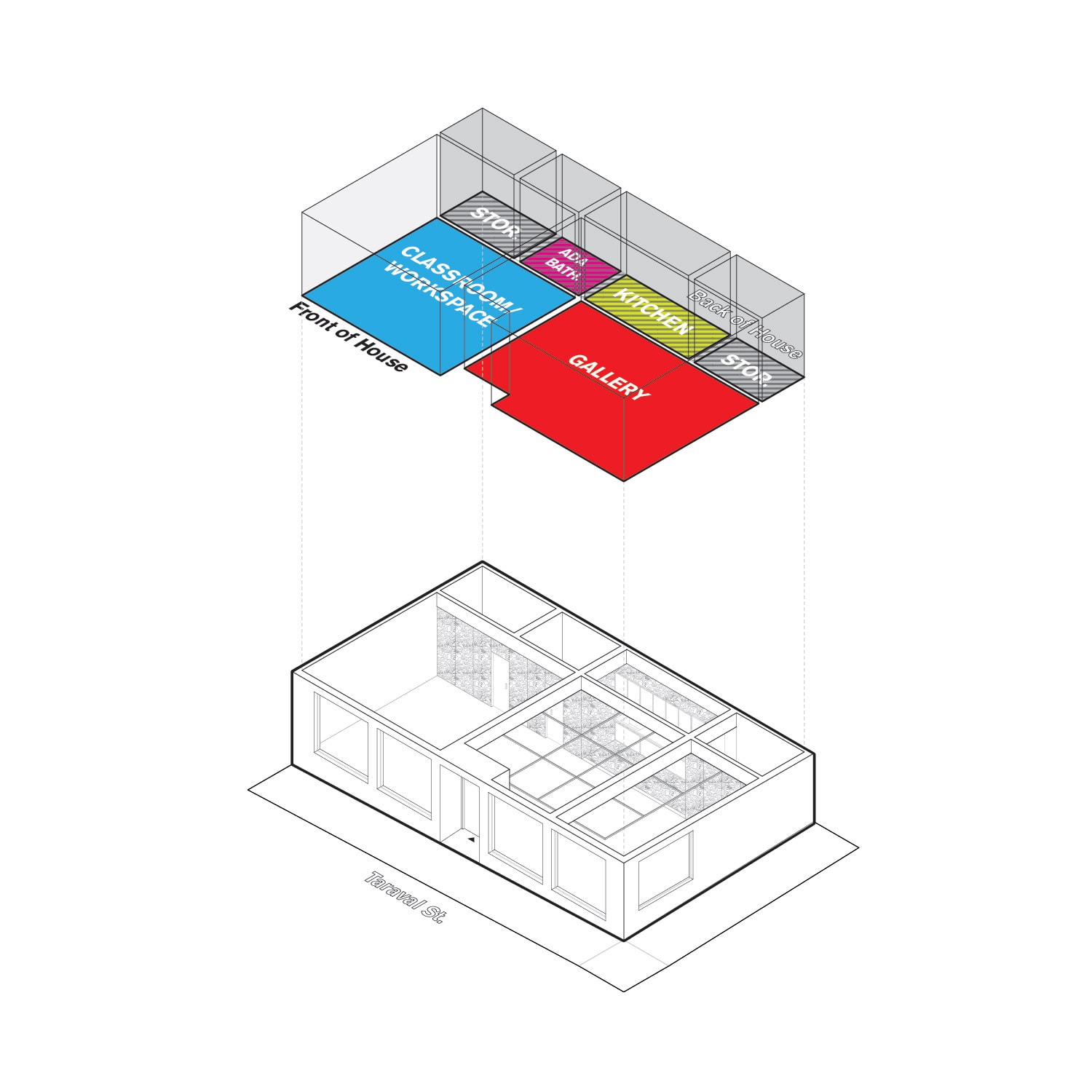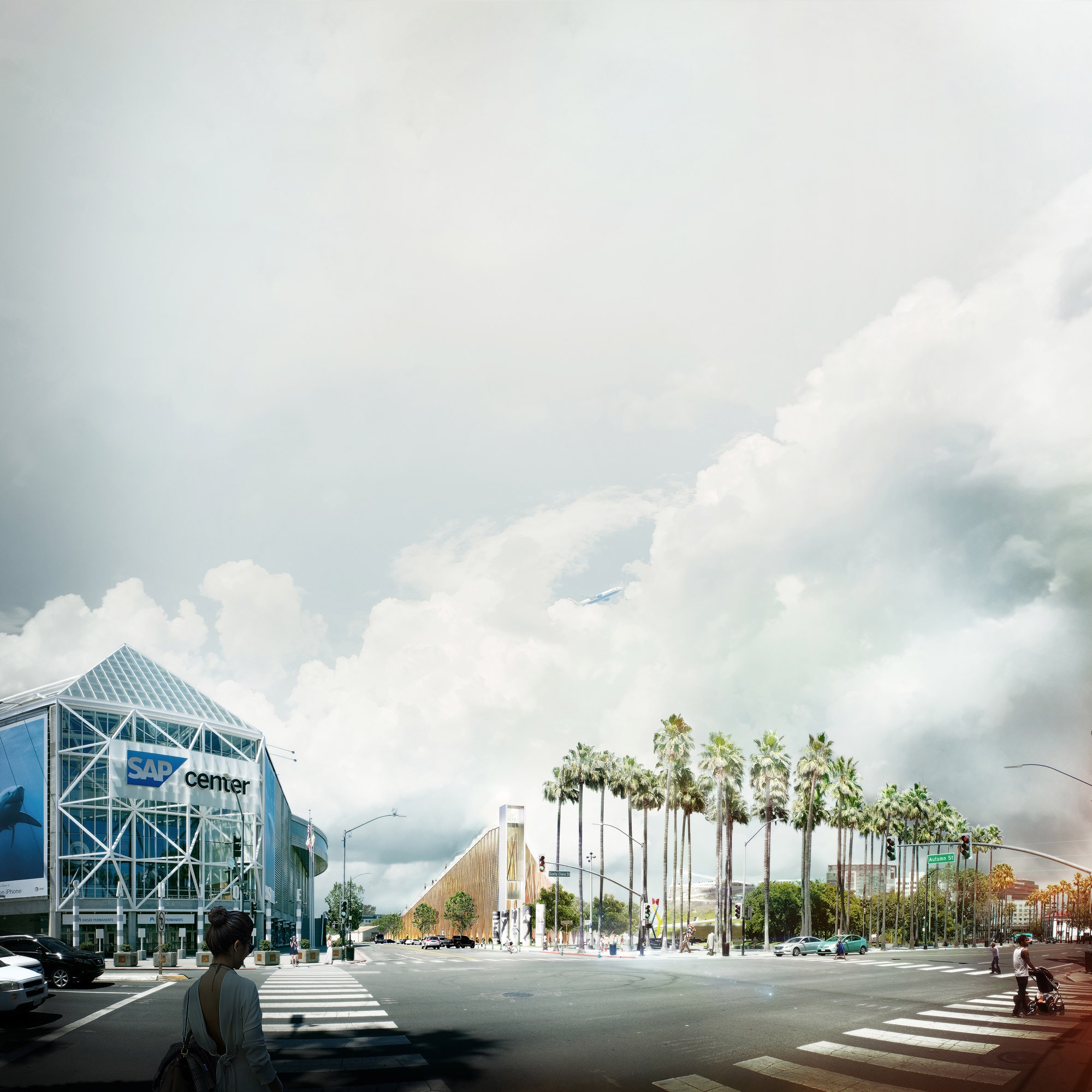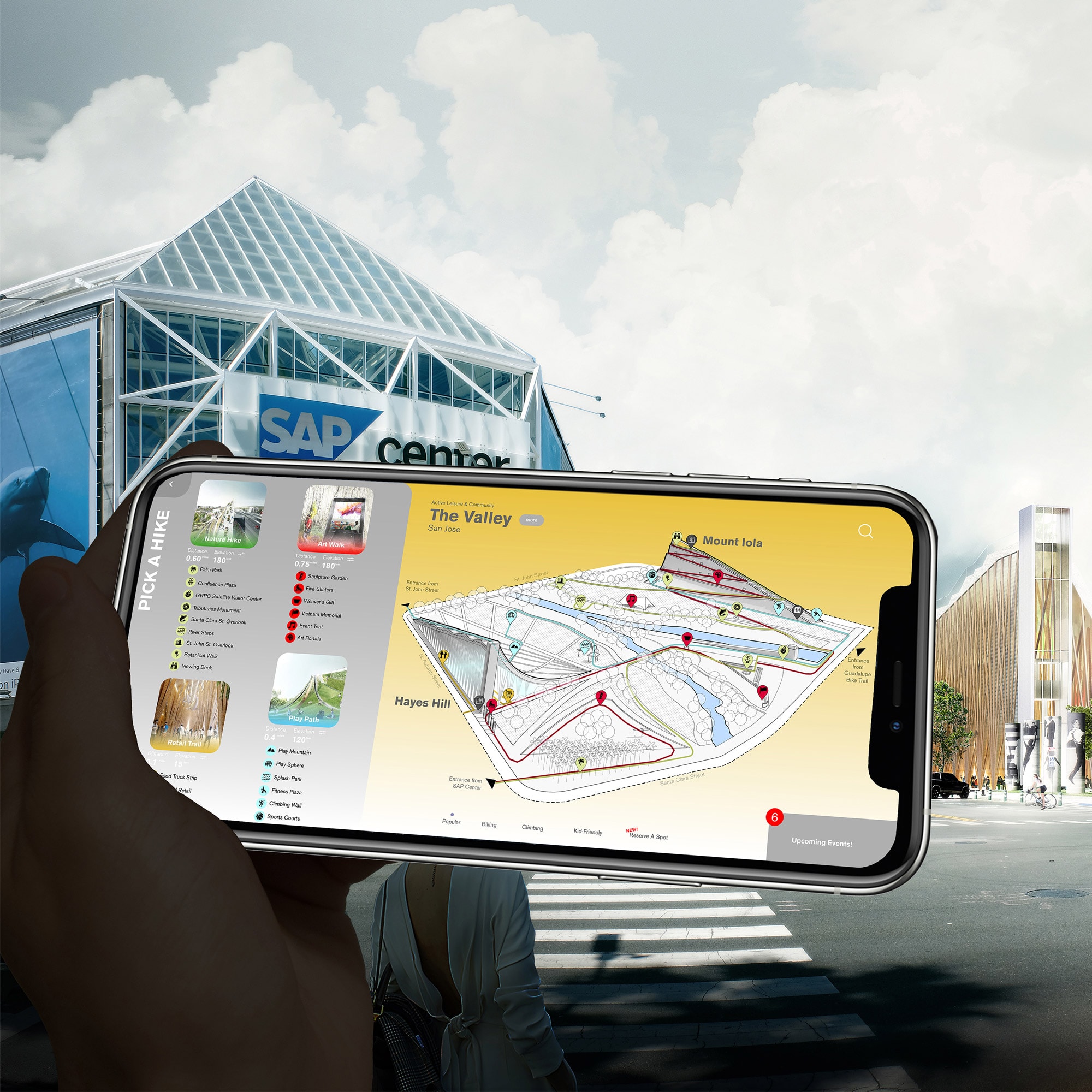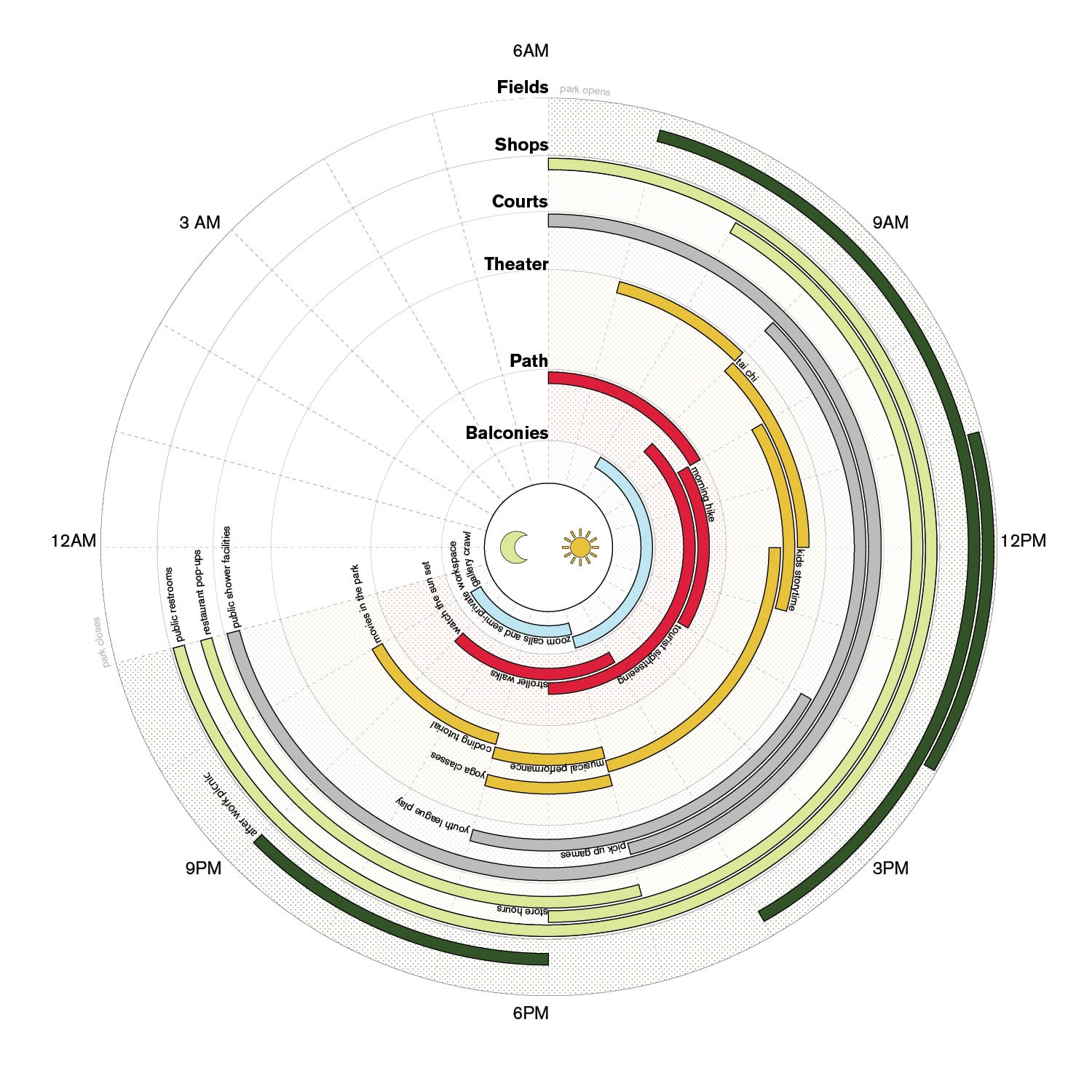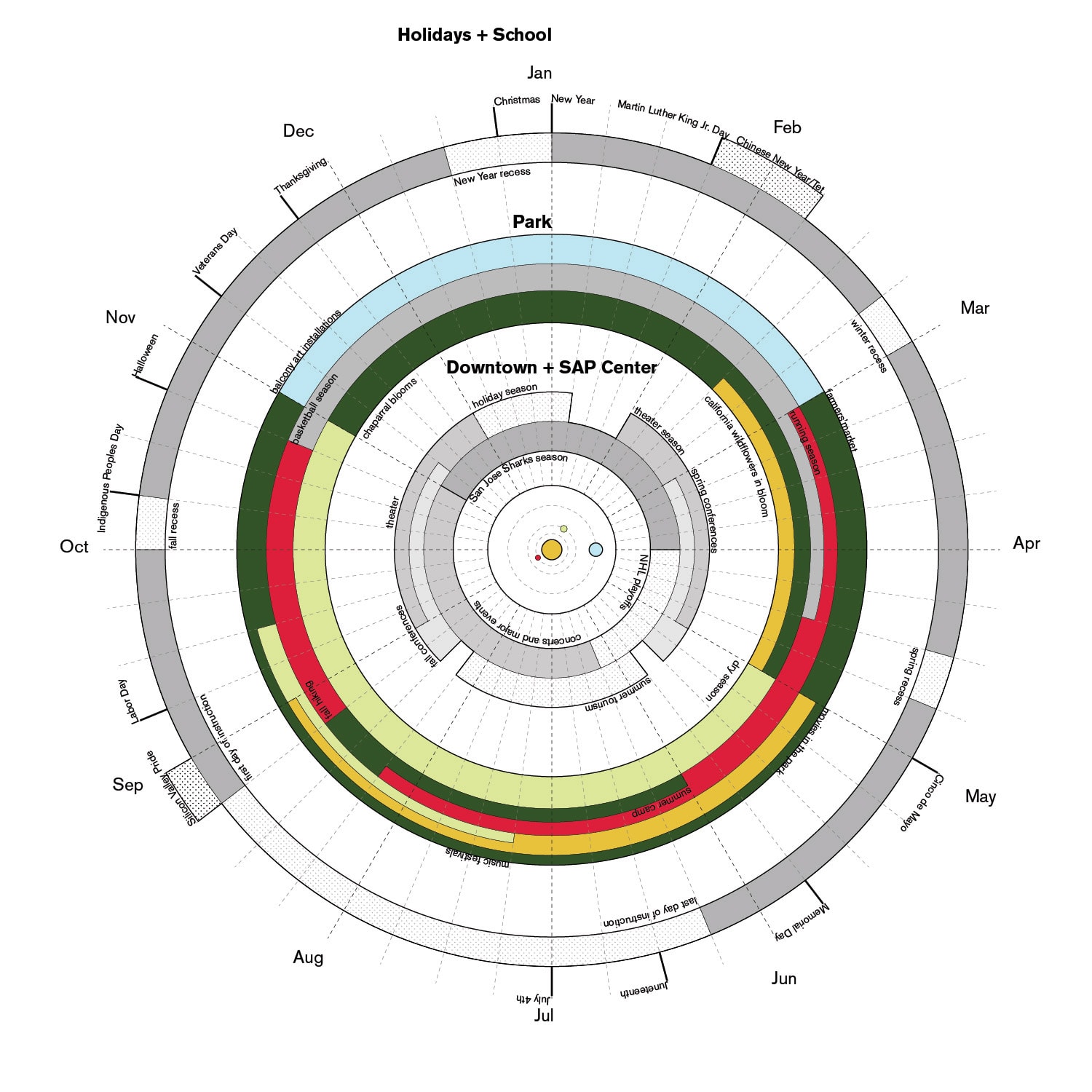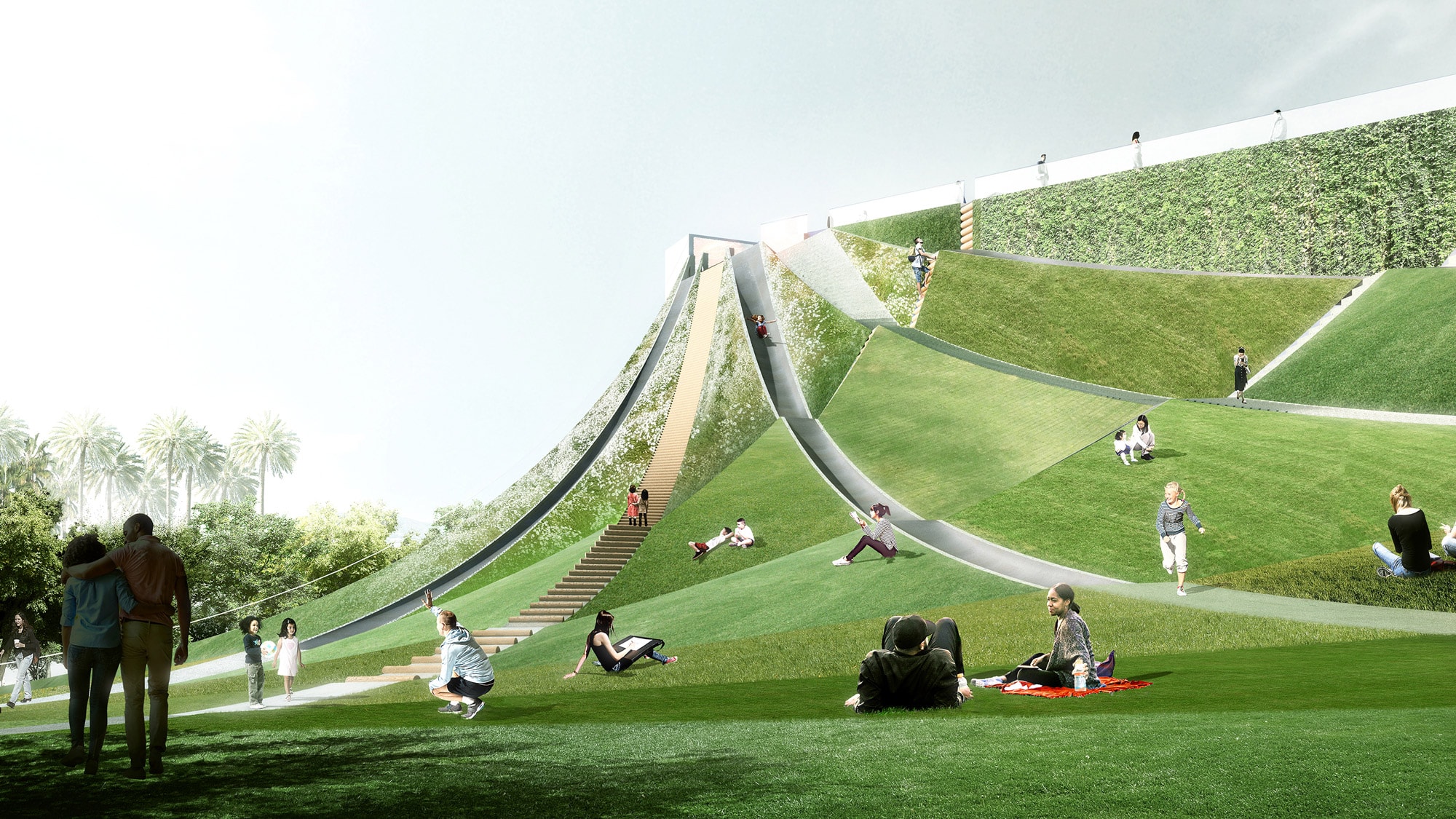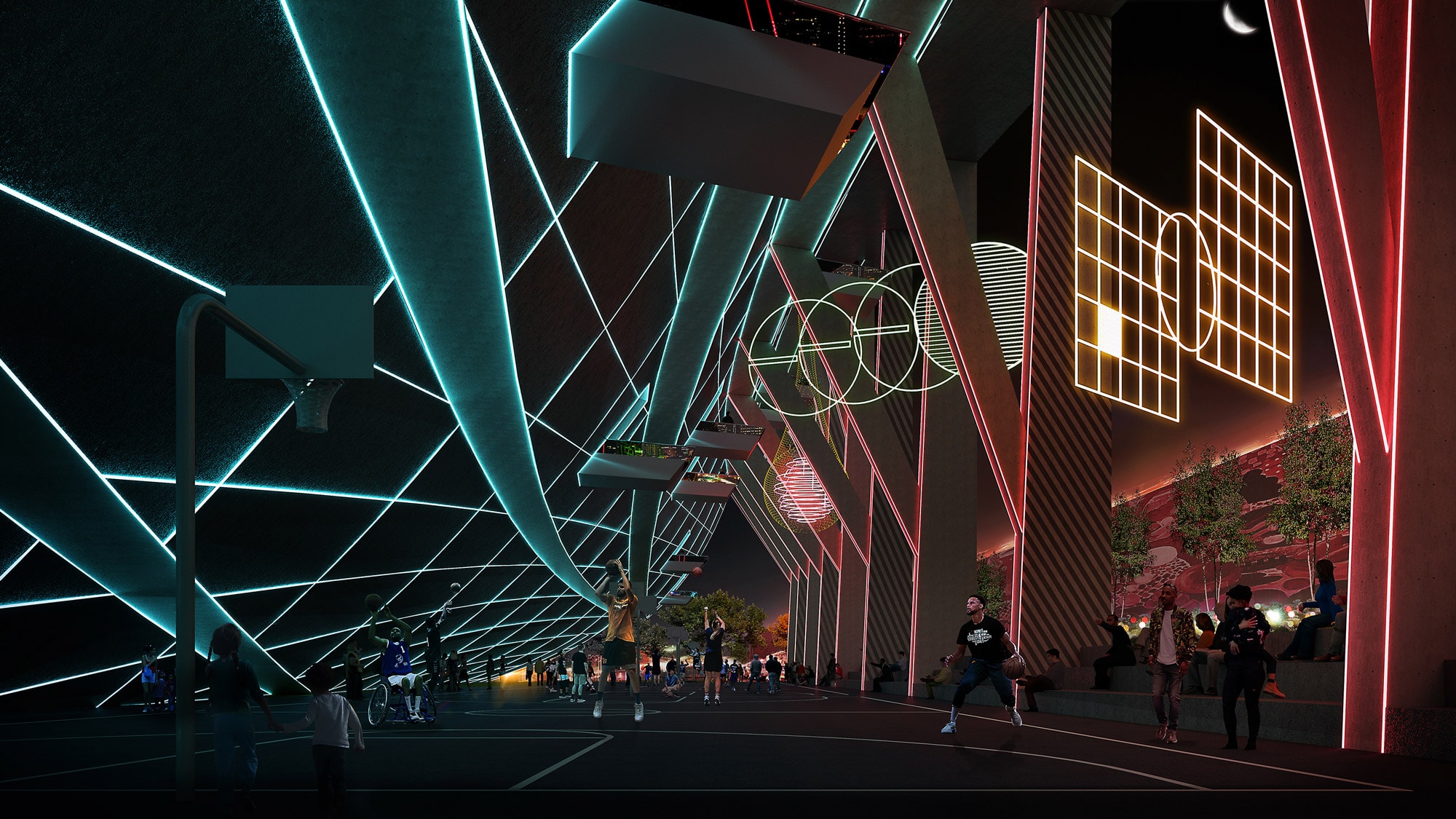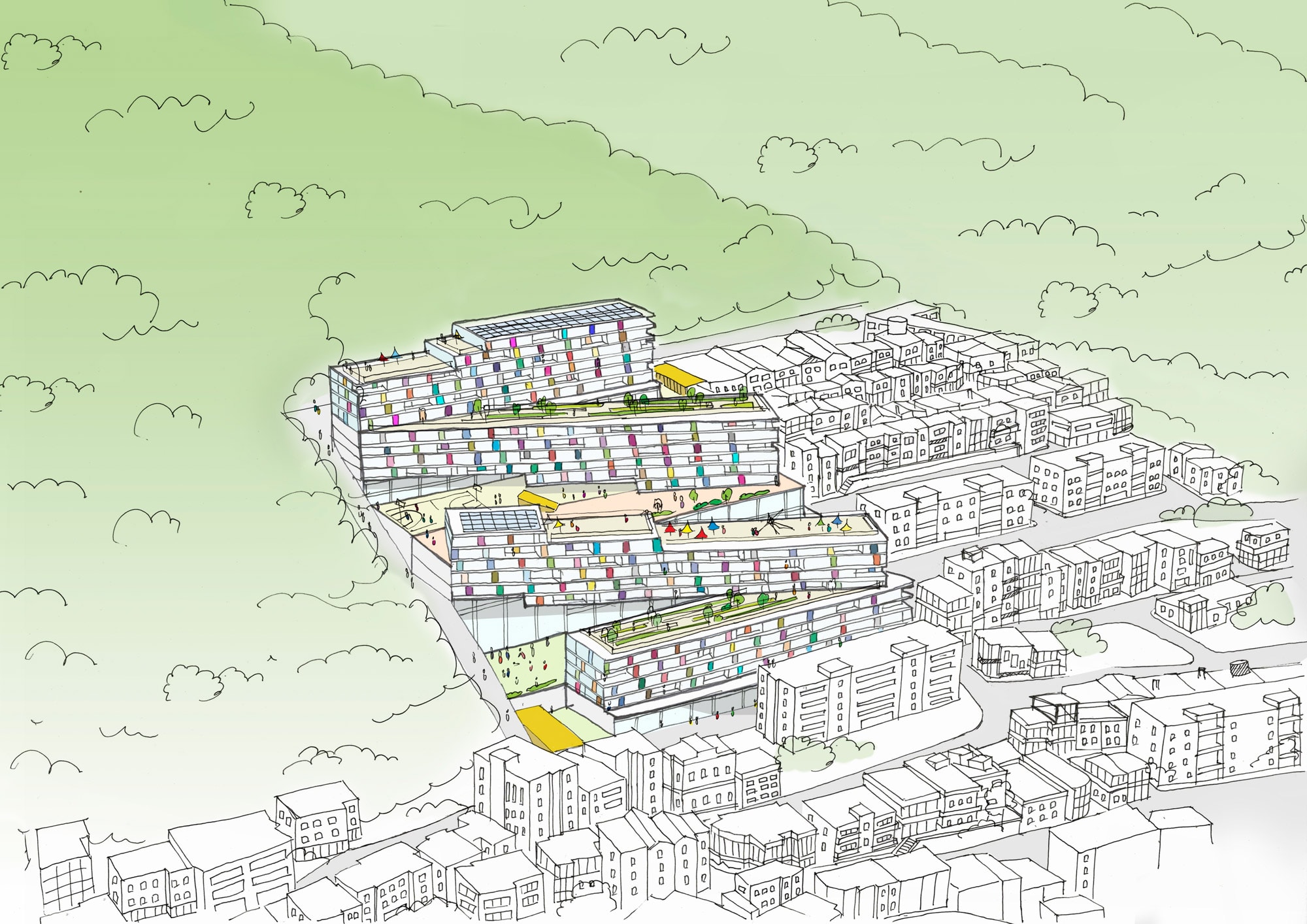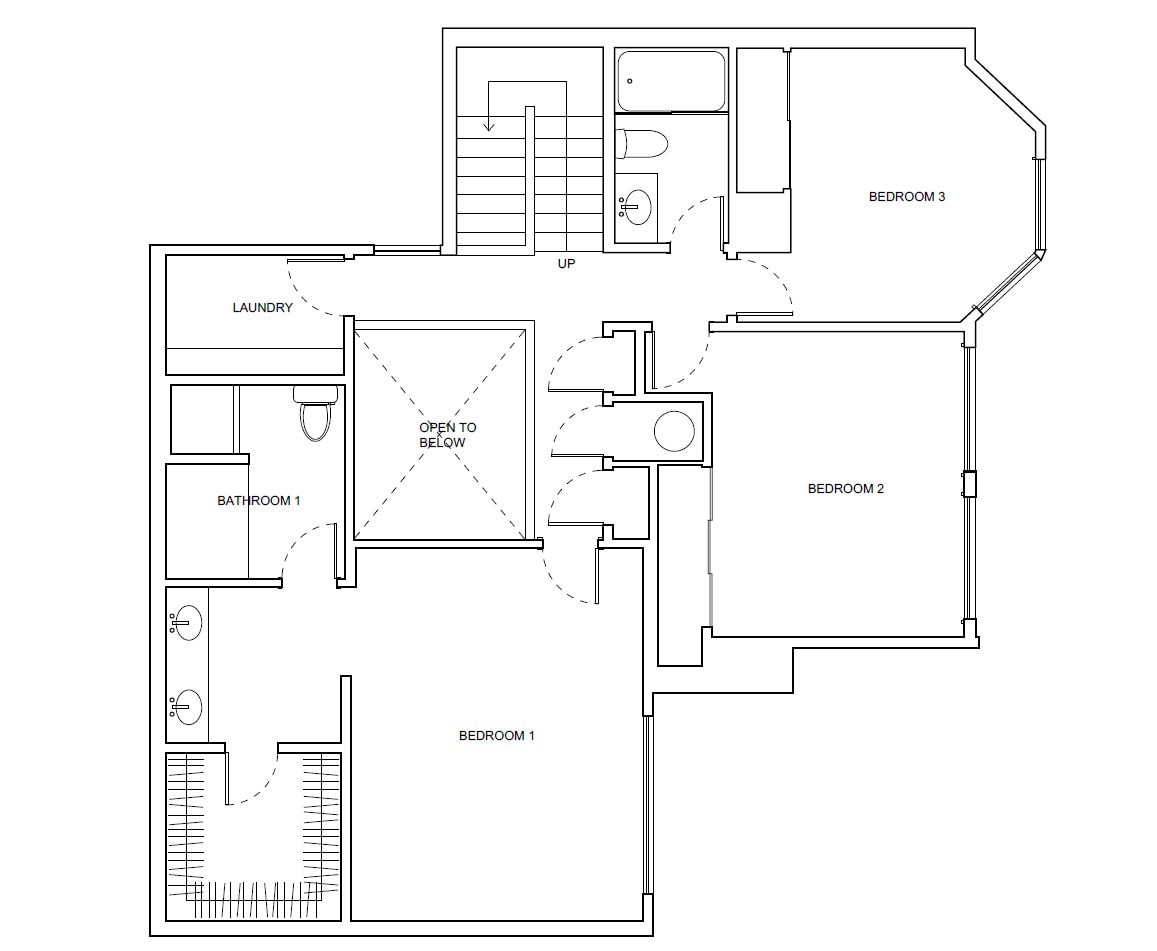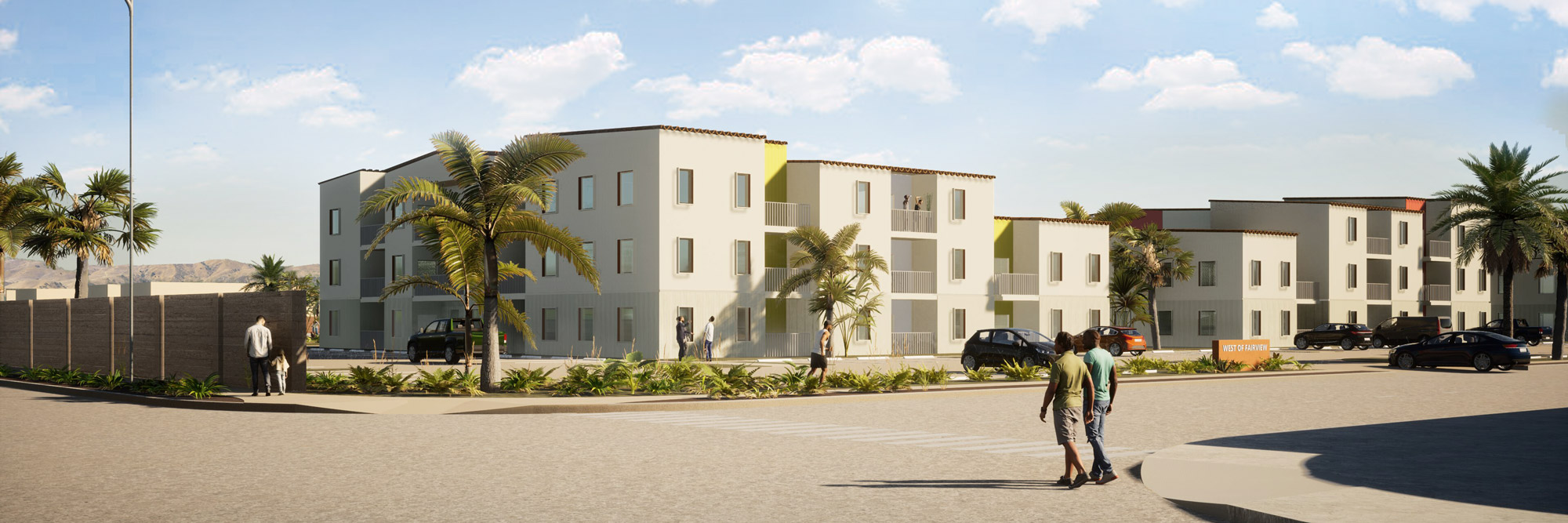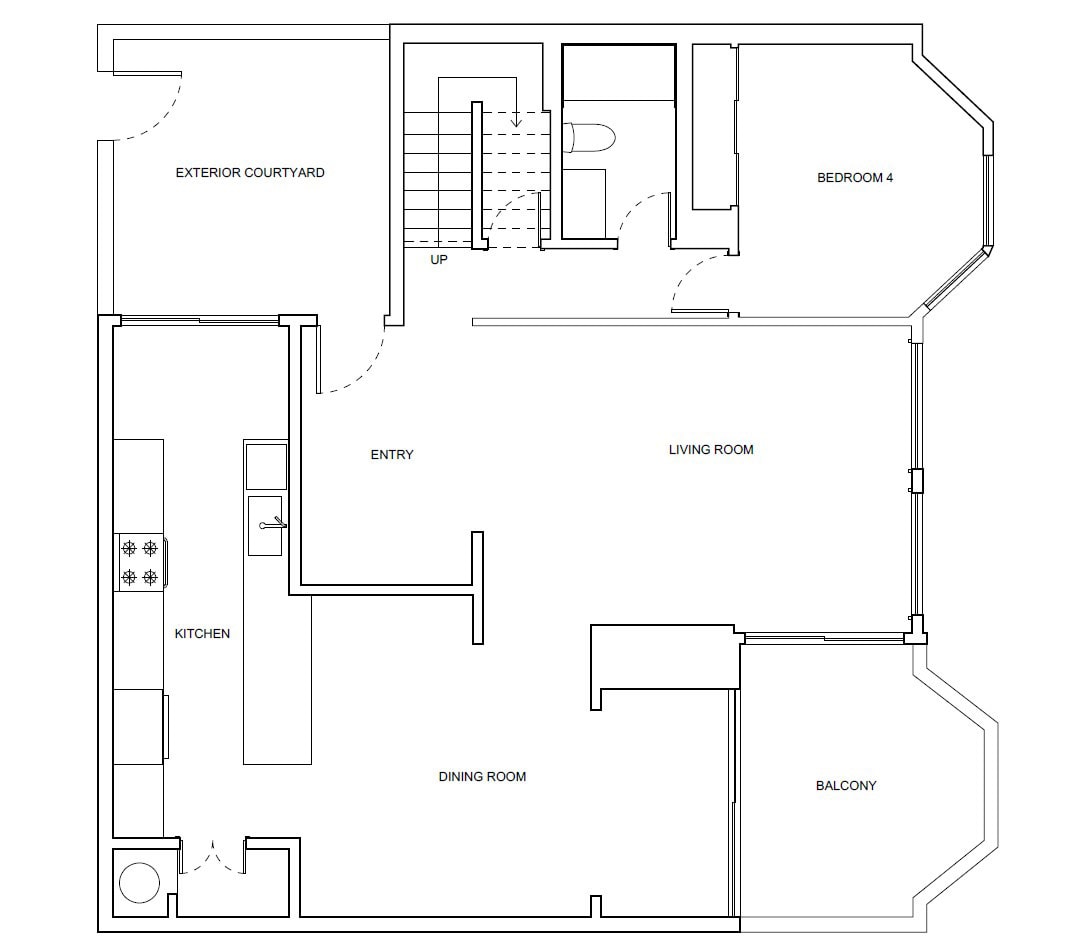-
Sunset Redevelopment
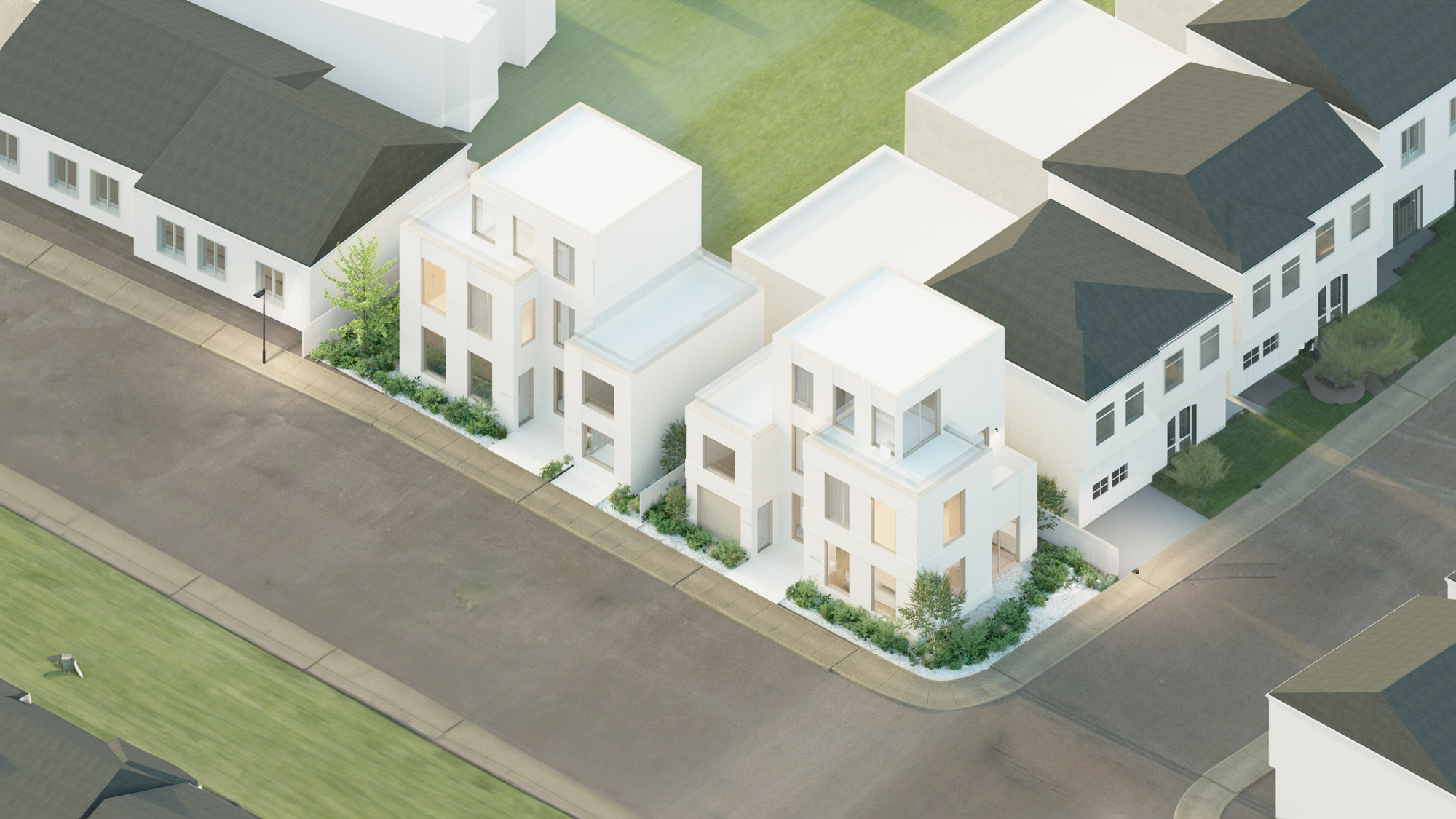
CO- was engaged to assess and imagine the redevelopment potential for a residential lot in San Francisco’s Sunset district. Taking advantage of recent policy changes that accommodate increased residential density, the project studies the feasibility of dividing the existing single-family lot into two separate lots.
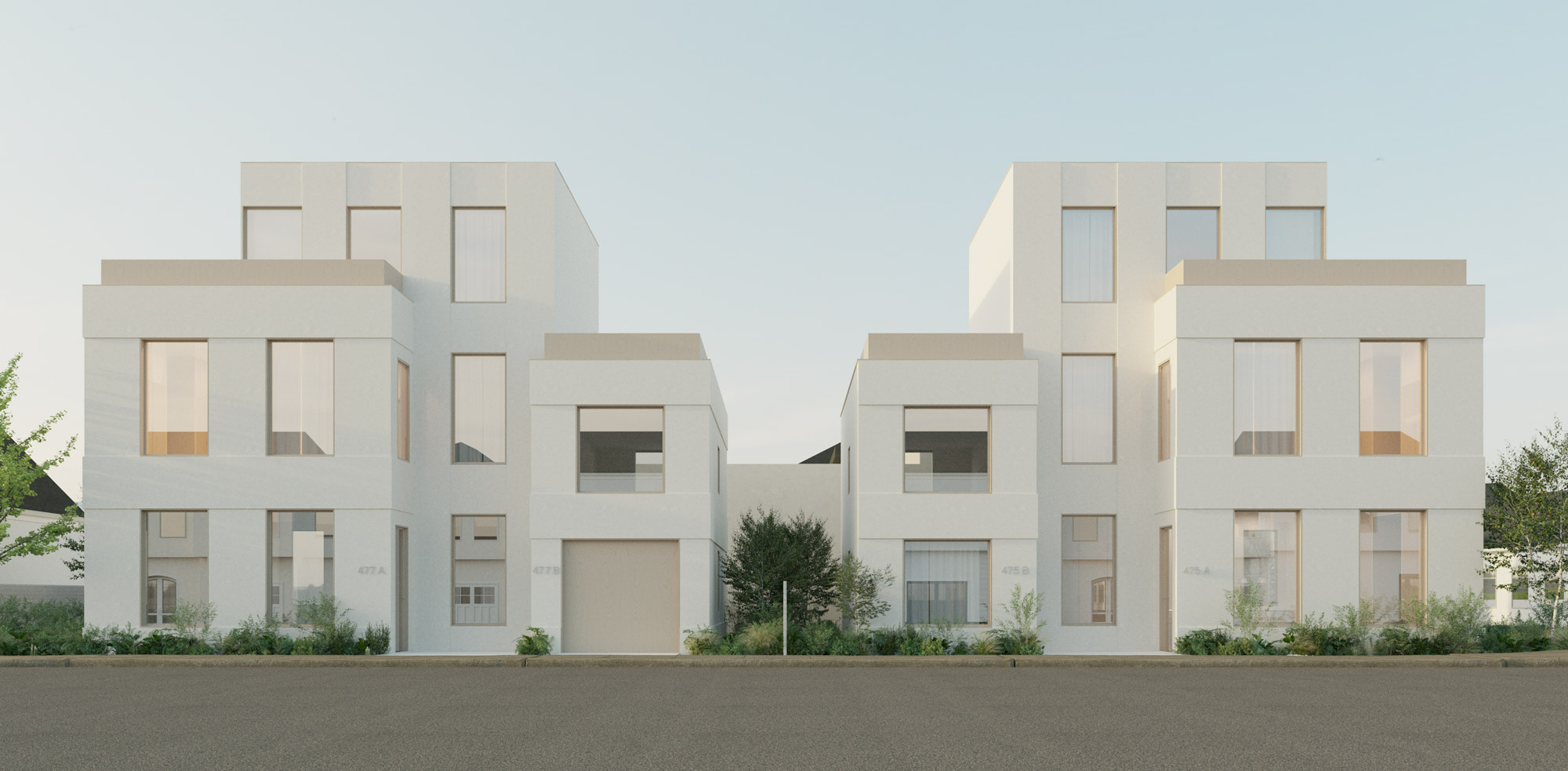
Two multi-story houses were designed for the re-parceled site. Both buildings bring a contemporary aesthetic that increases the architectural diversity and richness of the neighborhood while appealing to its residential nature.
The twin schemes are designed to accommodate a variety of unit configurations to address the client’s potential development and lifestyle goals. While the primary residences feature three bedrooms and three bathrooms across multiple floors, the ground floor can be configured to include an accessory dwelling unit (ADU), additional living space, or a garage.
-
Tenancy in Commons
Tenancy in Commons reimagines the traditional Western San Francisco Midblock building typology to accommodate various occupant types, family sizes, and ownership structures. Developed as a new model for as-of-right implementation that unlocks greater height limits for building, TIC works within the city’s regulations and urban culture to simultaneously accommodate a diversity of resident lifestyles and to streamline implementation. Specifically, it targets a need for safe, practical, and flexible housing options to serve multigenerational local San Francisco families who face displacement.
The project recalibrates the standard 3-story, 25’-wide infill lot with five adjustments to the vernacular. These adjustments are proposed as requirements within the planning and building code to unlock a height increase from 40’ to 50’.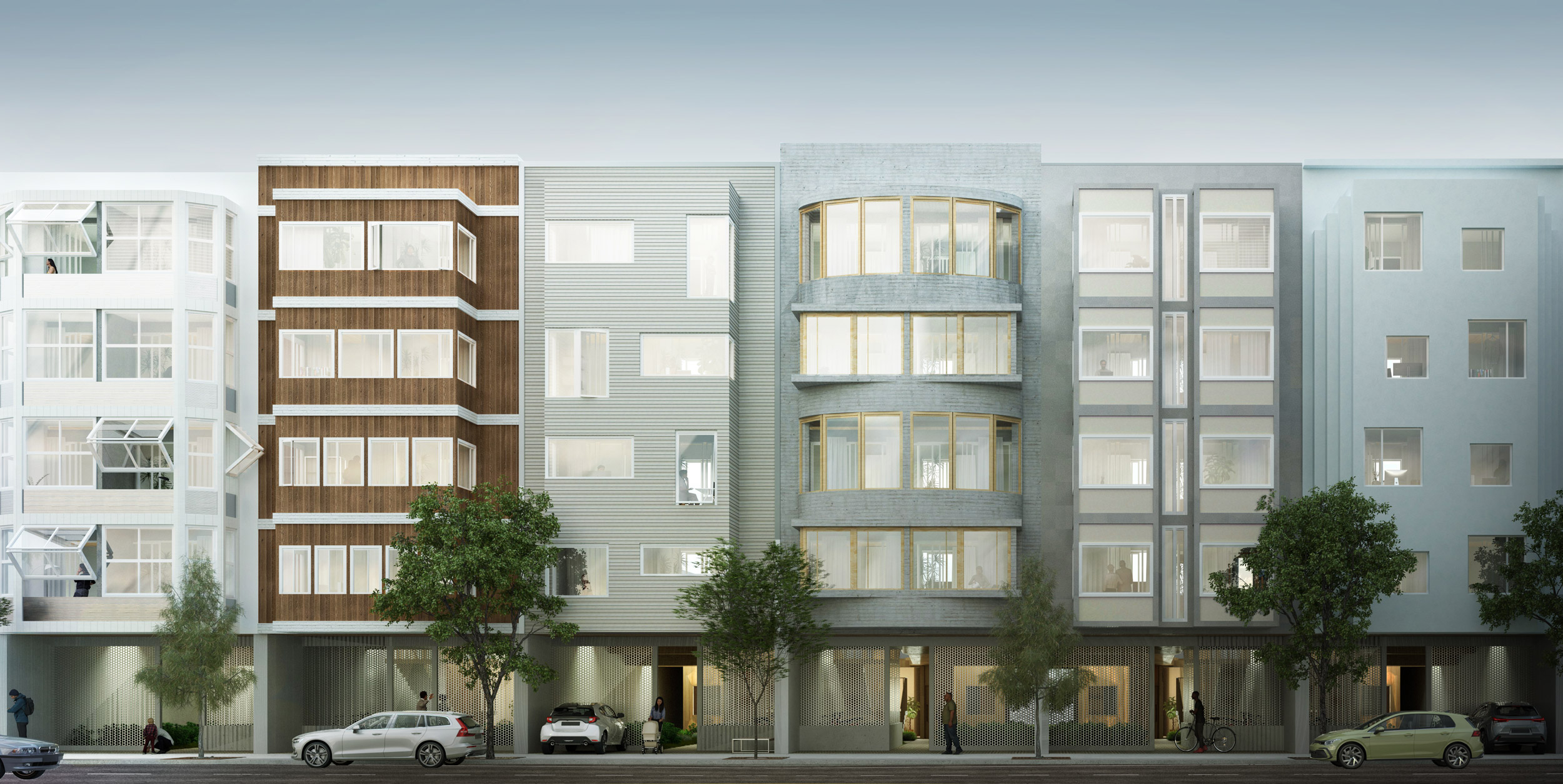
Integrated Dwelling Unit (IDU)
On the ground floor, the massing is shifted towards the rear yard, where an integrated dwelling unit (IDU) is established to accommodate residents who need ground-floor access. Planning Code Section 142, which requires all off-street parking to be screened from view is eliminated.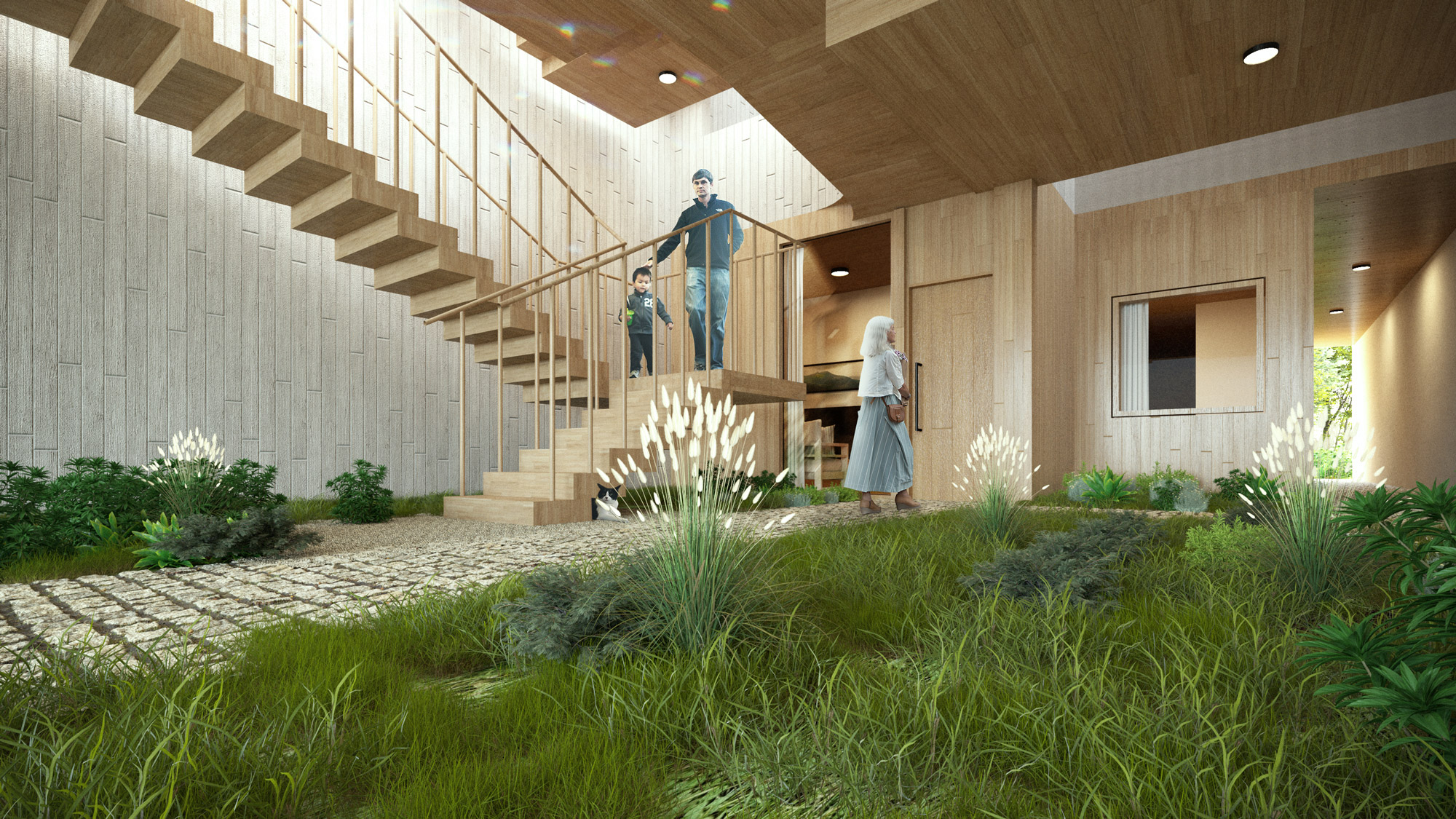
Companion Units
Above ground floors are subdivided into two Companion Units. Companion Units have separate living and bathing spaces but share a main entrance and secondary exit.Commons
Companion Units share a kitchen and collective space around a Commons located at the core of the building. The Commons allows for flexible sharing of space to support multigenerational households and non-traditional family structures.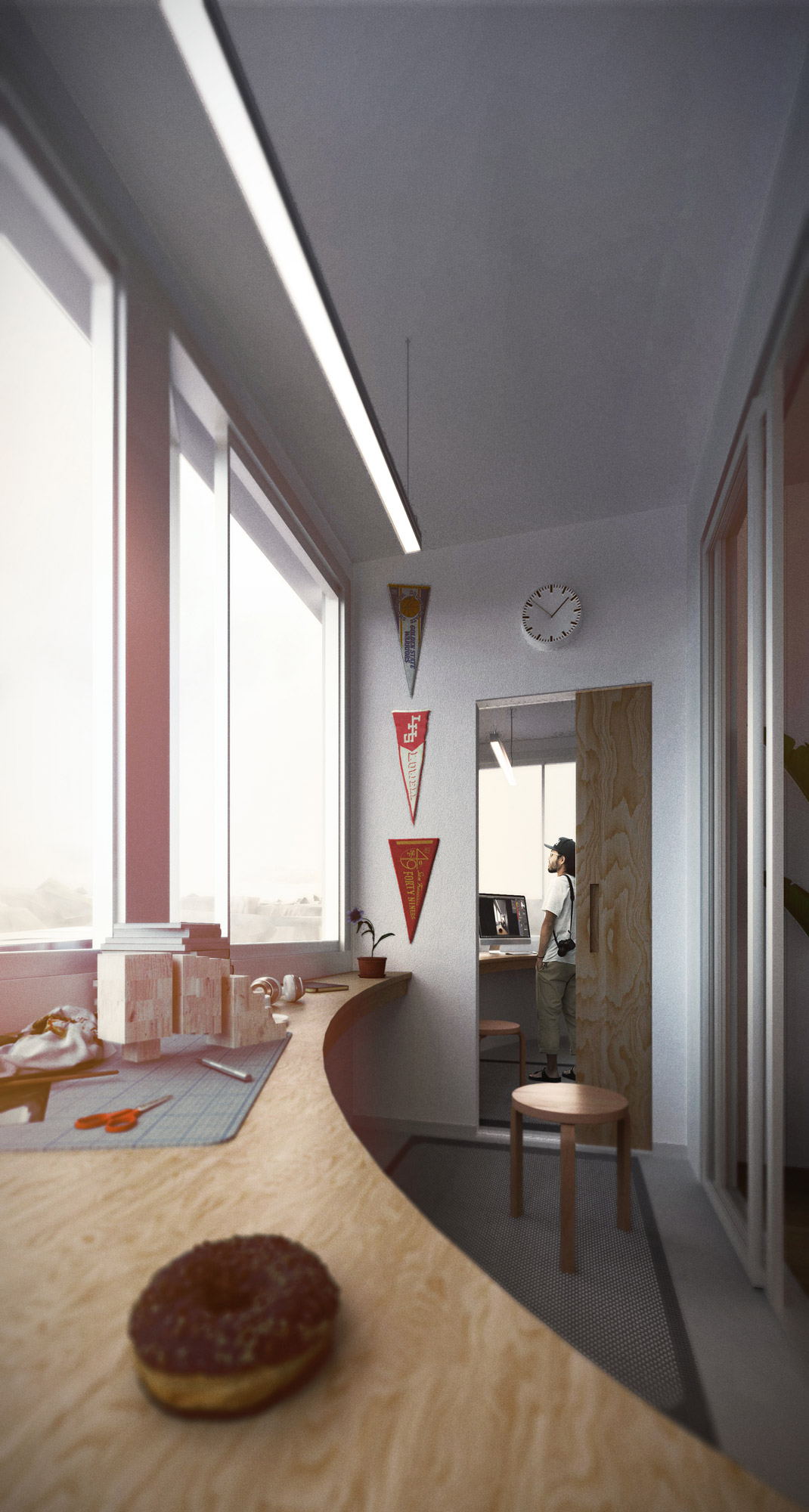
Bay Workshop
Bay Workshops create a buffer between the street or rear yard and the private dwellings. These narrow, sunlit rooms offer places to work, study, exercise, or create. As an evolution of the iconic bay window, these chambers fuse a key element of San Francisco’s lasting architectural character with the programmatic necessities of the modern domestic condition and work-from-home lifestyle.Rear Yard Setback
A progressive rear yard setback to ensure that adequate light and air reach the mid-block open space. The resulting terraces are accessible to all units and create opportunities for the community to interact at the scale of the block.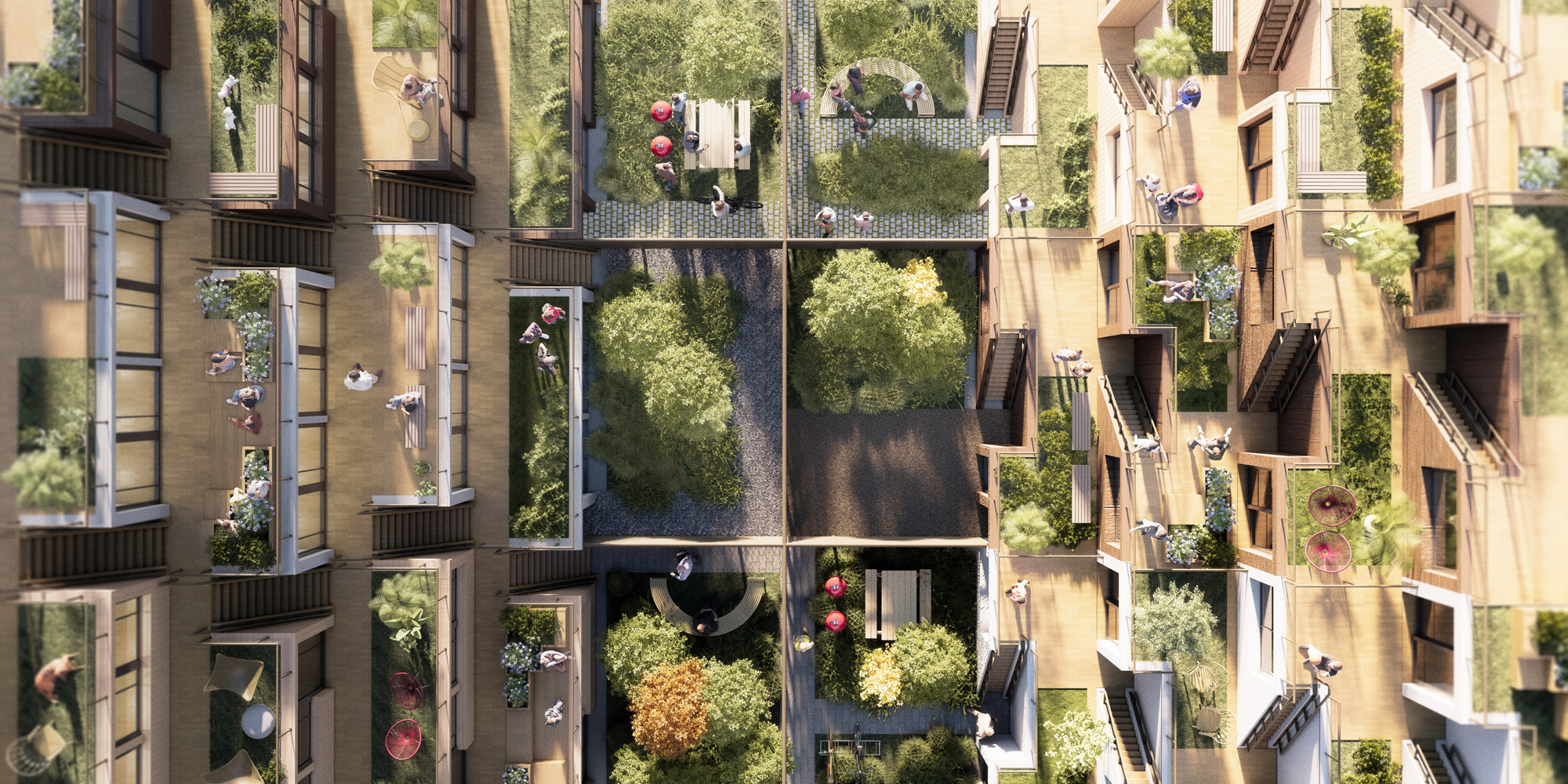
Together, these moves provide an avenue to developing vital unit density and flexibility, while maintaining and improving the character of both the streetside and mid-block frontages that are distinctive of San Francisco’s residential architecture and urban fabric. The type is compatible with the existing construction culture and requirements of the city and can be used for new construction or deployed as an outcome of adapting existing buildings.
-
Treasure Island Master Planning
Treasure Island is a 400-acre artificial island built by the Army Corps of Engineers in 1936-37 in San Francisco Bay. In 2011, a masterplan for the island was developed and approved by the City of San Francisco. CO- was commissioned by the master developer of the island to rethink issues of density, urban quality, and open space for 8,000 planned units.
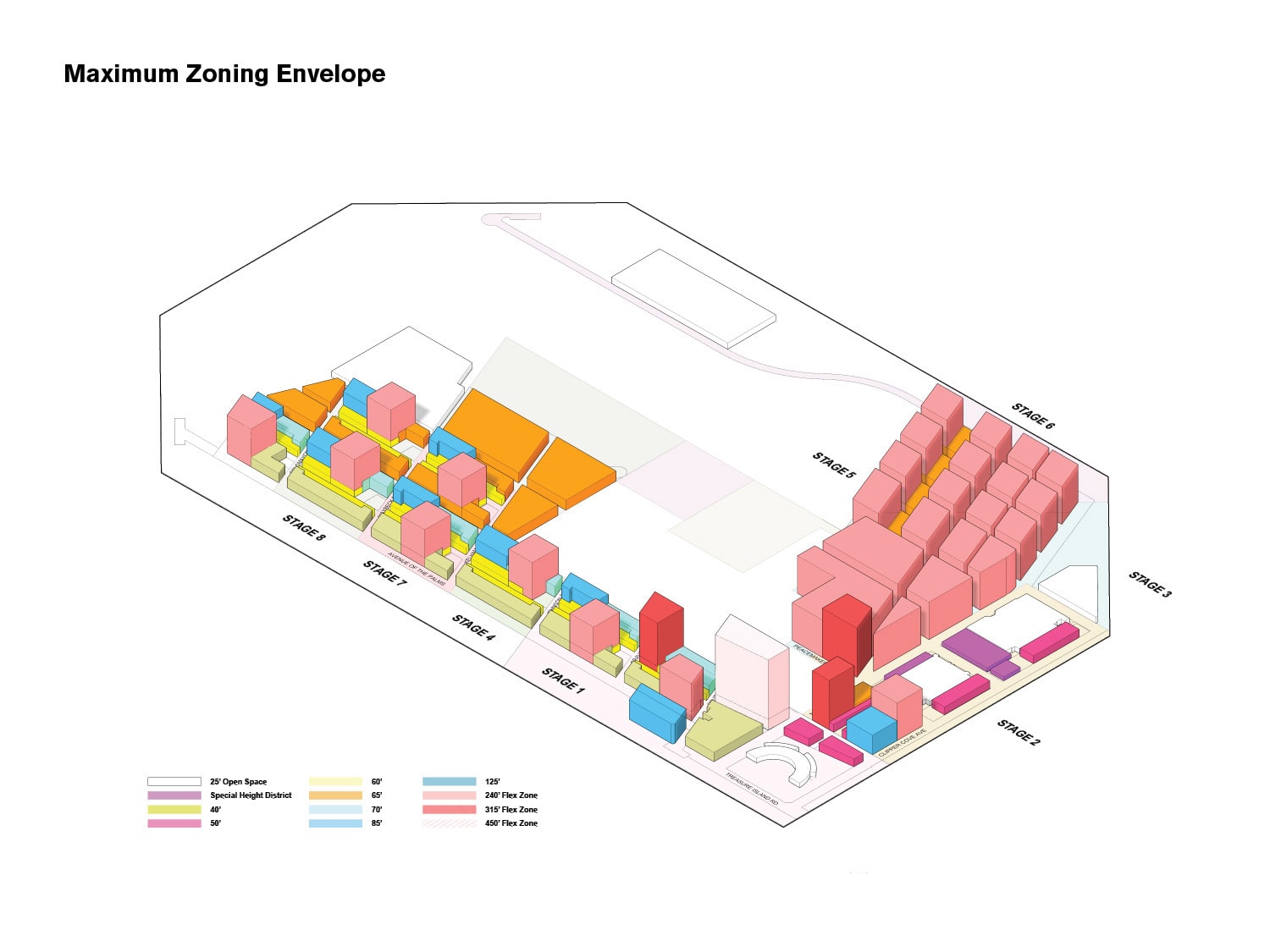
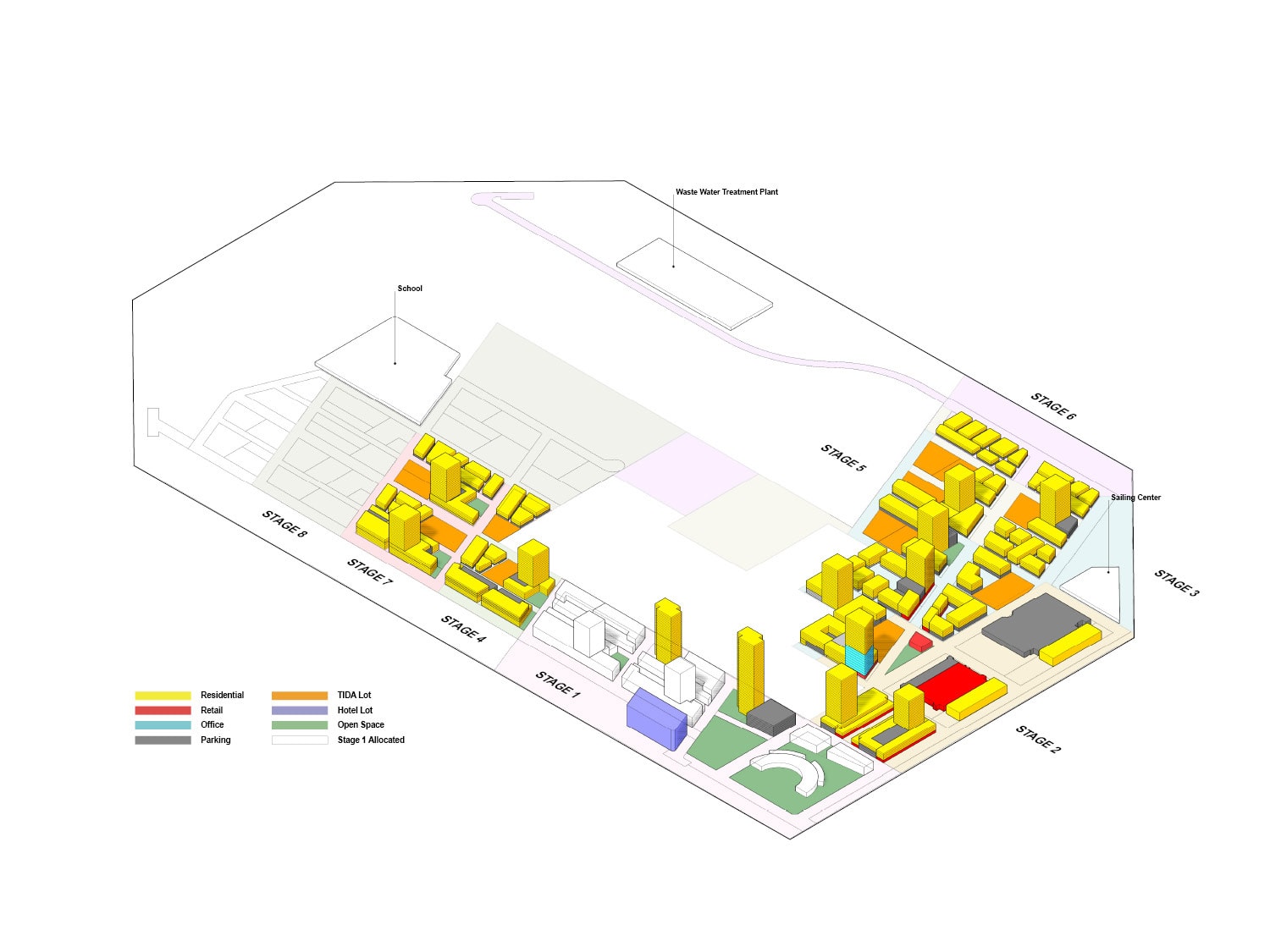
Leveraging our multi-scalar aptitude as designers and our grasp of the financial and political dimensions of development, we have worked within the framework of the twenty-year-old master plan to recommend options that would align development with stable long-term values. Requiring the capacity to look at the large picture as well as individual elements simultaneously, the project is an avenue to engage with government, communities, and larger organizations to examine the nature of how new districts should be developed and later perform. At least a quarter of the units for the plan are designated for affordable housing, and projects such as these allow us to question the appropriate distribution of housing types that are financially viable, and socially and environmentally sustainable.
-
West of Fairview Affordable Housing
CO- is the development manager and designer of a new 100% affordable community of 100 family and farmworker apartments in Hollister, CA. The 4.6-acre community is envisioned as a series of 3-story breezeway-type buildings organized around a central community hub for outdoor recreation and activity areas. The site is anchored by a single-story community building that houses indoor recreation spaces such as community rooms, fitness centers, and after-school activity areas, in addition to leasing and management offices and various residence services facilities. Outdoor recreation amenities include tot-lots and play areas, a pickleball court, BBQ’s and communal gathering spaces, open activity areas, as well shaded seating pockets. The proposed site plan and overall design are inspired not only by Hollister’s rich agricultural heritage but also by the site’s vibrant setting surrounded by newer community amenities constructed as part of the overall master-planned community.
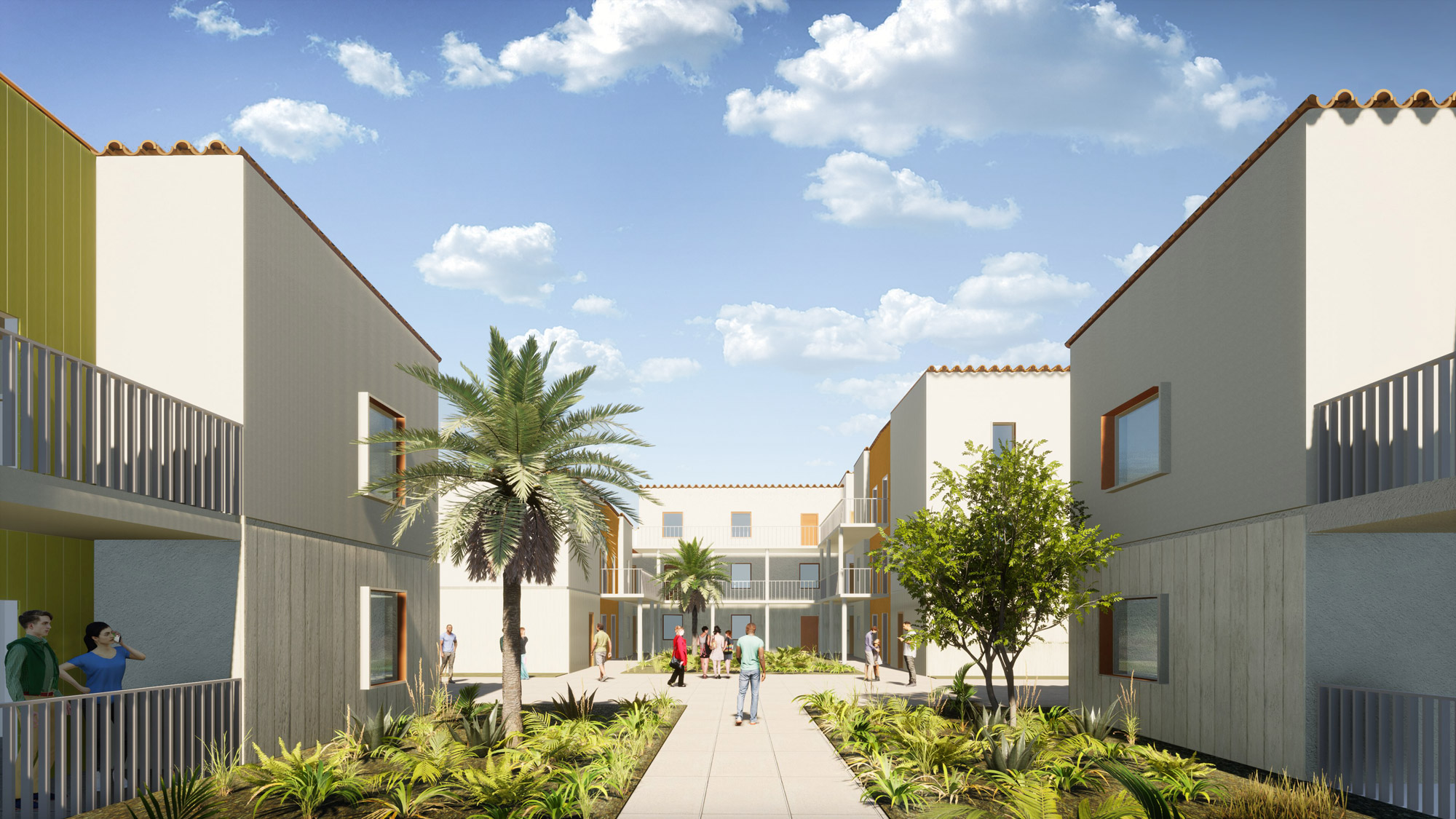
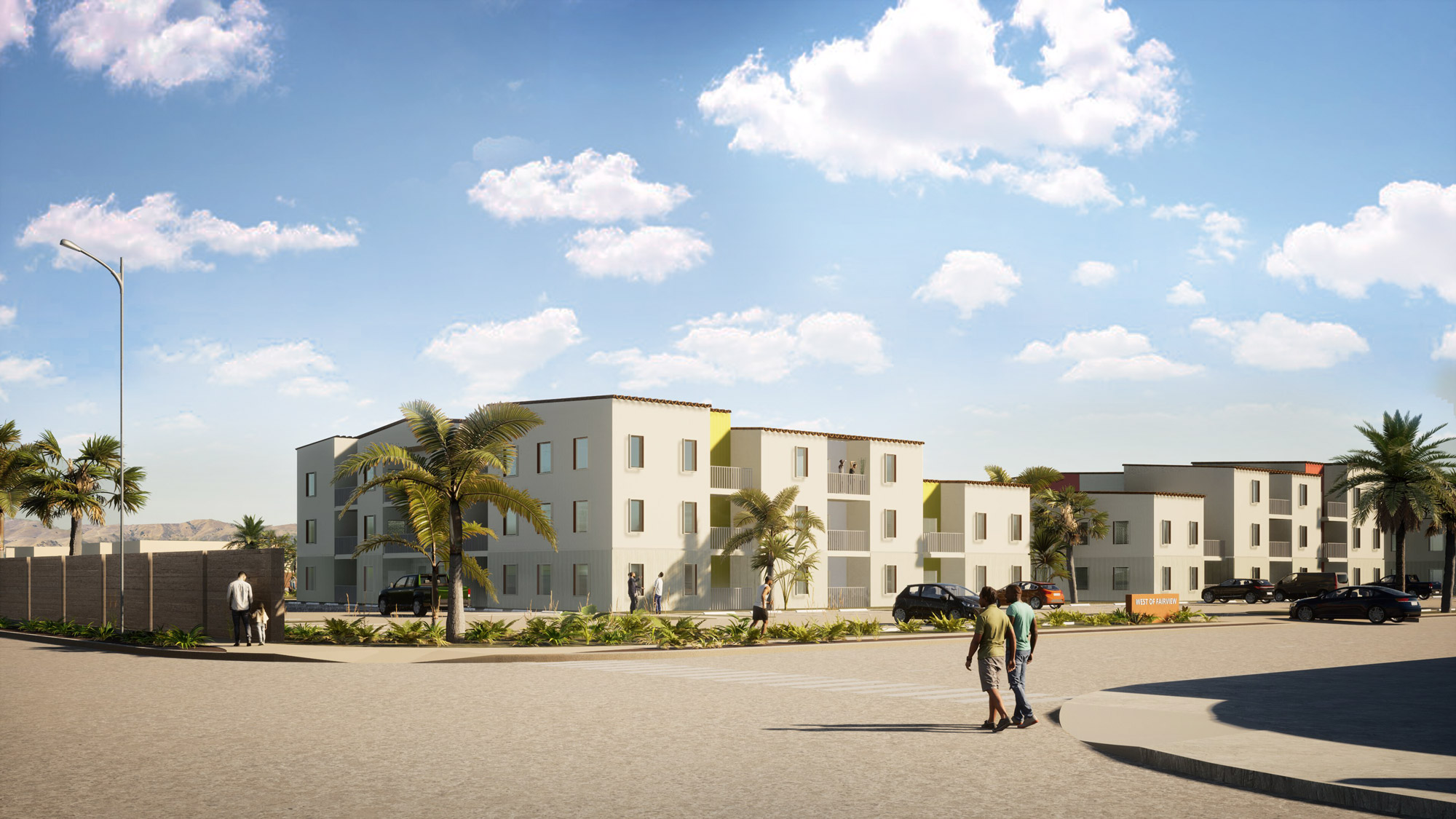
CO- is providing development project management and design services in support of the new community. The 100 units of critically needed affordable housing will serve low- and extremely low-income families and agricultural workers earning between 30-60% area median income (AMI). The project has been submitted for entitlements and is anticipated to break ground in 2025.
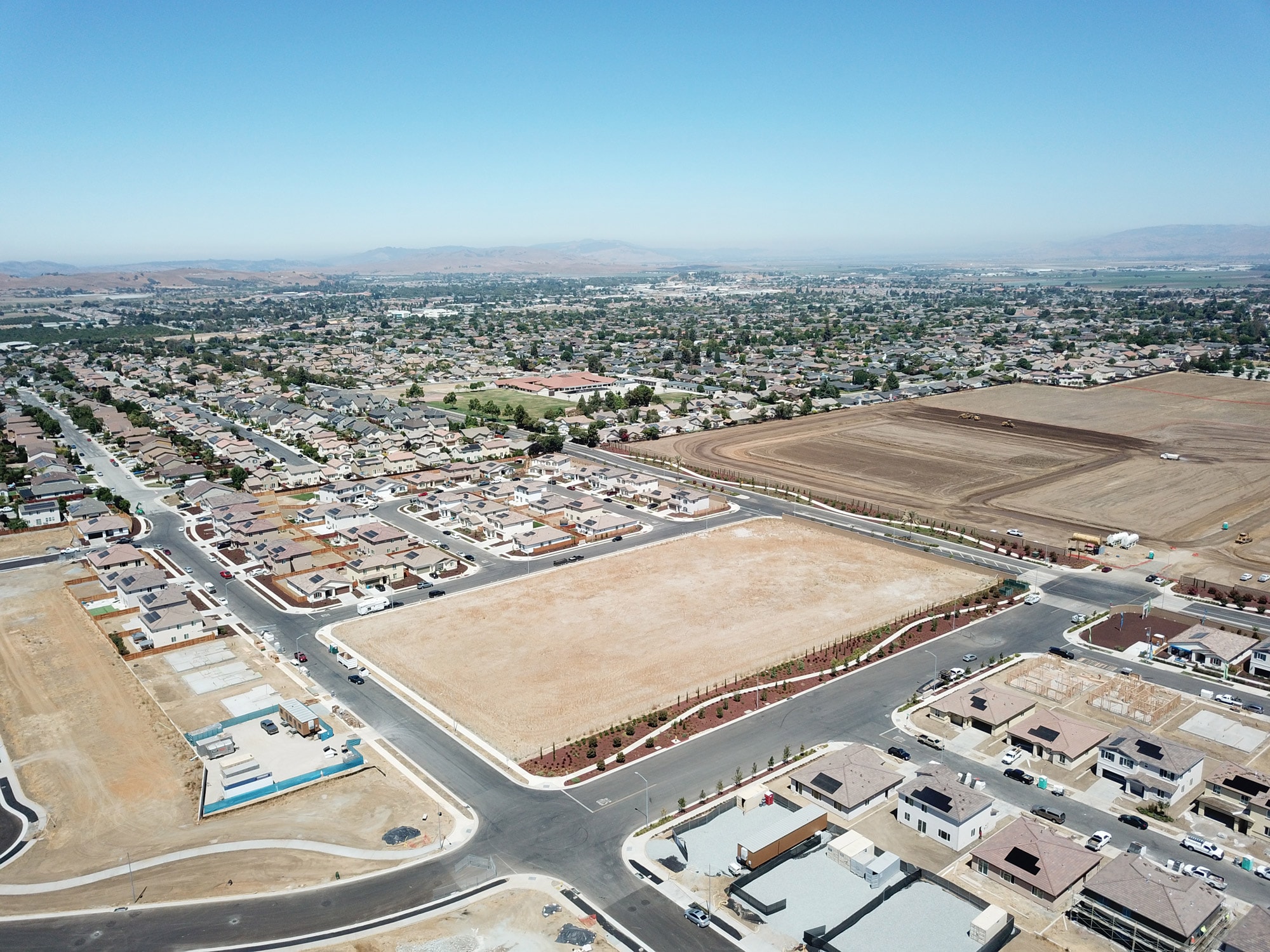
Existing Site 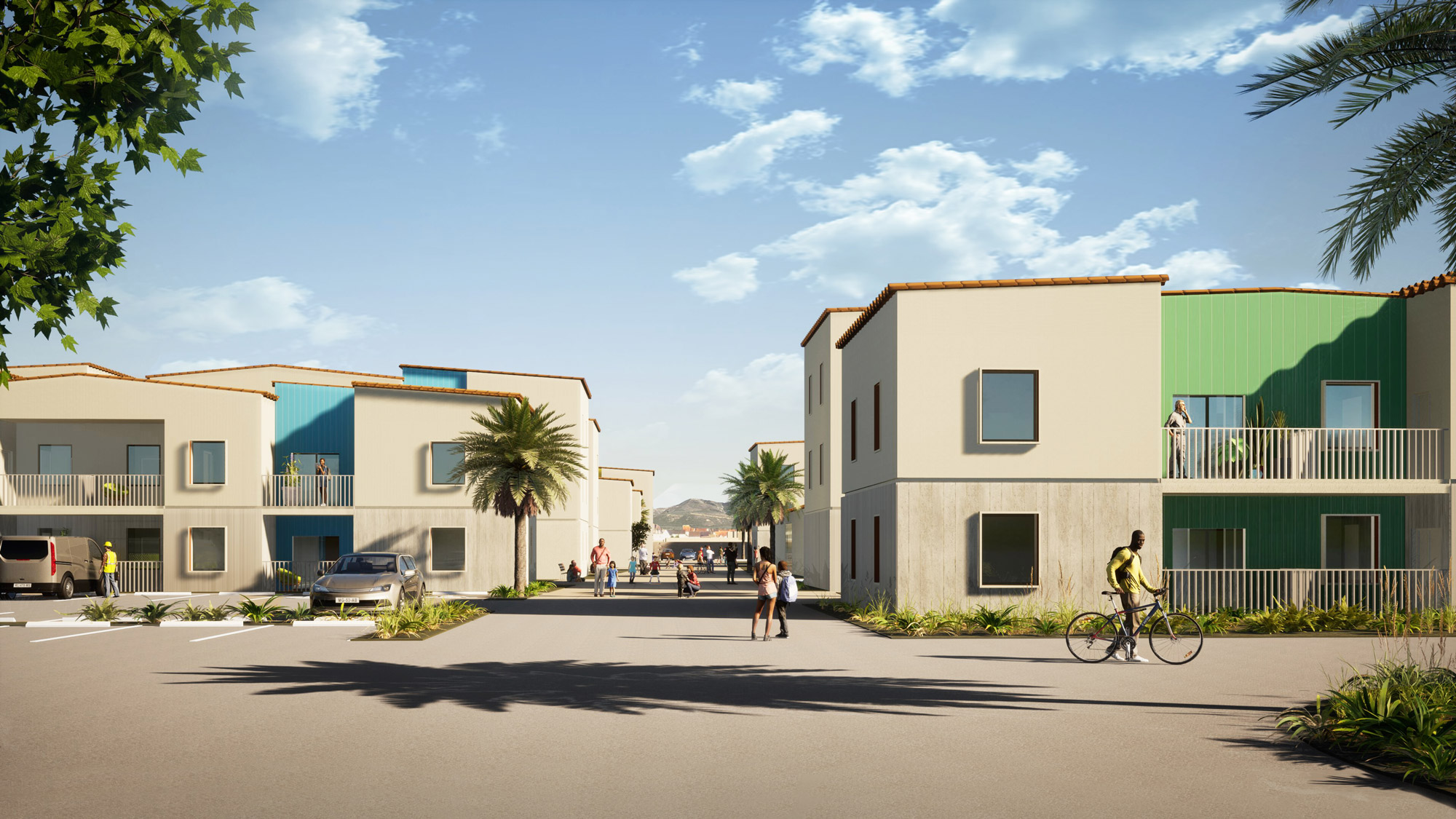
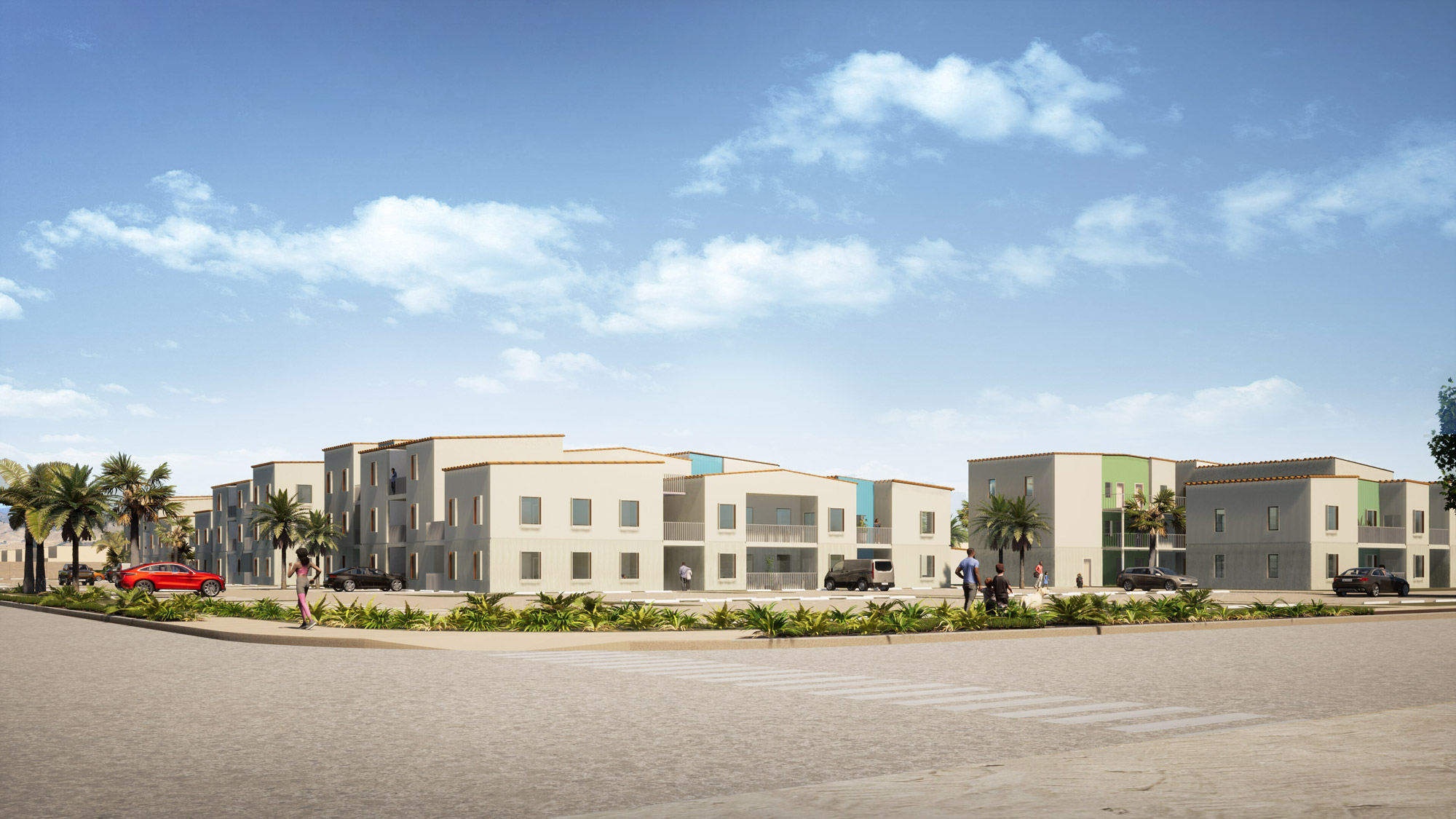
-
Marina Residence
The Marina Residence is a new fourth floor addition and a complete interior renovation of an existing multi-unit building. The project expands the third floor unit into a two-story penthouse unit, centered around an interior stair that serves as the domestic heart of the building and the center of family activity.
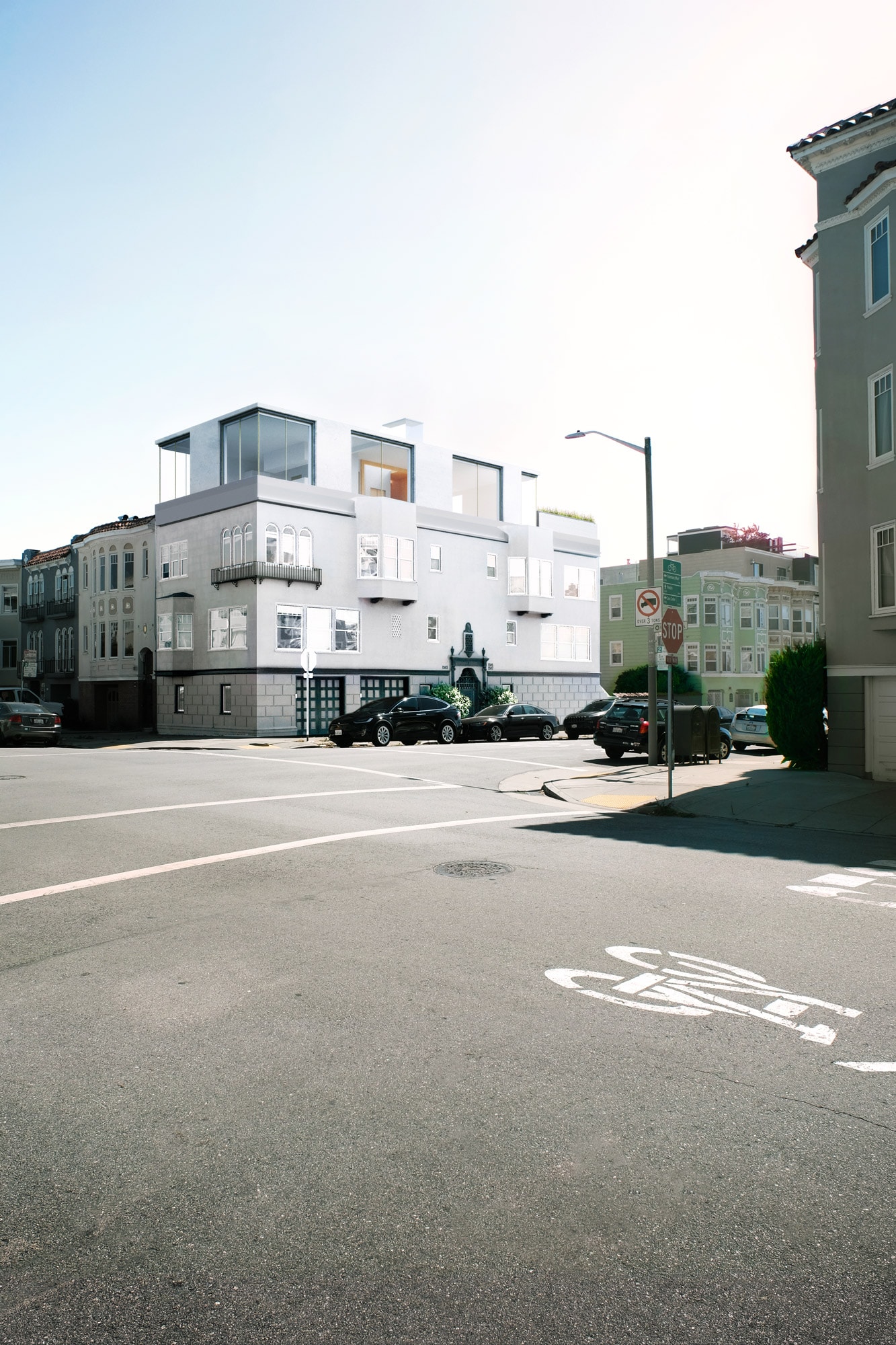
The fourth floor addition fits into the context of the residential neighborhood while standing apart from the Victorian styling and bay windows that characterize mid-century San Francisco architecture. Defined by a thin shell that lands lightly on the existing building, a series of portals take advantage of the project site to open up towards a series of signature views of the city by the bay.
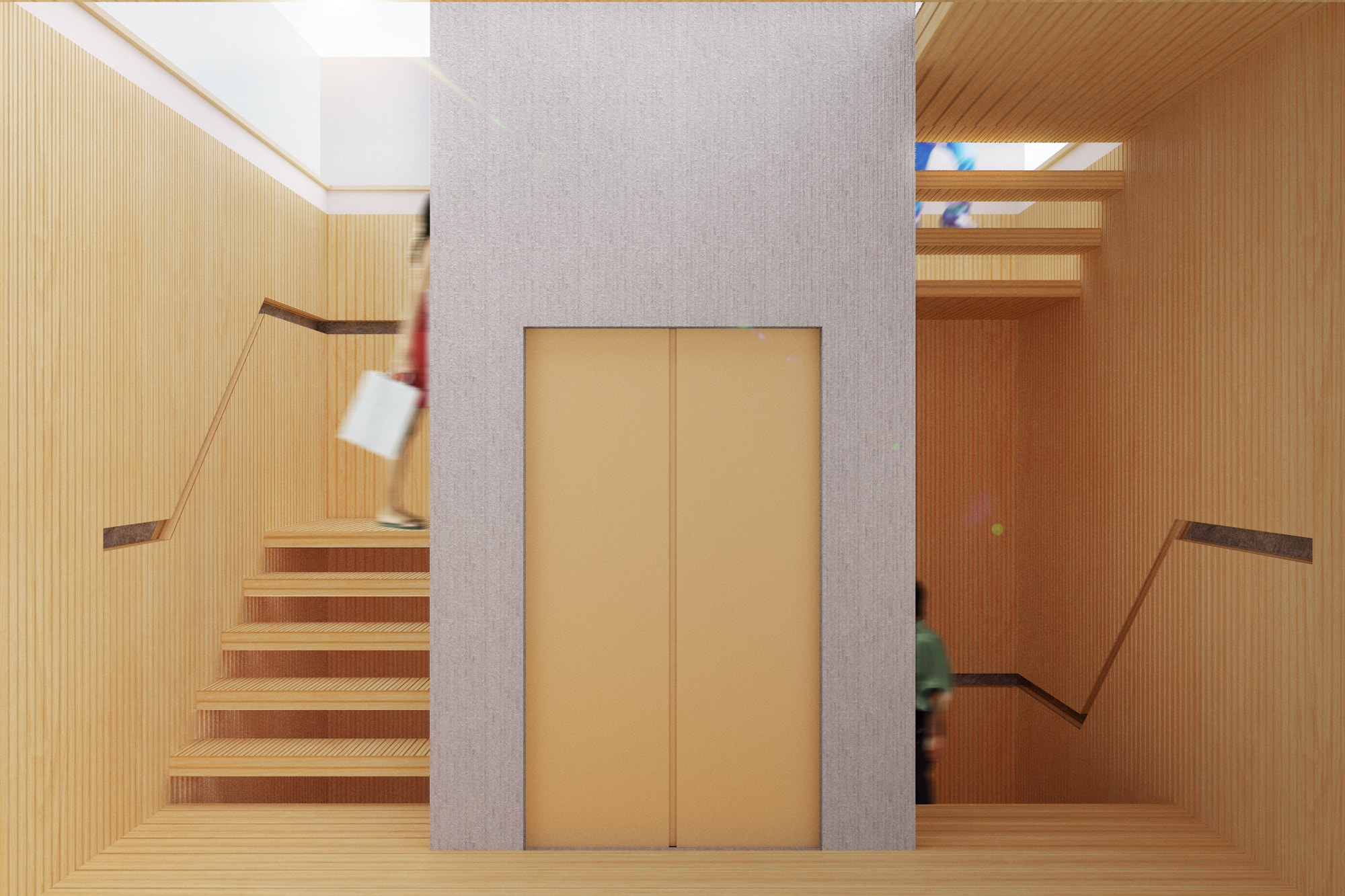
-
Wahi Ata Noho
Wahi Ata Noho is CO-‘s competition entry for the design of a meditation hut in Hauraki Plains. The proposal is a quiet place conceptualized as a vertical labyrinth. The intimate space is designed for individual meditation sessions, where the user may move up and down the cabin, pausing at each platform. By ascending and descending, the user may experience different levels of sunlight or shade. Additionally, their surroundings will change, influenced by changing scents and sounds as one’s proximity to the tree canopy or the ground shifts. This guided freedom becomes a manifestation of the common body scan meditation technique in real space.
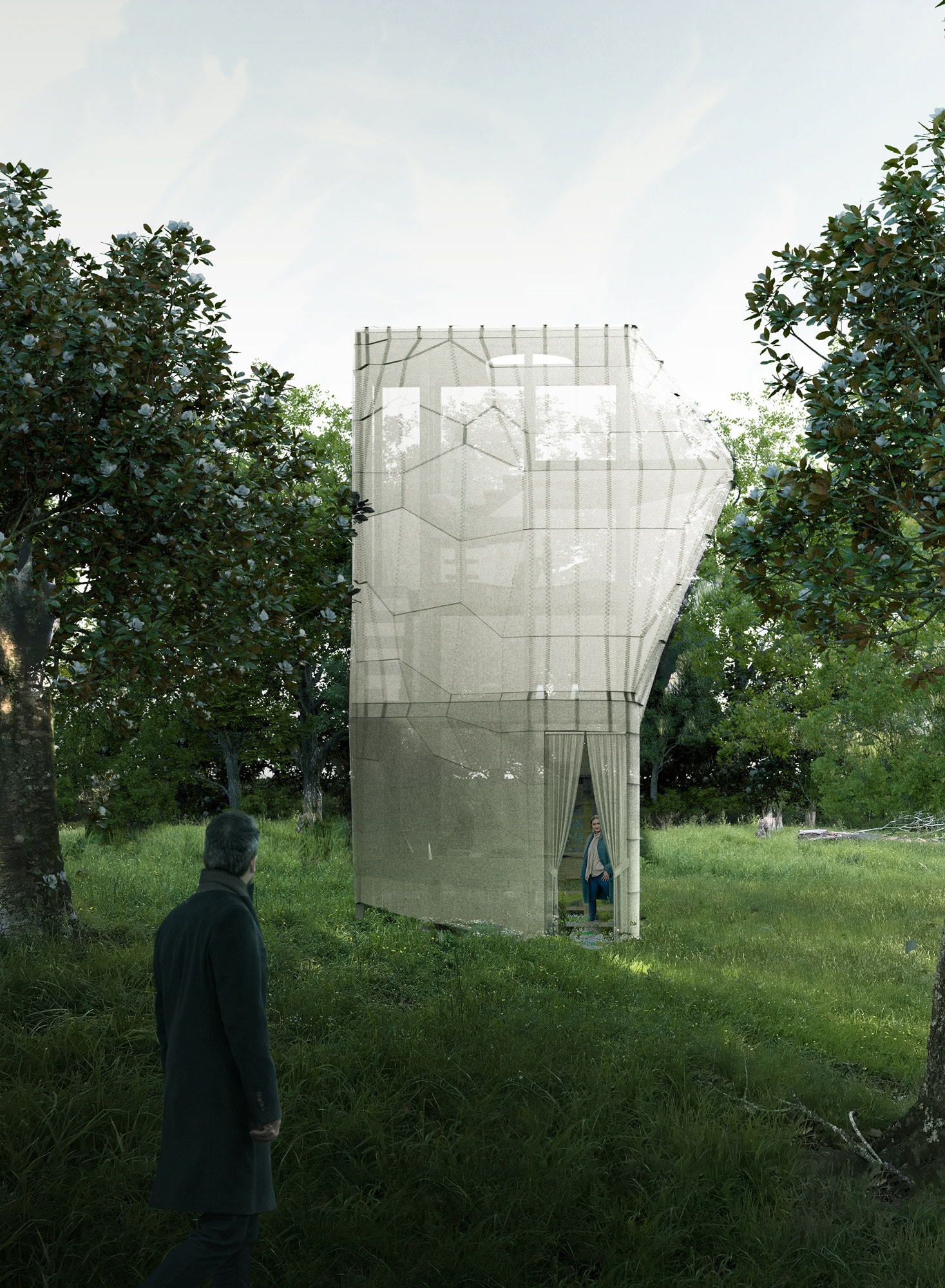
Central to the scheme is a continuous void through the structure that establishes a direct connection between Ranginui (Sky Father) and Papatūānuku (Earth Mother). In having the earth and the sky be visible from any moment in the structure, we are continuously encouraged to relax and reflect on tranquility when looking up. We feel grounded and protected when looking down. This volume allows for the elements – light, air, rain – to enter the space. During group meditations, individuals seated on any of the platforms throughout the structure can still hear and interact with the rest of the group.
The entire structure is shrouded in a woven cloak that accentuates the project’s undulating form with a rhythmic pattern. The cloak is composed of 850 four-sided pieces of tightly woven fabric, crafted and sourced through an outreach program with the local community. Any participant, young or old, who is interested in being involved with the project can tailor their piece of the wrap as they wish. When all the pieces are gathered and stitched together, the structure will forever be embraced by the whānau who made the space a reality.
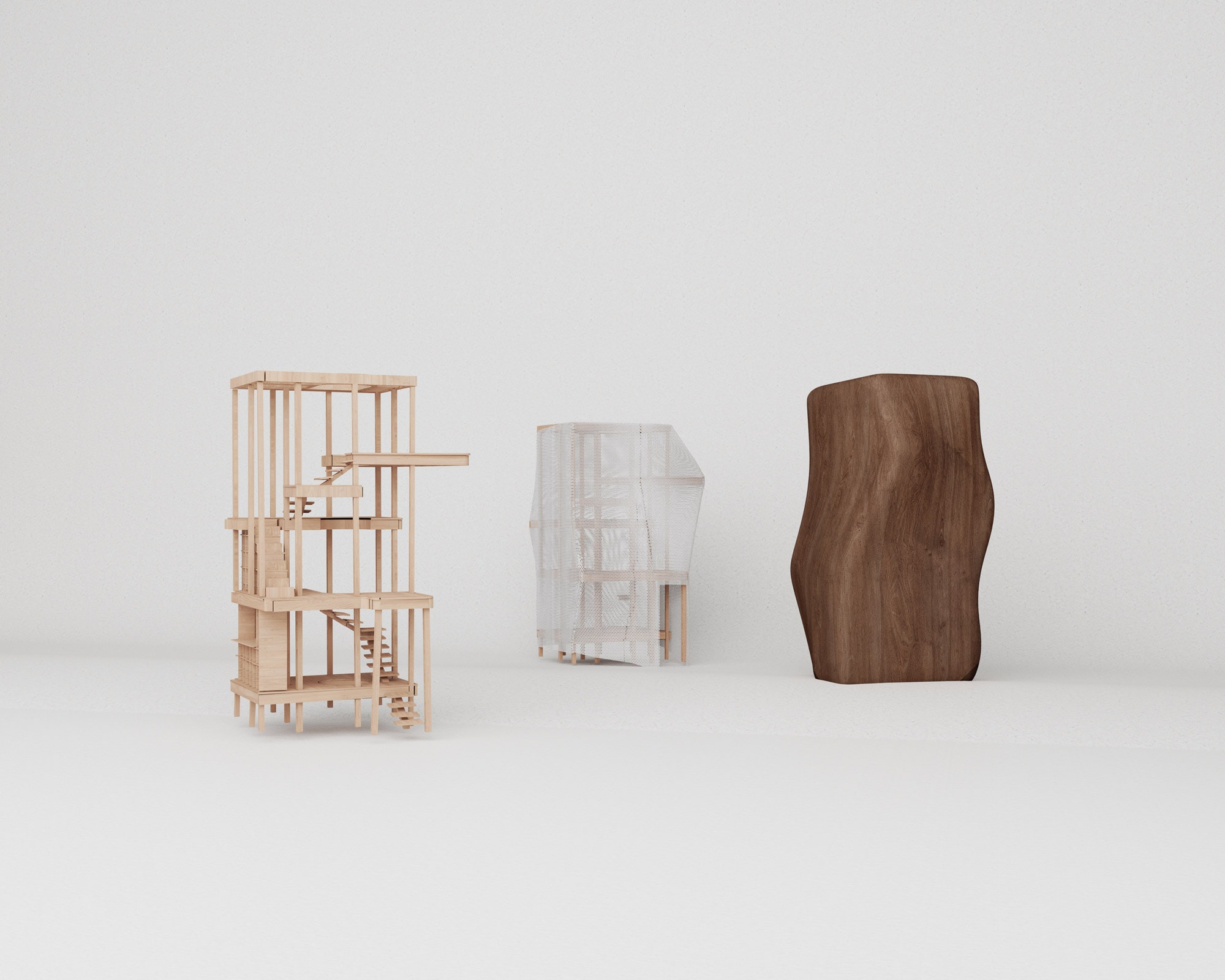

-
Cerro Luna Health and Wellness Center
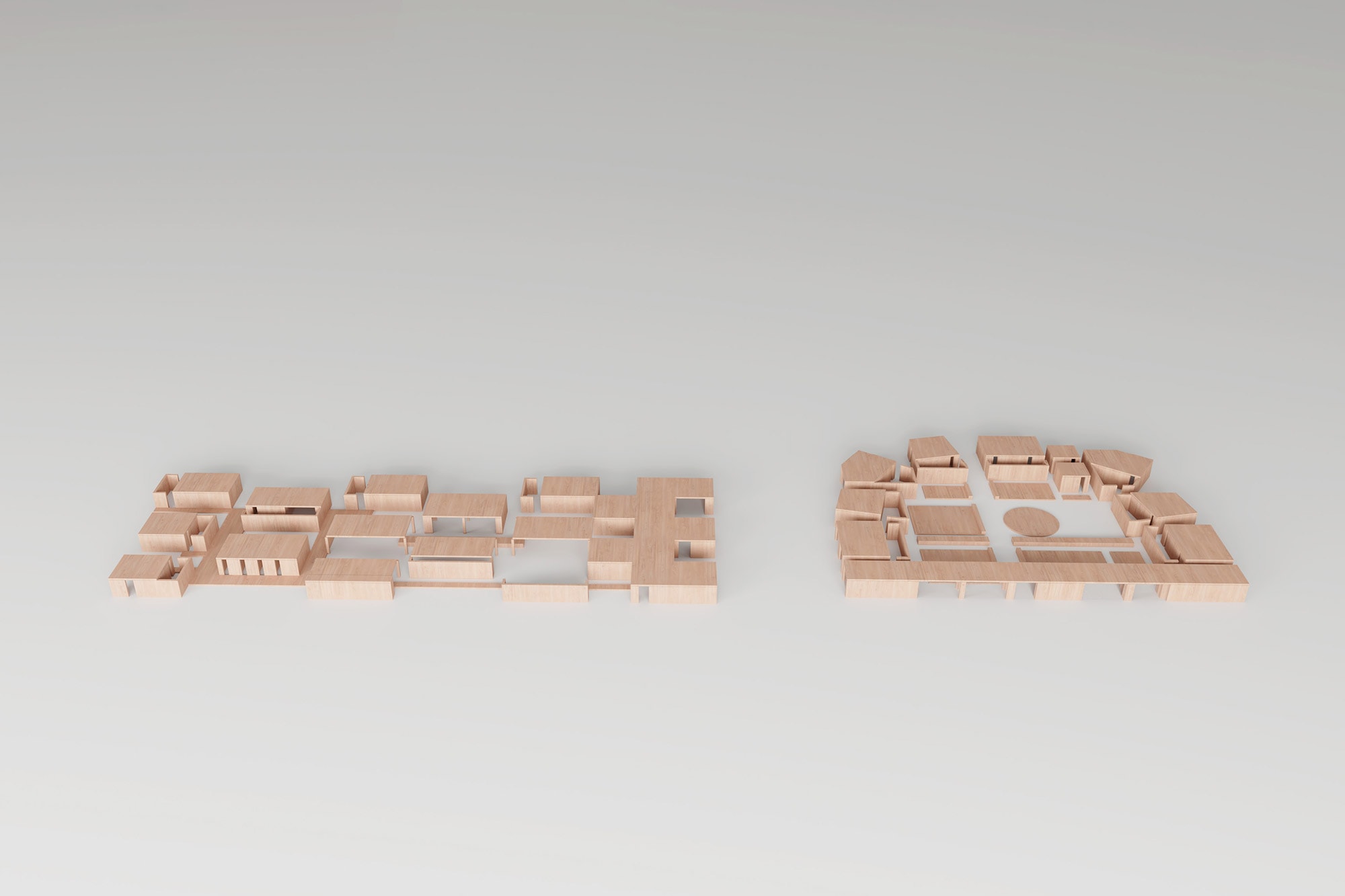
CO- was commissioned by Inkandescent Health and Wellness to design, finance, and build their flagship Health and Wellness Retreat Center in Albuquerque, New Mexico. The retreat center is envisioned as a hospitality and event center that offers a variety of amenities centered around health, recovery, and relaxation. Two schemes were developed with contrasting scales and grains of common space.
Located on a 50-acre site in the heart of the Chihuahuan desert, the retreat center will provide six independent guest rooms, a yoga studio, meditation rooms, a health and wellness spa, a community kitchen and dining area, and a reception and lounge area. Built out of rammed earth, each guest room is designed as a standalone cabin with views of the Organ and Bennett Mountains. The architecture is designed to host the classes, training, and events the full-service retreat provides.
CO- is also assisting Inkandescent in developing the financing plan and securing private funding for the retreat center.
-
Small Homes for the Sunset

To address the city’s dire housing shortage, CO- was commissioned to produce a preliminary study of potential Accessory Dwelling Unit (ADU) models for San Francisco’s Sunset neighborhood. Many mid-block parcels throughout the city include underutilized rear yards that can be redeveloped into small homes to help address the demand for more housing in the City.
CO- created three distinct proposals for a standalone 550sf ADU for the client’s consideration. Each ADU includes a kitchen, bathroom, bedroom, and a small living space. Drawing inspiration from the surrounding context of the Sunset, the ADUs are developed to respond to the massing and materials of the neighboring single-family homes.
CO-, in collaboration with the San Francisco ADU Center, will produce a collection of designed and permitted ADU models that can be adapted to new sites across the City.
-
Sunset Community Space
Located in the heart of San Francisco’s Sunset residential district, the design for a 1500-square-foot tenant improvement in a long-vacant ground-floor commercial space seeks to provide a space for community learning and engagement. The design creates a clear distinction between public and private spaces, with all the private programs such as storage, kitchen, bathroom, and mechanical rooms pushed to the rear of the building. The design then proposes a ceiling-hung track system with curtains to create moveable partitions within the public space delineating the workshop and the art gallery.
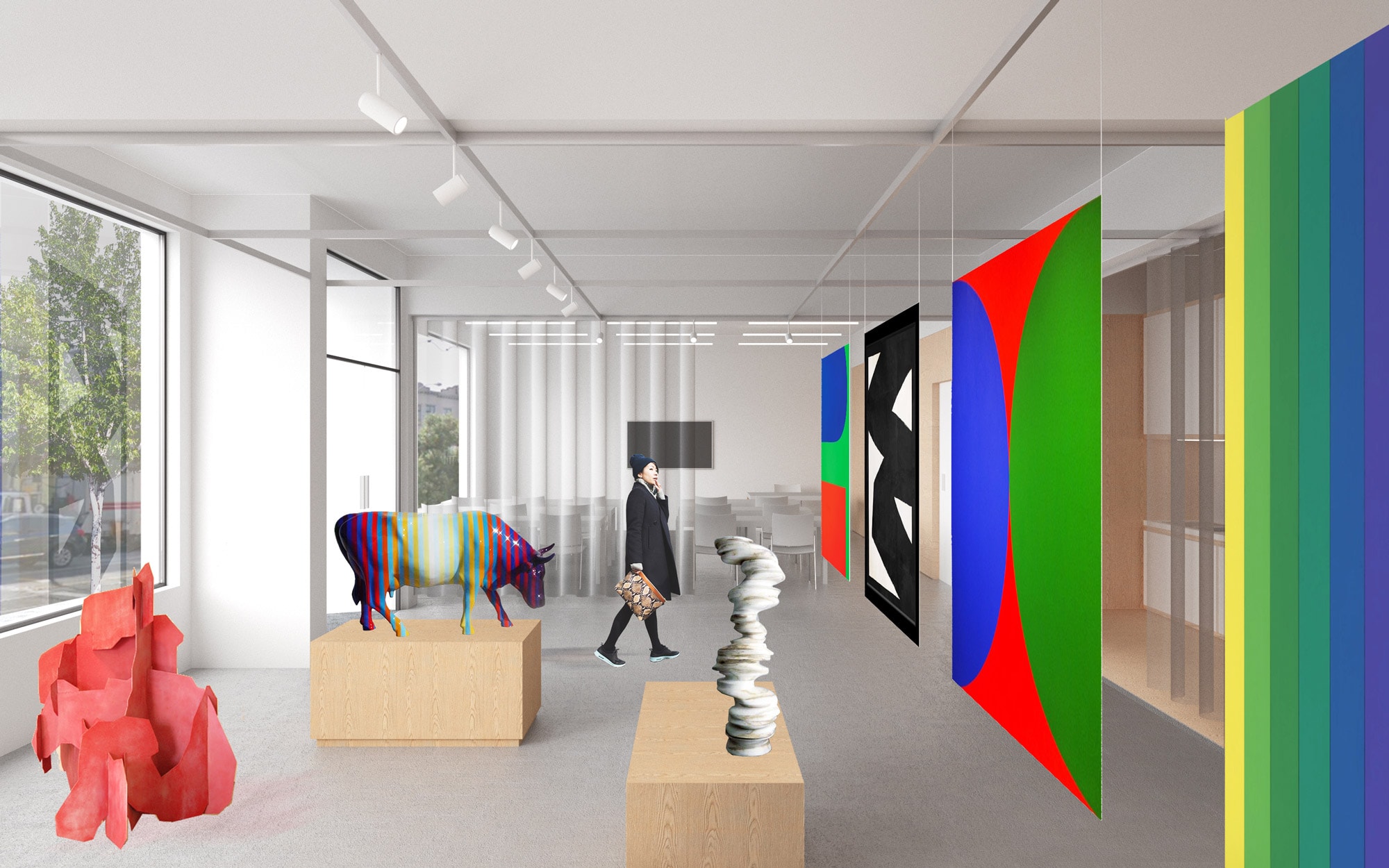

The new center will provide a place for people to learn about the Accessory Dwelling Unit (ADU) development process, including financing, permitting, and how to hire design and construction professionals. Located in a predominately Asian-American neighborhood the ADU Center will also double as a small community center and art gallery for local artists.
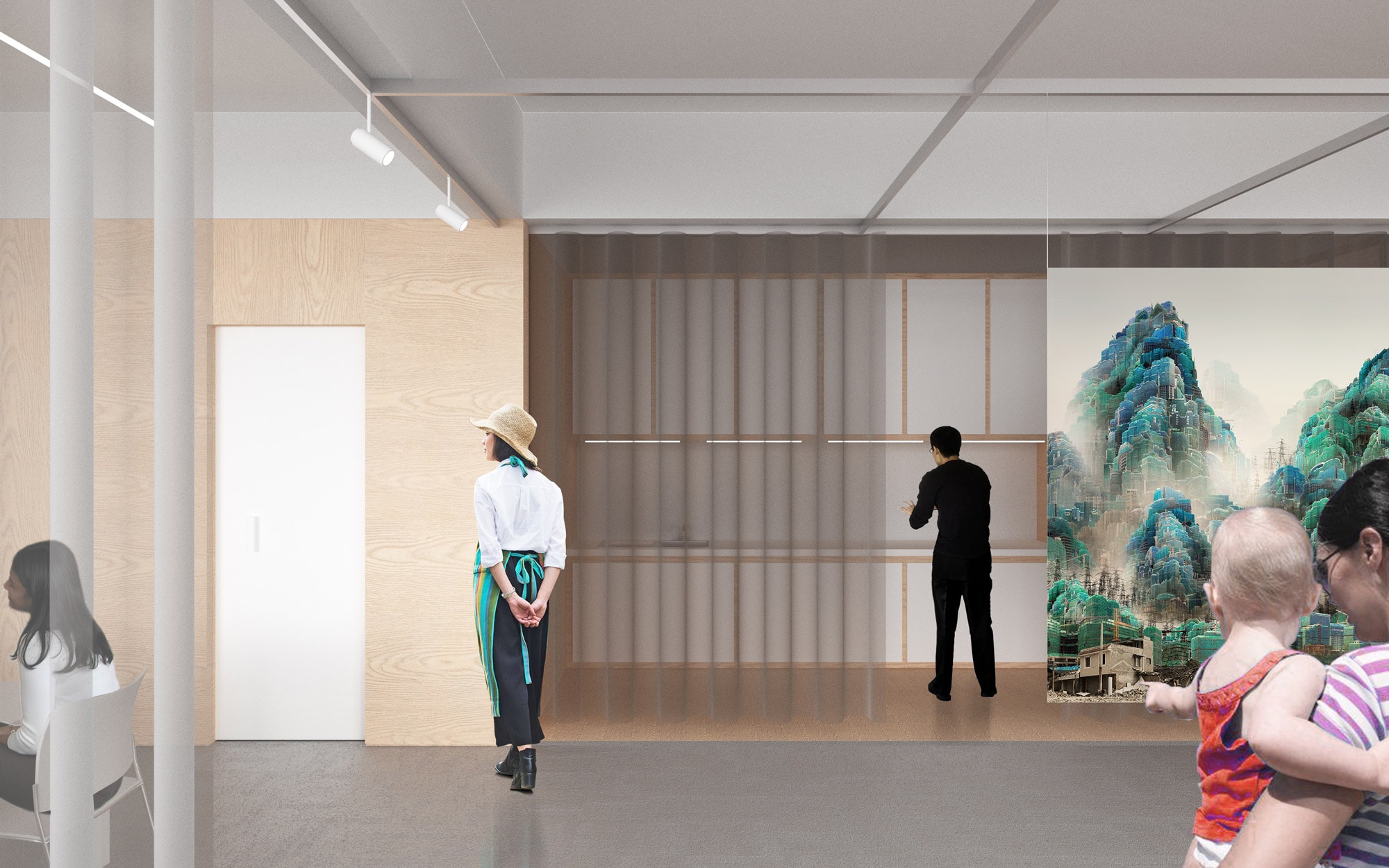
-
Sujung Hillside
Sujung Hillside proposes a model for community housing that adapts and innovates Busan’s hillside architecture. By combining 325 residential units with community and commercial amenities, parking, and recreational open space, the project establishes a coherent and connected urban moment while also creating space for personal interaction. Three community and commercial linear buildings align with the street grid and connect with the existing city fabric. These amenity buildings contain a variety of public and private green spaces, retail storefronts, children’s daycare, senior community center and access to subterranean parking. Four residential bars exist above, two of which are reoriented to face due south and connect directly to the public amenities below. The residential floors are tiered and set back so that every residential unit has unhindered south facing exposures and sweeping ocean views.
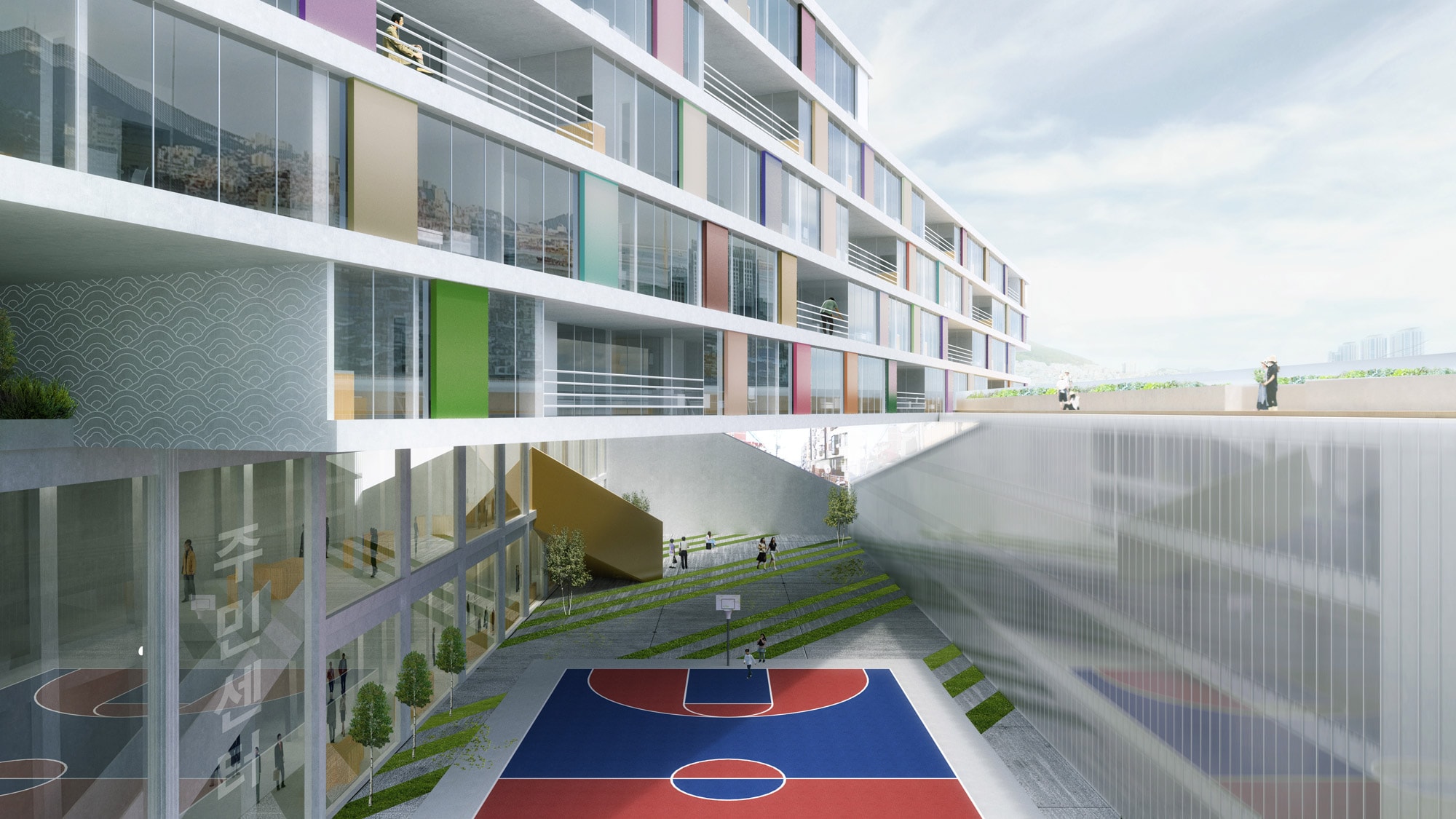
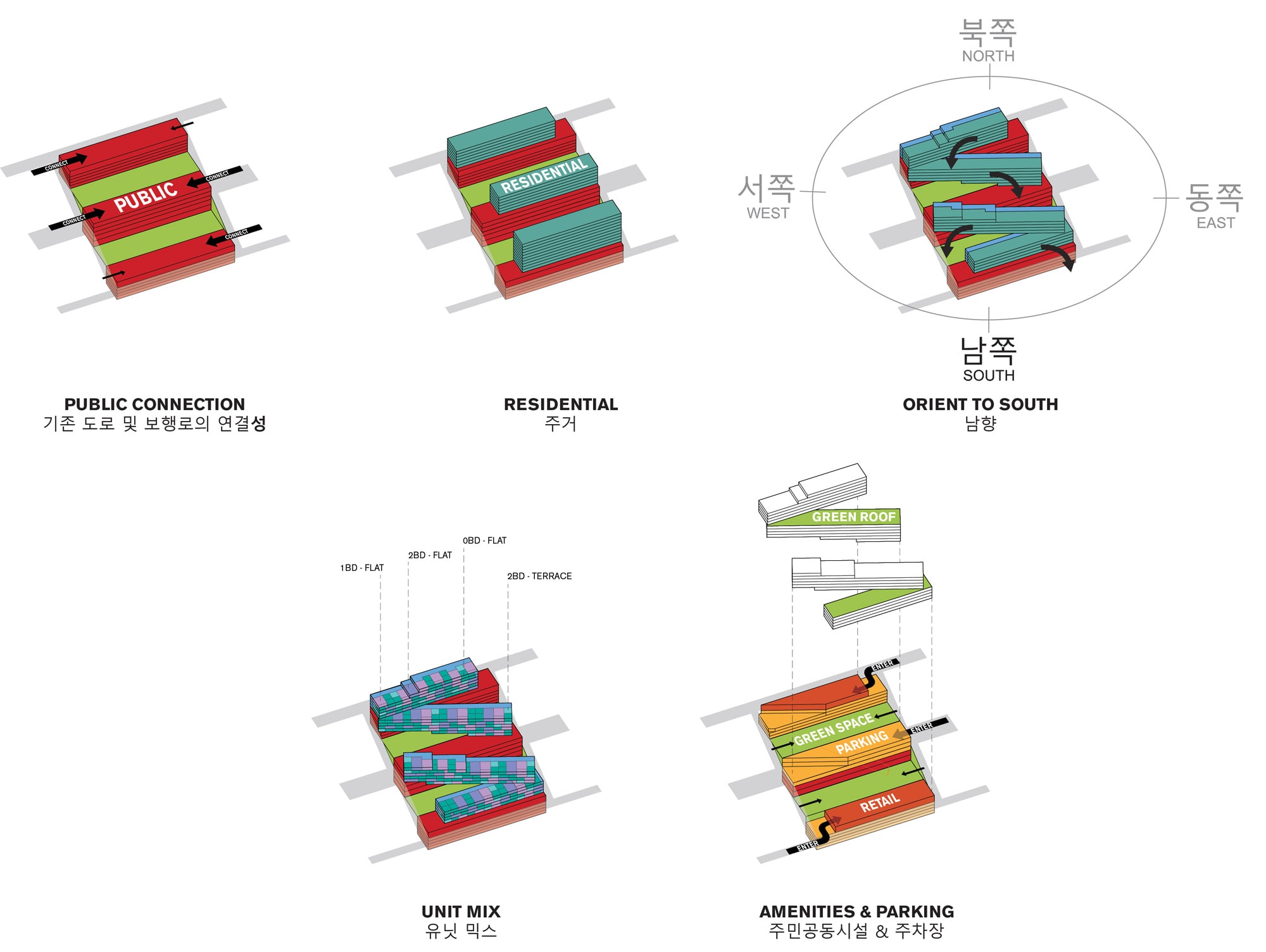
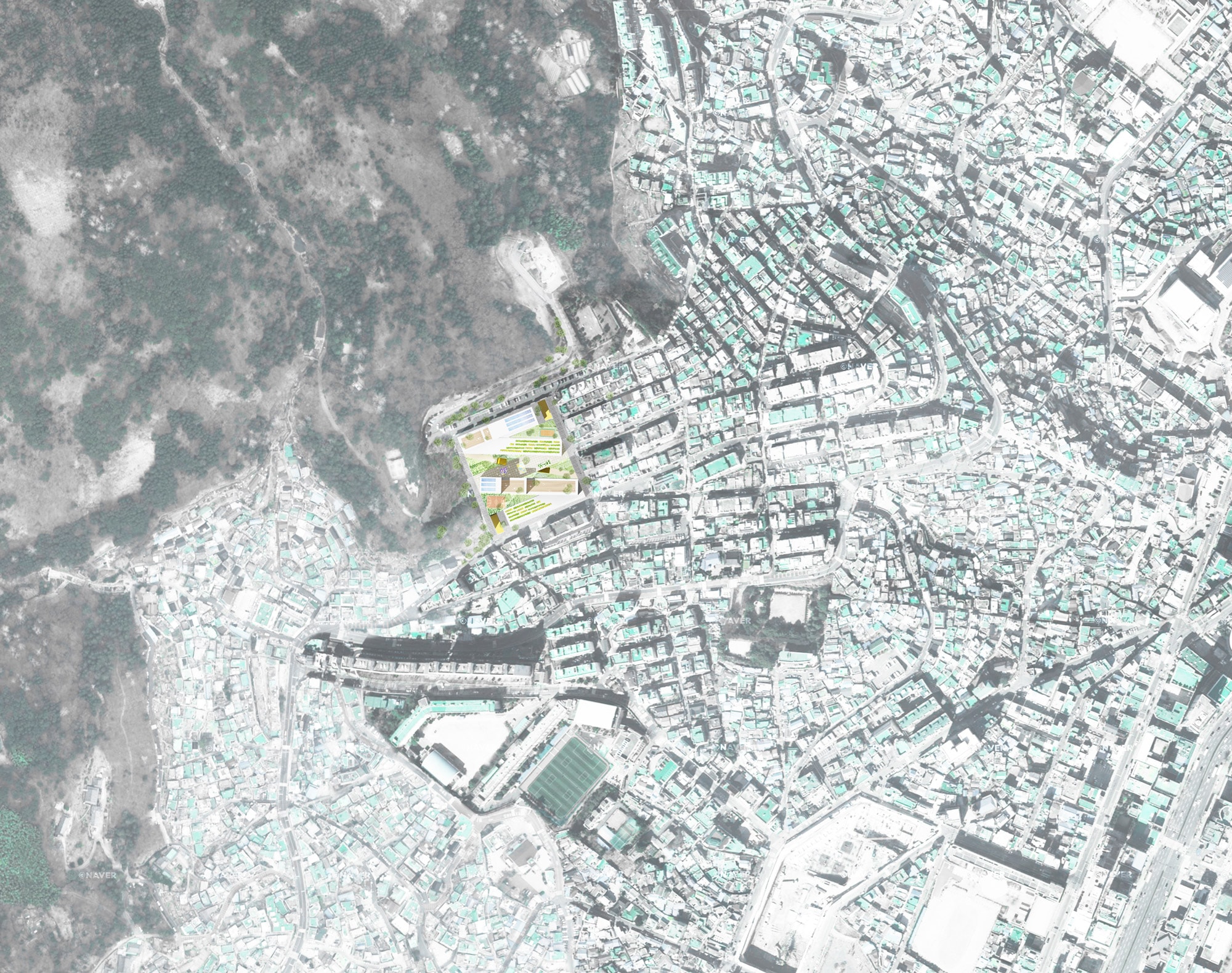
The site is nestled in between two very different contexts, beautiful green forests exist to the north and residential and commercial buildings to the south. The facade of each building is designed specifically to respond to each condition. The northern facade is designed with a highly reflective surface, a hiker at the top of Gubong-san looking towards the city would see a continuation of lush green forests reflected back. The southern facade is designed in respect to the surrounding urban fabric. The buildings are terraced and the facade is faceted to blend in with the terraced housing to the south. Vibrantly colored panels are proposed across the residential facade as a homage to the vividly colored residences that are dotted across Busan’s cityscape.
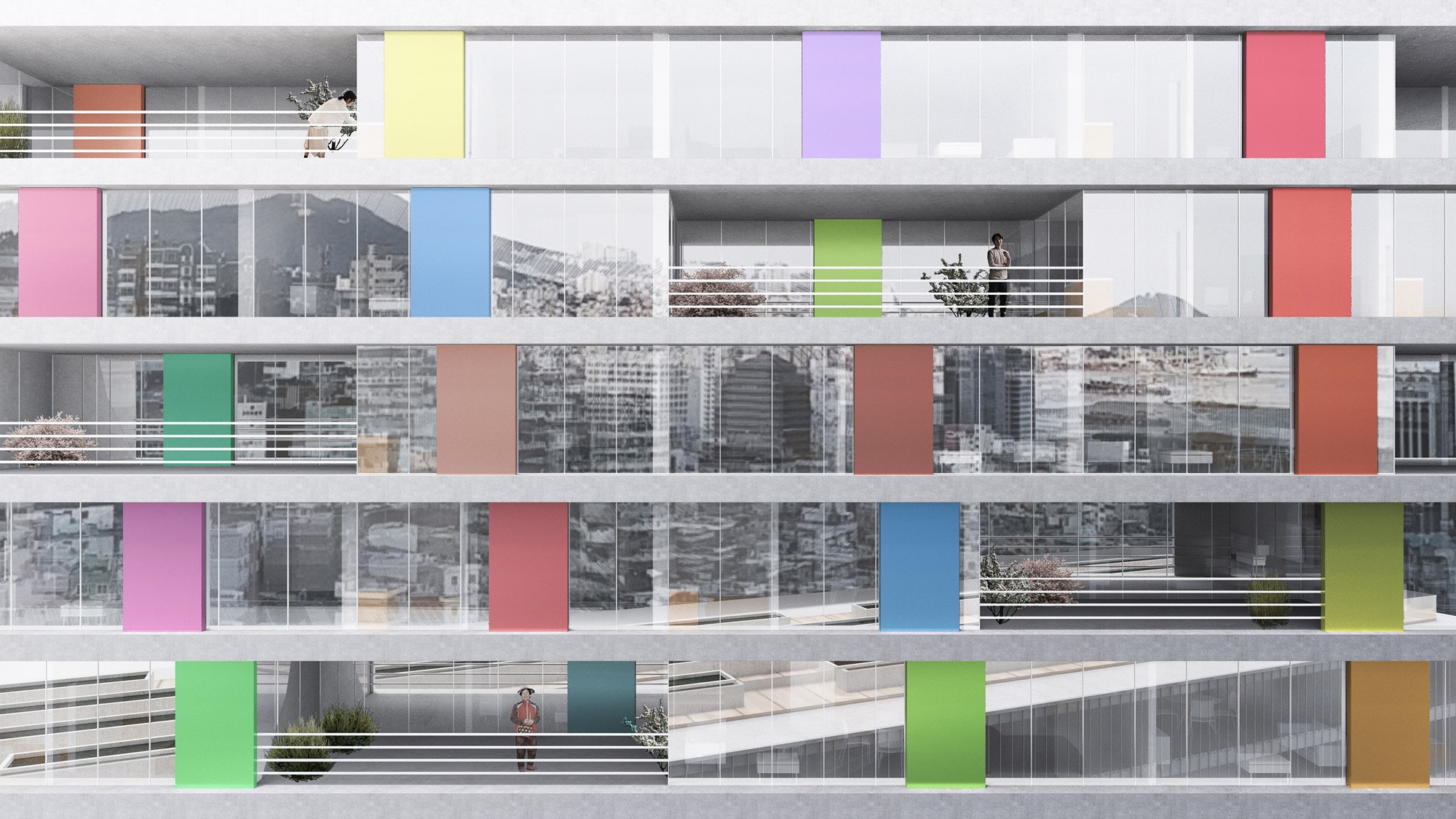
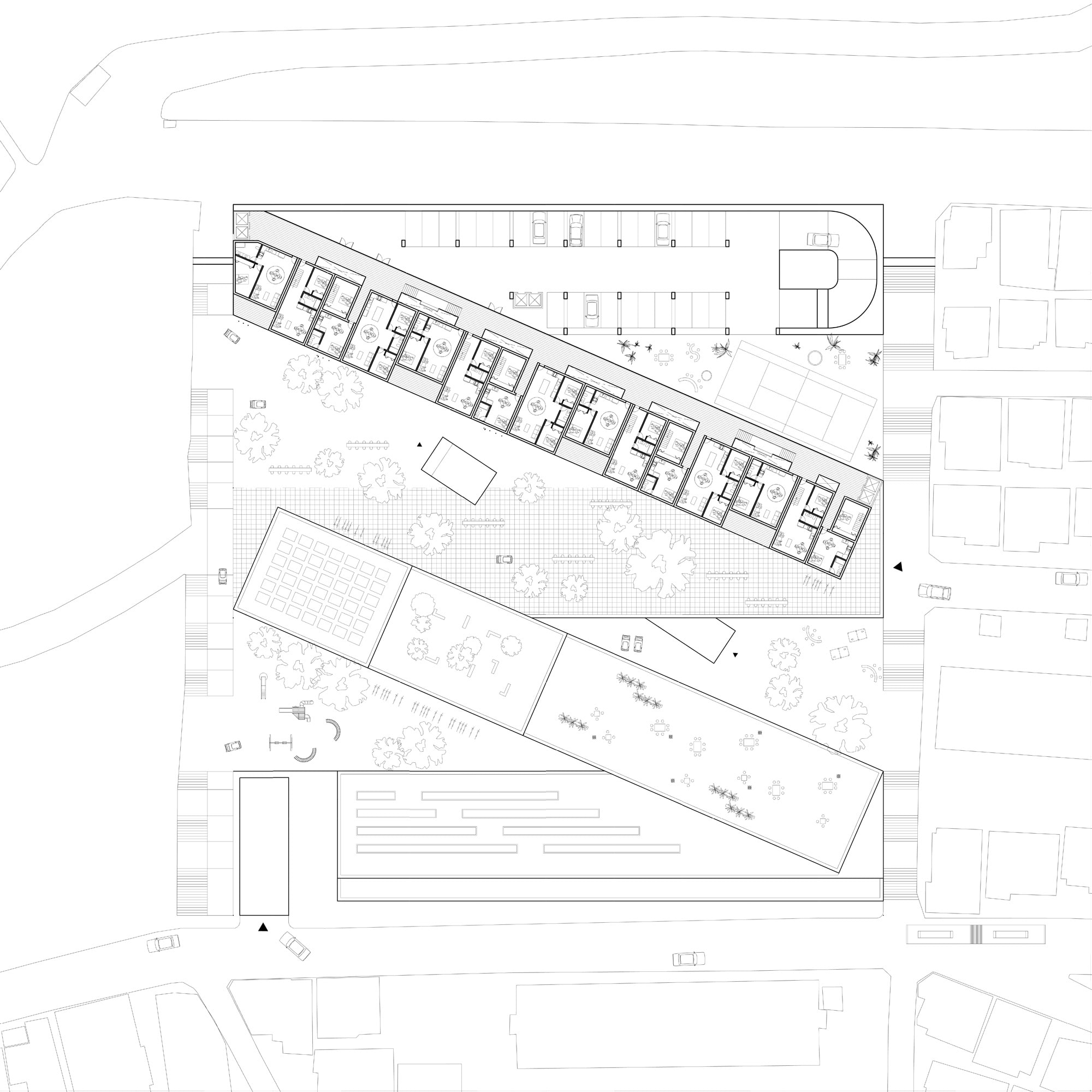
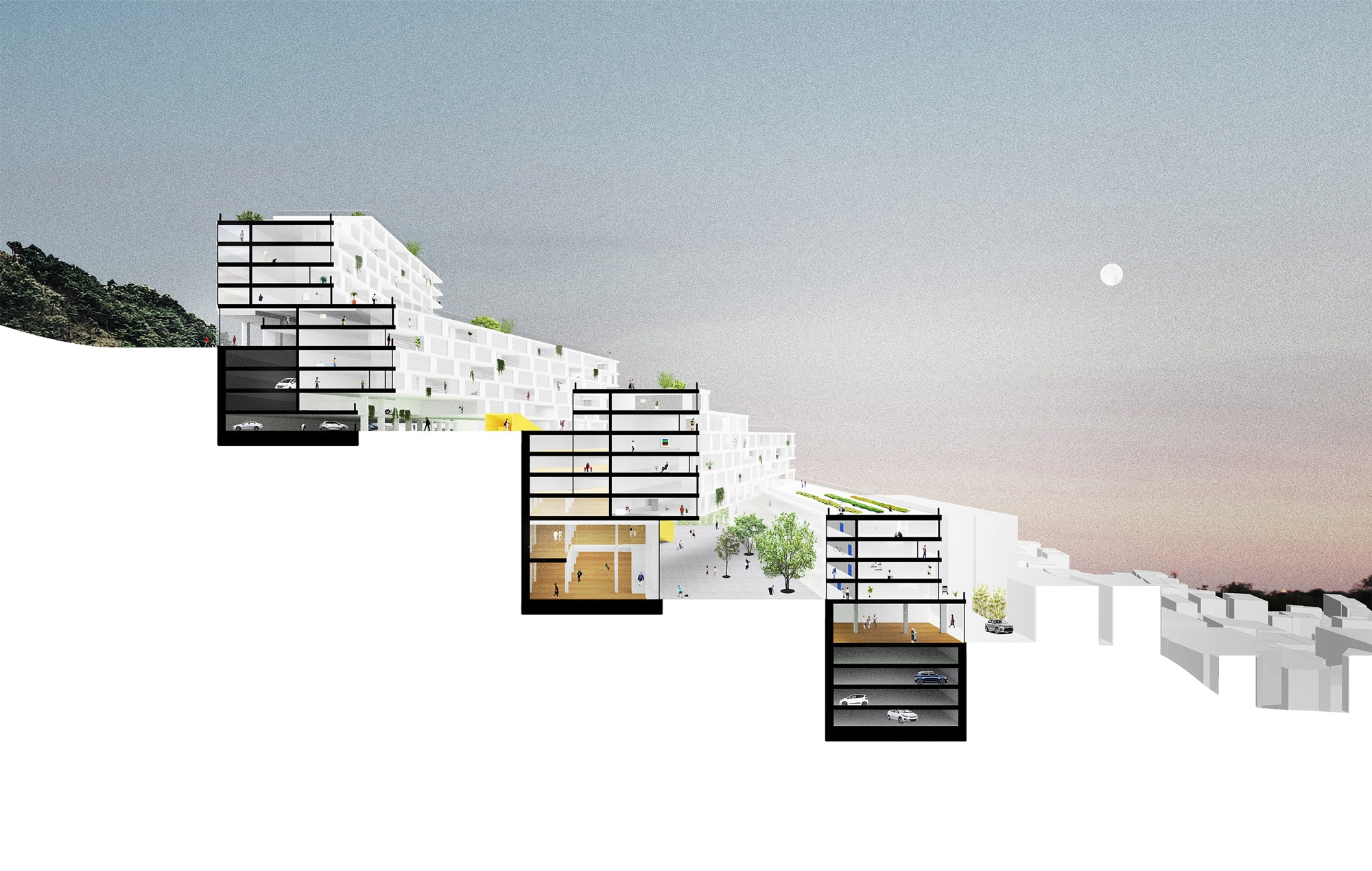
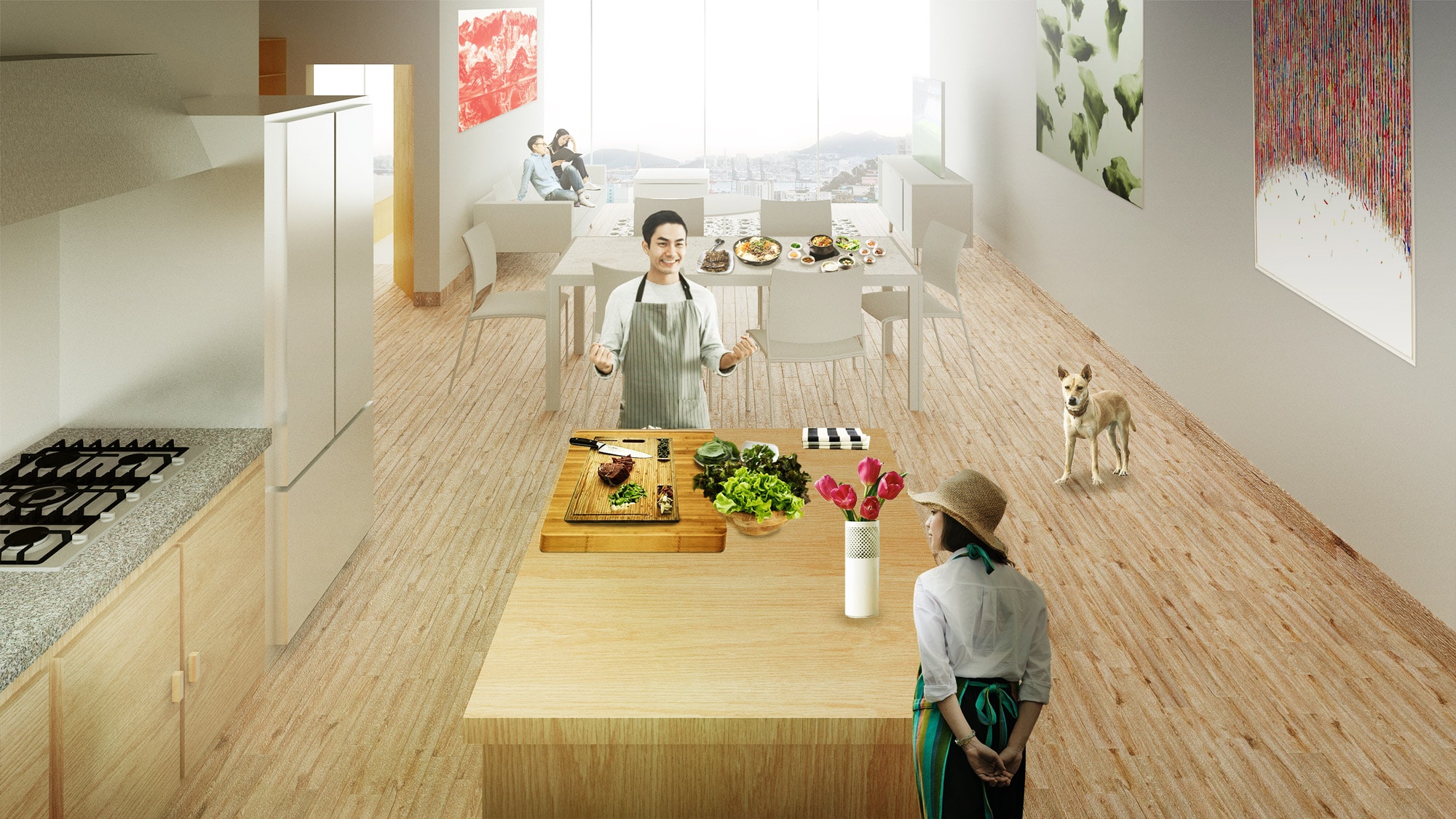
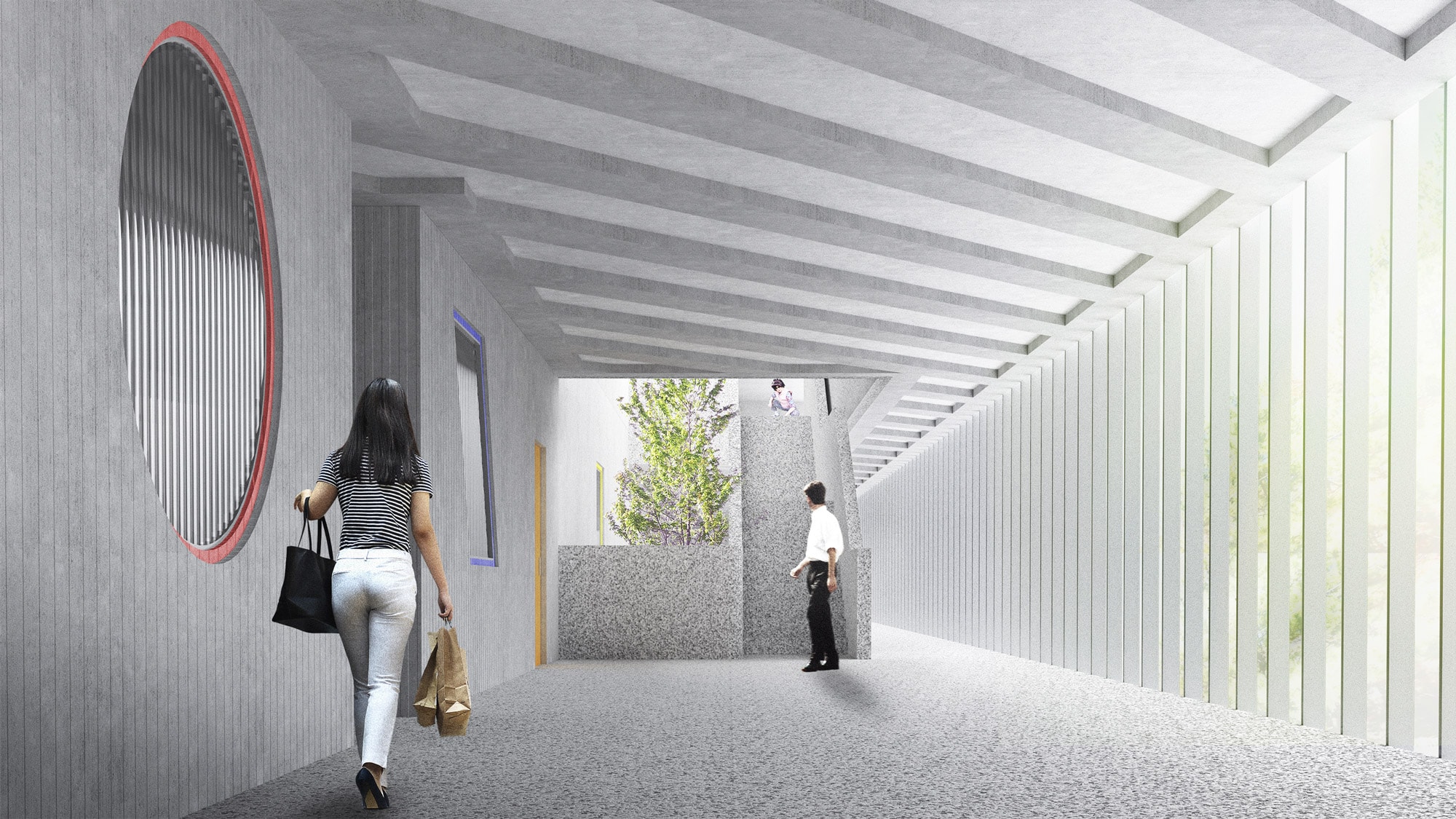
-
The Valley
The Valley is an icon that is shaped by the aspirational values of the 21st century. Situated in the center of the contemporary cradle of innovation, the twin peaks of The Valley are the urban landmarks that San Jose’s skyline lacks. The Valley is comprised of two landforms emerging from the eastern and western edges of Arena Green. Named after prominent women leaders from San Jose’s civic history, Vice Mayor Iola Williams and Mayor Janet Gray Hayes, Mount Iola, and Hayes Hill provide new space for gathering, active leisure, biodiversity, and sharing history and art. The two peaks represent the dynamic spirit of the people of San Jose and provide them with a platform to view their city in a way that they have never been able to before.

-
Embarcadero Residence
CO- has commenced a renovation of a 2000sf apartment in downtown San Francisco. The 5-bedroom unit will be renovated with a new kitchen, bathrooms, finishes and appliances. The renovation includes custom millwork in the kitchen and bathrooms, and stone, ceramic tile and hardwood finishes throughout the unit.
Development
Project
Category
Location
Year
